

Building a Better Owensboro
A New Path Forward for OwensboroDaviess County

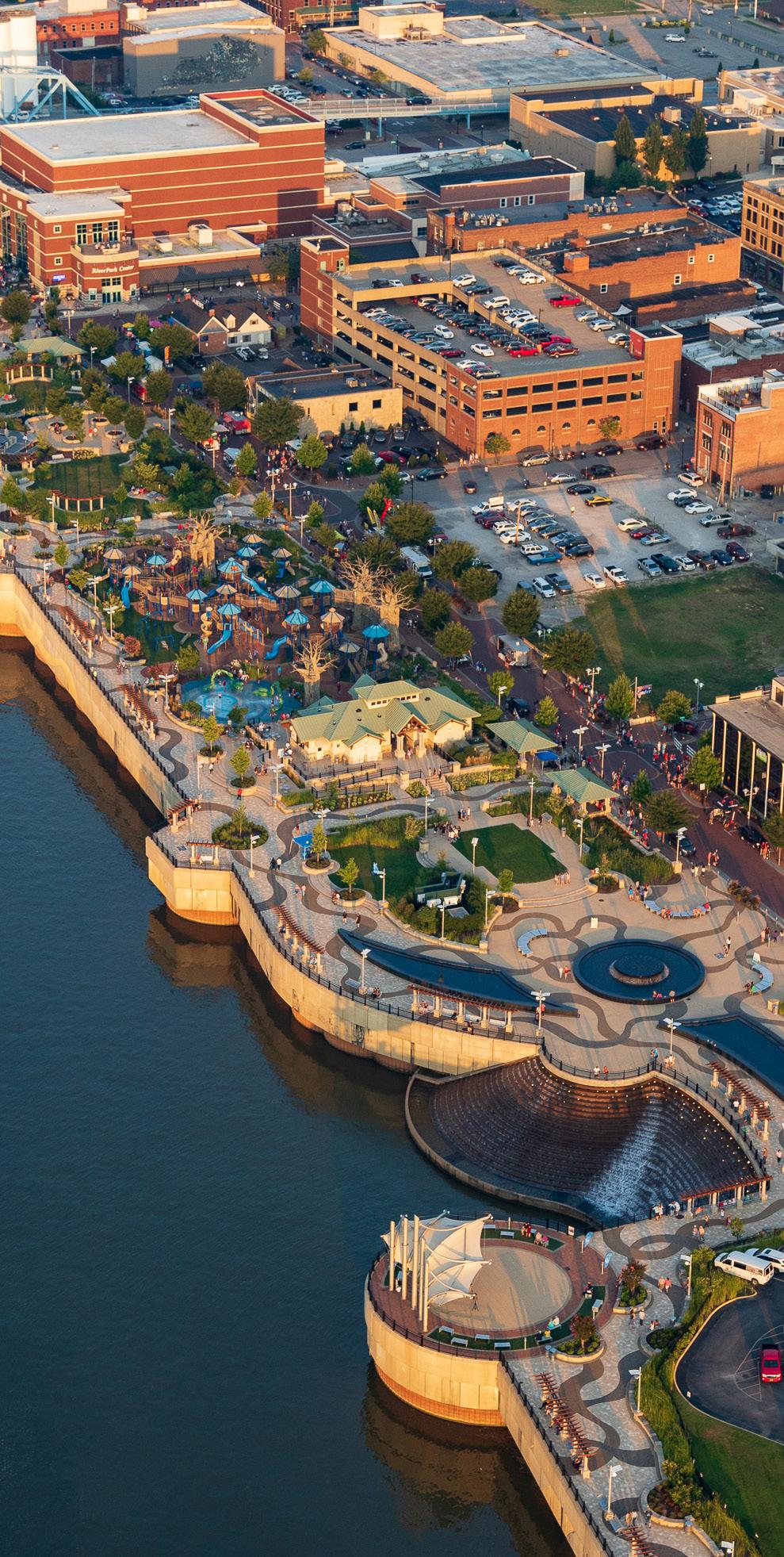
PREPARED BY THE HARWOOD INSTITUTE FOR PUBLIC INNOVATION IN PARTNERSHIP WITH GREATER OWENSBORO LEADERSHIP INSTITUTE BY RICHARD C. HARWOOD AND JOHN P. CONROY

The Harwood Institute for Public Innovation
4915 St. Elmo Avenue, Suite 402 Bethesda, MD 20814
phone 301-656-3669
email info@theharwoodinstitute.org web theharwoodinstitute.org
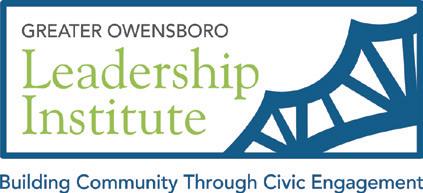
Greater Owensboro Leadership Institute 200 East Third Street Owensboro, KY 42302
phone 270-663-1048
email sedds-ellis@owensboro.com web chamber.owensboro.com/greaterowensboro-leadership-institute/
The Harwood Institute for Public Innovation is a nonprofit, nonpartisan organization that equips people, organizations, communities, and networks with the tools to bridge divides, build capacity, and tackle shared challenges. The Harwood Institute’s work is rooted in a philosophy of Civic Faith and the practice of Turning Outward. Founded in 1988, the Institute’s approach has spread to all 50 states across the U.S. and 40 countries around the world.
Greater Owensboro Leadership Institute
a nonprofit, nonpartisan organization was created in 2022 with the ambition to nurture civic leadership, build trust, and convene civic and business leaders. Our mission is to equip people, organizations, communities, and networks with the tools to bridge divides, build capacity, and tackle shared challenges to become a collective force for change.
Writtenby
Richard C. Harwood and John P. ConroyResearch by John Conroy, Marla Crockett, Oluwagbemiga Dasylva, Andrew Della Rocca, Joe Krushinsky, Florence Rogers, and David Seleb
Edited by Oluwagbemiga Dasylva, Michael Prihoda, and Tristan Wood
Community engagement led by Stacy Edds-Ellis with support from John Conroy, Oluwagbemiga Dasylva, and Kevin Obike
Community conversation hosts and partners include Brescia University, Cliff Hagan Boys and Girls Club, Daviess County Board of Education, Daviess County Farm Bureau, Daviess County Public Library, Friends of Sinners, Girls Inc, Greater Owensboro Chamber of Commerce, HL Neblett Community Center, Kentucky Wesleyan College, Owensboro High School, Owensboro Community & Technical College, Senior Community Center of Owensboro-Daviess County, International Center of Owensboro and Pamir Afghan Cuisine, Panther Creek Baptist Church, White Chateau at Cecil Farms, Zion Baptist Church. Thank you to all who participated in a conversation or interview that went into the creation of this report.
Design by Dresden Branding & Design
Photography by Bluegrass Music Hall of Fame & Museum, Brescia University (photographer AP Imagery), City of Owensboro, Cliff Hagan Boys & Girls Club, Daviess County Farm Bureau, Daviess County Fiscal Court, Daviess County Public Library (photographer Maria Clark ), Daviess County Public Schools (photographer Dylan Hammons, Multimedia Communications Specialist), Diocese of Owensboro (photographers Elizabeth Barnstead, Riley Greif, and Rachel Hall ), Greater Owensboro Chamber of Commerce, Greater Owensboro Leadership Institute, Kentucky Wesleyan College, Opportunity Center of Owensboro, Owensboro Christian Church, Owensboro Community and Technical College, Owensboro Public Schools, Puzzle Pieces (photographer Missy Thompson), RiverValley Behavioral Health (photographer Dream Copy Photography), RiverPark Center, Through Sleet’s Eyes, United Way of the Ohio Valley (photographer Savannah Daniels), Visit Owensboro (photographer Adam Paris/AP Imagery)
© 2024 The Harwood Institute for Public Innovation and Greater Owensboro Leadership Institute
No part of this report may be reproduced in any form or by electronic or mechanical means, including storage and retrieval systems, without written permission from the copyright owners.

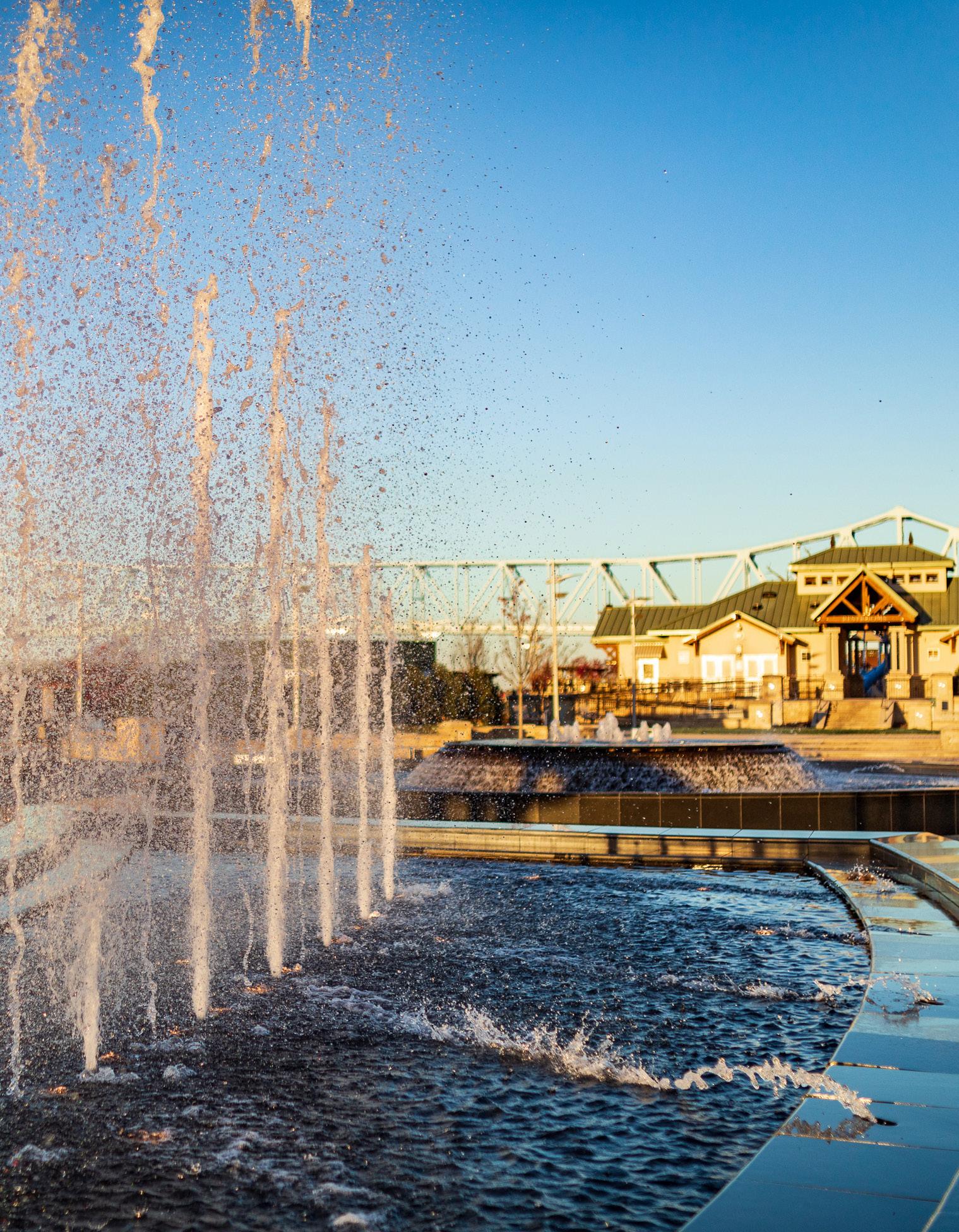
Letter from Greater Owensboro Leadership Institute
Dear Citizens of Greater Owensboro:
In your hands is the beginning of something with the potential to transform our community.
The Greater Owensboro Leadership Institute (GOLI) was created to nurture civic leadership, build trust, and convene civic and business leaders. We know from our dialogue with people from across the community that citizens here are ready and willing to be part of making Greater Owensboro vibrant and poised for the future. The Public Life Foundation of Owensboro and the Lawrence and Augusta Hager Educational Foundation are steadfast pillars in our community that stepped forward to underwrite GOLI.
We are so fortunate to have philanthropic leadership that understands the importance of engagement. With decades of experience in promoting civic health, these foundations have been instrumental in bringing people and initiatives together for the betterment of our community.
More stars aligned which connected us to the community transforming work of The Harwood Institute for Public Innovation, who we have joined forces with in crafting this report. For six months, Rich Harwood and his team immersed themselves in Owensboro-Daviess County, facilitating
public forums including 17 community meetings, 13 roundtables, and 36 indepth one-on-one interviews. The insights gleaned from nearly 800 individuals from diverse backgrounds provide an understanding of our collective concerns and aspirations for our community.
While at first it is evident that there are a myriad of different perspectives in Greater Owensboro, after a deeper look, this report demonstrates that what we want for our future is more alike than different.
As you read and reflect on the report that follows, we hope if you take only one thing away, it is this: The people of Greater Owensboro yearn to take shared action to move our community forward in new ways. GOLI stands ready to cultivate and unleash this community spirit. Let this report and the conversations it sparks be a catalyst for optimism and action as we come together to build a stronger, healthier, and more prosperous community.
We look forward to playing an active role in creating a path forward for our community.
 Stacy Edds-Ellis, Ph.D. Executive Director Greater Owensboro Leadership Institute
Stacy Edds-Ellis, Ph.D. Executive Director Greater Owensboro Leadership Institute
Preface
Greater Owensboro is family-oriented, faith-based, and built on deep interpersonal relationships. People take enormous pride from living here. Still, the area is dealing with an array of challenges. Today, it faces a fundamental choice: Will it adhere to the status quo and risk stagnation or seize opportunities to come together and build a better Greater Owensboro?
Communities can shape their own futures. Yet not all communities work together to engage people, address hard issues, and tackle shared challenges. Even though conversations and actions related to various challenges take place, they may not address the issues that truly matter to people.
When you listen to the voices of Greater Owensboro, what becomes clear is that people believe the community can do better. They want to figure out how to move forward. They want to engage authentically with one another and tackle shared challenges. In a time of growing national division, this community yearns to come together to shape its future. This report doesn’t prescribe specific solutions to meet particular challenges; instead, it seeks to illuminate a path forward that enables people across the community to bridge divides, generate shared purpose, and discover ways to move forward together.
During my more than 35 years of doing this work, I have seen what it takes for communities to move forward. Enough
people must make the intentional choice to step forward, Turn Outward toward one another, and set in motion meaningful actions that spread throughout a community like a chain reaction. New initiatives and programs may be necessary, but they are not sufficient. In fact, communities like Greater Owensboro must remember that how we do the work is as important as what we do. Our work must forge stronger relationships, networks, and norms for working together—a stronger civic foundation—upon which positive actions can take root, grow, and spread over time.
Our country needs more examples of communities coming together to forge a common future, especially amid people’s real differences. To achieve this, people must show up, see and hear each other, and work together to shape the future. Here in Greater Owensboro, the opportunity is ripe to build on the good while creating new ways to move forward together.
Building a better Greater Owensboro requires answering the call to step forward and engage. Now is the time to come together
 Richard C. Harwood President and Founder, The
Richard C. Harwood President and Founder, The
Harwood
Institutefor Public Innovation
A Guide to this Report
In 2023, Lawrence and Augusta Hager Educational Foundation (Hager Foundation) and Greater Owensboro Leadership Institute (GOLI) began discussions with The Harwood Institute for Public Innovation about how to help strengthen the Greater Owensboro community. As a down payment on this work, Hager and GOLI asked Harwood to help them learn more about the community by identifying strengths to build on and things to address moving forward. This report, Building A Better Owensboro, presents what we found. This report is only the beginning. Later in 2024, The Harwood Institute will partner with GOLI to hold a Public Innovators Lab for community leaders and residents who wish to develop new ways to work together and solve local challenges.
This report is not intended to be a scorecard on the community; nor does it prescribe specific solutions for moving forward. Instead, it is intended for the community to better understand how people across the county see and experience life in Greater Owensboro, and to offer key areas for strengthening the civic culture so the community can come together to determine how best to move forward. Keep in mind that throughout this report, the terms Owensboro and Greater Owensboro refer to the Owensboro-Daviess County community.
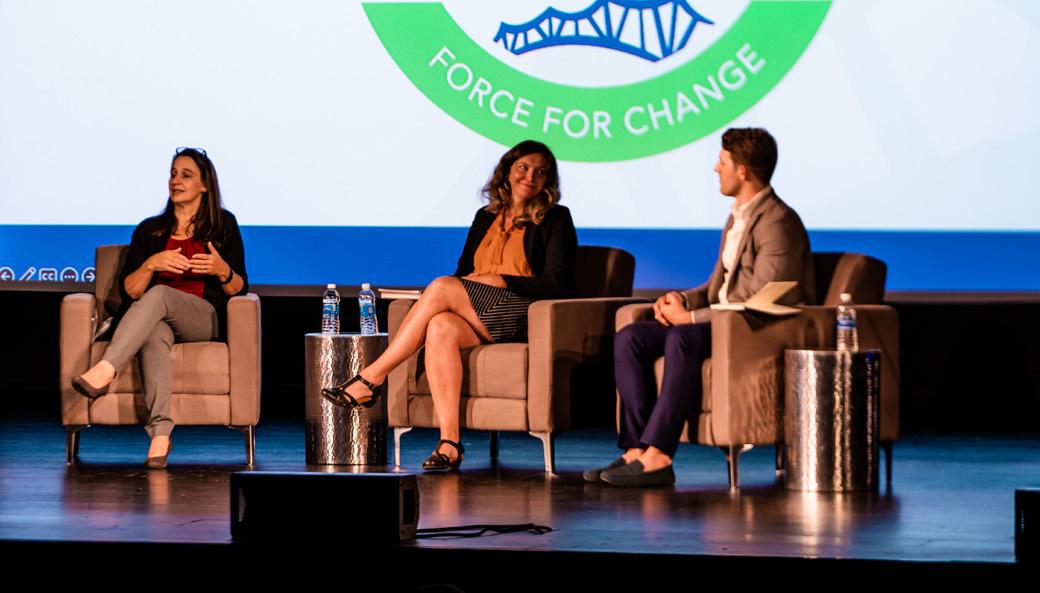
Over a six-month period, The Harwood Institute undertook a series of 17 conversations with community residents from different areas across Greater Owensboro. Each conversation was held with cross-sections of an average of 20 people. We held two conversations specifically with high school students.
In addition, The Harwood Institute conducted 36 in-depth interviews with community leaders, which included elected officials and leaders from nonprofits, neighborhoods, education, religious institutions, healthcare, business, and other areas. There is one additional point to be made about how the report was done: each individual quote was selected only if it represented larger patterns found in the research. The selected quotes come from across all of The Harwood Institute’s interviews and conversations.
Here are the sections of the report that follow:
Introduction
This section provides an overview of the report. In it, we outline four main themes that emerged from the conversations and interviews in Greater Owensboro.
Our Voices
In this section, you will hear people in Greater Owensboro describe how they see and experience the community and share their hopes and concerns about the future.
Greater Owensboro’s Public Capital
This section is a snapshot and analysis of the fundamental structures, networks, and norms of Greater Owensboro through the lens of The Harwood Institute’s Public Capital Framework. This snapshot reflects what it takes for a community to work together effectively. It was developed through the Institute’s research and on-theground work in communities in all 50 U.S. states.
Building the Community’s Civic Strength
This section lays out key recommendations for Greater Owensboro to invest in and develop its civic capabilities alongside the steps to catalyze and grow efforts that build trust and a sense of possibility and hope.
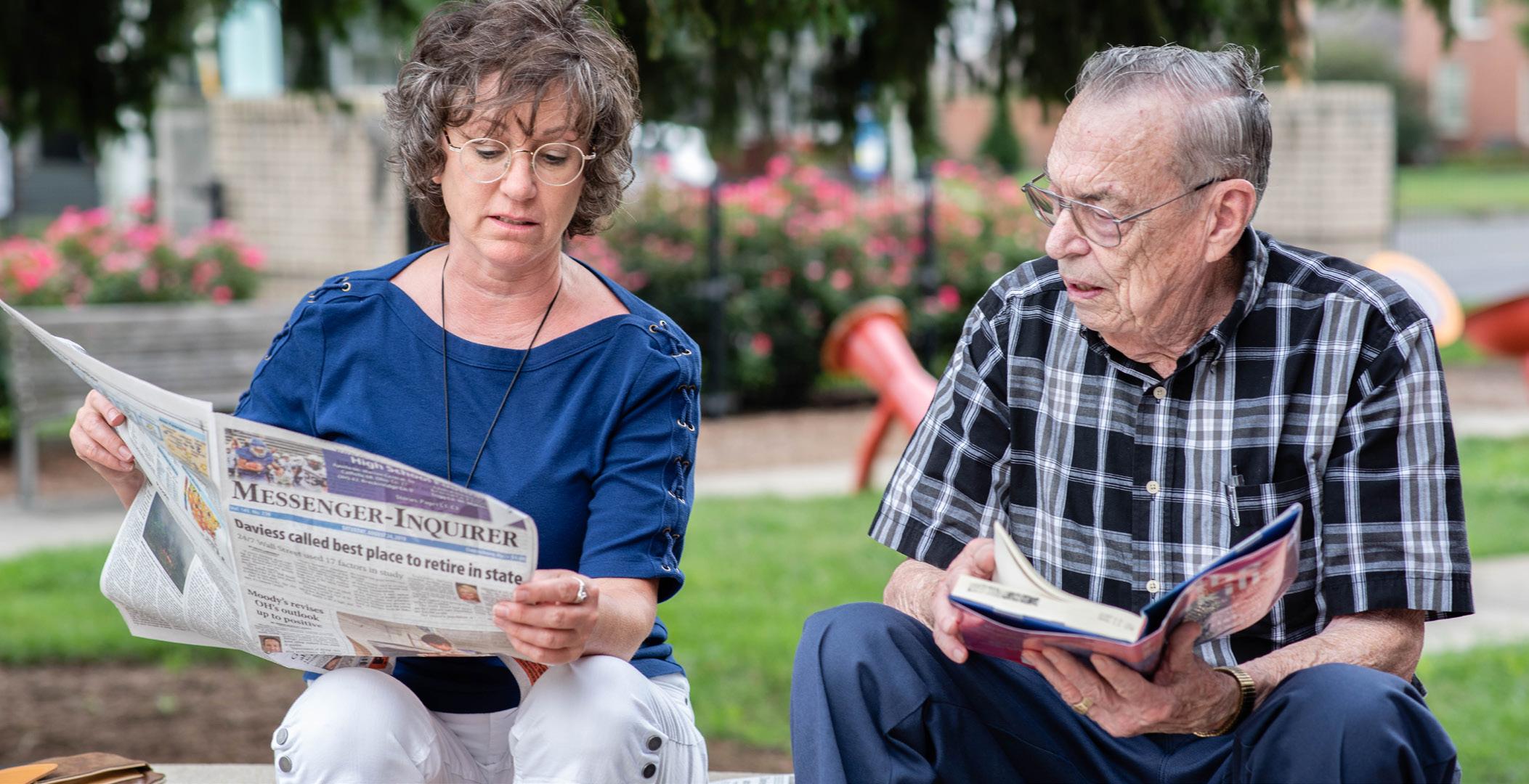
Introduction
People in Greater Owensboro take enormous pride in this community. Many cherish that it is family-oriented, faithbased, and built on strong personal relationships. It is a community of helpers where people care for one another and ensure that those in need receive the help they need.
Yet amid the pride and goodness, people see the community struggling to work together productively. Indeed, there is growing restlessness about the community’s future.
Many fear the community is in danger of stagnating. They ask: Will Greater Owensboro honor its past while adjusting to changing realities? Will the community make room for more voices and people and fresh ideas? Will people overcome divisiveness to work together to tackle pressing issues holding the community back? Greater Owensboro is facing a fundamental choice: Will it adhere to the status quo and risk stagnation, or will the community seize opportunities to come together and build a better Owensboro?
Where the Community Stands
When listening to the voices of residents and leaders, it is clear that people love living in Greater Owensboro. They especially love raising a family here. Those who are doing well mention “a great quality of life” and others say, “We’re fine just like we are.” Moreover, “Everybody’s very polite.” Owensboro enjoys a sense of inherent stability.
But stability can turn into complacency at times, sometimes stagnation, and even sliding backwards. This often happens when leaders and organizations and residents become used to certain ways of life and ways of doing things. When strong relationships lead to some people feeling not included, even excluded. When difficult conversations do not go deep enough. Or when people get together but do not work together and take shared action.
Residents and leaders must decide if they want to build a better Owensboro— and, if so, whether they will work
Many fear the community is in danger of stagnating.
together to figure out how. “We are fragmented in how we approach problems,” explained a leader. “We are very narrowly focused. Think of how much true impact we could have if we all work together rather than independently.”
Our interviews and conversations held throughout Greater Owensboro revealed four overarching themes, each of which needs the community’s concerted attention and action. The community needs to:
– Focus on pressing issues. There is a collection of issues that residents and leaders consistently raised throughout our conversations. Many of these issues are related, including homelessness, drugs and addiction, violence, disparities between the haves and have nots, youth, and job opportunities. People say that action is already being taken in some of these areas, but that new ways of working together are required to address these fundamental issues.
– Move from getting together to working together. It is clear that people in Greater Owensboro get together for social gatherings, networking, and meetings. But both residents and leaders say that to move the community forward, there must be new ways of actually working together in order to
Will the community seize opportunities to come together and build a better Owensboro?
overcome fragmentation, break down silos, engage in hard conversations, and take shared action.
– Grow civic capacities. Throughout this report, it is evident that Greater Owensboro must develop civic capacities including: more leaders who are turned outward toward the community, more authentic conversations that enable the community to work through hard issues, more groups that catalyze shared action, stronger norms of working together, and renewed shared purpose.
– Be inclusive. Throughout Greater Owensboro, many people feel unseen and unheard by leaders and each other. Some people—including young people, people of color, women in leadership, rural residents, people without families, and the LGBTQ+ community—often do not feel truly included and welcomed. Is there a place for everyone in Greater Owensboro?
In one of the conversations for this report, a resident said, “We all know that this community can be better and do better for everybody in it.” To do better, Greater Owensboro needs to recommit to moving forward together.
Which Path Will We Take?
This report suggests that residents and leaders in Greater Owensboro want to find a way to move forward together. “We can collectively start working as one to come up with solutions and make strides,” said a resident. “I feel like there’s hope for Owensboro to get better.” It won’t be easy, but it is possible. One leader put it this way: “Some turmoil can be a good thing. People are concerned and they want something. The opportunity is there.”
Real, concerted action is needed to take this opportunity and forge a more productive path. It will require engaging with one another, making more room for each other, and taking shared action. If the community wants to take a more hopeful path, it must consider these questions:
– How does the community build on the good things that are happening?
– How can it ensure that all people are included and that people do not get left out or left behind?
– What will it take to strengthen the civic capacities of the community and to catalyze and support more progress?
– How can action be taken by honoring the past and seizing opportunities for building a better Owensboro?
There is no clear cut way forward. Instead, there are choices and trade-offs to be made. People are ready to engage in that work, together.
Moving Forward, Together
Over the past 35 years, The Harwood Institute has learned that communities seeking to move forward must face reality if they are to create something different.
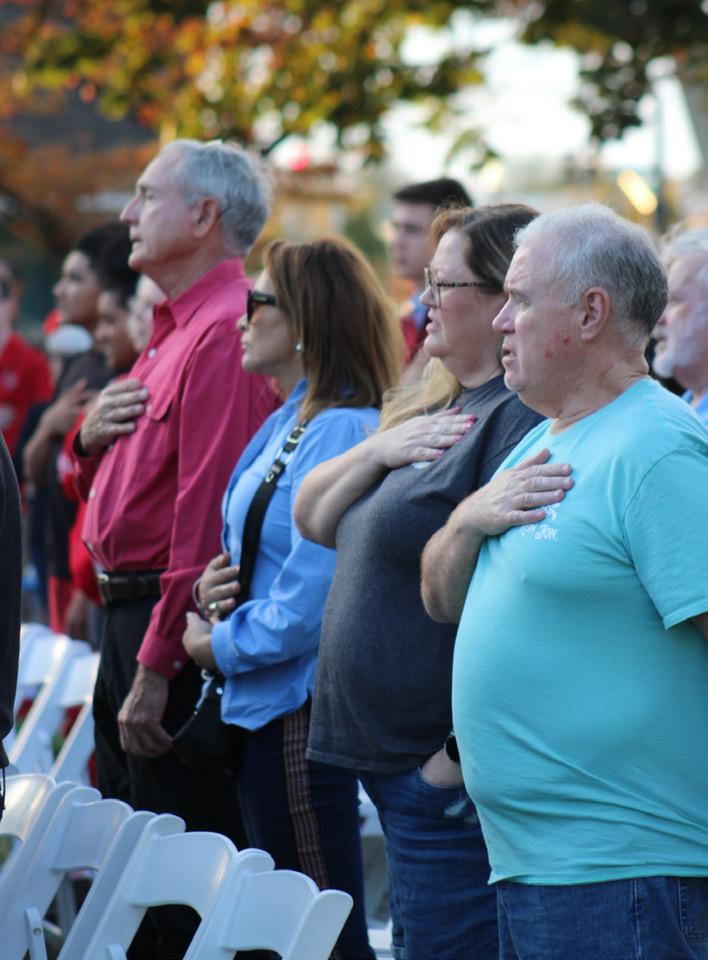
And yet, too often, those seeking positive change reflexively embrace old habits. We choose a path of comprehensive, highly coordinated plans, where we attempt to bring as many people and groups together as possible. But such efforts often stall out, or fail outright, due to the unwillingness or plain inability of so many groups to work together. What’s more, too many community efforts do not truly know, or choose to ignore, what the community actually wants.
We gravitate toward a one-size-fitsall approach, often imported from a different community with a different history and needs. Solutions are imposed upon communities, leaving change undelivered and people feeling that they’ve lost control over their own lives and futures. There is a failure to understand and account for the community’s context.
At the root of such approaches is an assumption that communities need to be “fixed”—as if people and communities are seeking to have someone fix them. As if the persistent challenges reflected in this report can somehow be easily solved.
Communities move forward and thrive by growing themselves. They unleash a chain reaction that begins with single steps and expands over time. Such actions, when they are strategic, address the community’s fault lines and needs
and honor people’s shared aspirations. They are designed with the explicit intention to strengthen the community’s civic culture: the relationships, norms, leaders, organizations, and networks that enable a community to work. Taken together, these expanding steps strengthen the community’s civic confidence and belief in itself. Indeed, as communities grow themselves, a sense of possibility and hope grows, too.
Such hope is not based on wishful thinking; nor is it a false hope, made up of unrealistic expectations or utopian visions. What Greater Owensboro needs is authentic hope —a hope built upon realistic promises and concrete actions taken and emerging over time.
The time is now to build a better Owensboro.
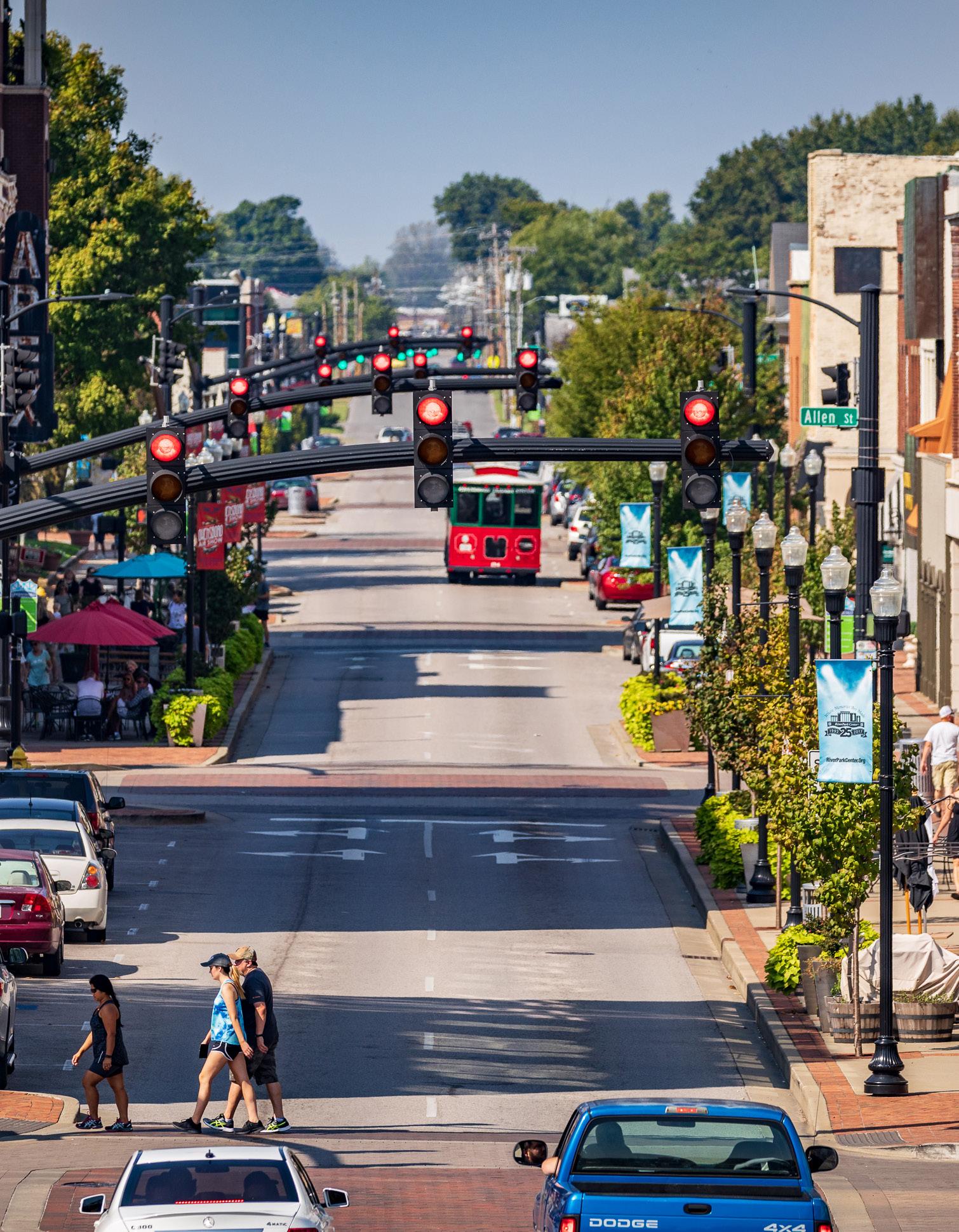

Our Voices
Listen to the voices of people who make Greater Owensboro their home. You’ll hear many people express their affection for the community, while also believing the area faces tensions that are holding the community back. As you listen to these voices, you can sense people’s aspirations for the community to come together to work through its challenges and build a stronger community. What follows is a series of themes that emerged from our conversations with residents and interviews with leaders from all across Greater Owensboro. Keep in mind that each individual quote was selected only if it represented larger patterns found in the research.
A Great Place to Raise a Family
“A small river town that has embraced its heritage,” Greater Owensboro is consistently described as “familyoriented,” “a great place to raise a family,” and “a nice, Christian community.” Owensboro has a “sense of family, church, and school that makes it a great place to raise kids,” explained a resident.
The size of Greater Owensboro is a big part of its appeal. “It’s small enough that it feels like a community, but big enough that we have things to do,”
“It’s small enough that it feels like a community, but big enough that we have things to do.”
a leader explained. “The pace of life here is great,” said a resident. Another celebrated all the things families can do. “You go to different museums. You got parks, walking paths, bicycle paths and just different places you can go enjoy as a family.” People also enjoy the library, botanical garden, church and community picnics, and various festivals. “This place was nicknamed Festival City,” shared a leader.
The strong family atmosphere attracts those who initially leave the community to come back when it’s time to start a family. “There is this notion that typically everyone returns as soon as they want to start having kids,” shared a resident. A leader said parents choose to live in the community because, “Everyone wants their kids safe, happy, and healthy.” One leader summed things up this way: “It is a wonderful community to raise children. We have amazing schools, amenities for kids, and it is safe.”
A Community of Helpers
Greater Owensboro possesses powerful strengths and assets to build on. A leader said, “We really do have that small-town feel where neighbors reach out and help each other. Strangers reach out and help strangers.” Community members consistently show up for each other, especially when there’s a clear way to help. “My neighbor had a tree that fell down and there were gobs of people that came from different parts of town to help,” a leader said. Another shared, “Once people are aware of a need, Owensboro will step up. Owensboro will feed people. We will help provide them with emergency shelter. We will help them to get jobs.” Refugee residents shared that “the community has been very much welcoming when it comes to basic needs. They really helped. They welcomed us.”
In addition to individuals stepping forward, “many organizations help in their special way,” shared a leader.
“Our community is rich in resources and help.”
People point to the dedication of homeless shelters, recovery groups, religious organizations, and service providers. “Our community is rich in resources and help,” said a resident. Staff of organizations are widely regarded as “leaders in the community who give themselves 100%” to supporting others. Beyond nonprofits and community centers, there are “companies that are extremely active in supporting our community,” shared a resident. “They invest in our schools and in our social services. They invest their time and talents.” People also express appreciation for the community work led by local churches, who “do an awful lot for the community,” according to a resident.
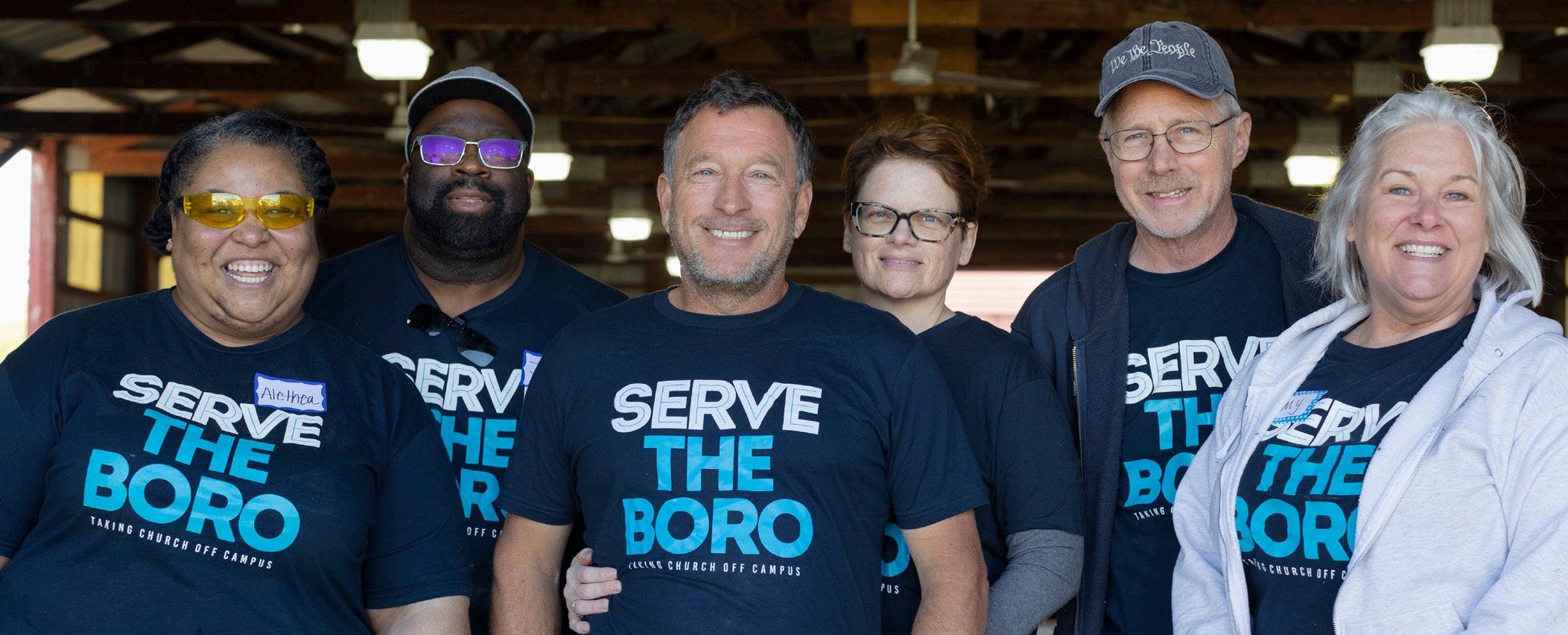
Separated and Living Apart
Even with the strong family atmosphere and an ethic of helping one another, both leaders and residents regularly lament that people in Greater Owensboro are separating from each other. Some attribute this to COVID, which “changed people’s willingness to do things in person. We got used to not interacting a lot,” explained a resident. A leader added, “Pre-COVID, I do feel like there was more civil discourse.”
Describing the lack of engagement, a resident said, “Our city is down to like four active neighborhood alliances. We used to have 12 of them. It’s the lack of people showing up to be active in the community.”
But the separation people talked about started long before COVID. Most connections are forged “in pockets’’ and “in a very closed way,” a leader said. Another explained, “You’ll see association around the schools, neighborhoods, after school activities, and what the kids are up to with their families.” A lot of people “stay in their safe zone,” said a leader. One resident described “cliques that people don’t reach outside of.” Another observed, “We have divisions throughout the town where people don’t cross or mingle.” Many residents mentioned racial separation between neighborhoods.
One put it starkly: “We are a divided community. You’ve got Whites on this side and Blacks on this side.”
Some people—including new, single, and young residents—feel separated from the larger community. “Owensboro is a great place to raise a family, but I wouldn’t want to be here if I was young and single,” said a resident. Students described experiencing a troubling separation between generations. One said, “The older generation will think younger generations don’t work hard enough or know what they’re doing. They think their ideas are the right way to do things. So, it not only closes them off, but it also pushes the younger generation away.” Speaking about when they first moved to Owensboro, a resident said, “When I moved back, I was trying to meet people and there wasn’t a quick way to do it.”
The theme of “Owensboro not having an inclusive culture” came up consistently. Some women seeking leadership roles mentioned a variety of barriers. One shared, “I was told I was going to fail
“We have divisions throughout the town where people don’t cross or mingle.”
many times because I was a woman.” A Black resident said, “I hate going to a lot of places and I’m the only Black person there. It’s frustrating. When I’m not seeing other people like me, I don’t feel welcomed.” According to some residents and leaders, the LGBTQ+ community faces “retaliation, harassment, scare tactics, and physical threats.”
So, while Greater Owensboro is celebrated for being a great place to raise a family, filled with lots to do, with people helping one another, many people we spoke with see the larger community separating from itself into smaller and smaller groups, with some people feeling unwelcome, unincluded, or even excluded.
Pressing Issues
Residents and leaders across Greater Owensboro consistently reflected a set of key challenges they believe must be addressed. While people say that action is being taken on many of these, they assert that organizations, leaders, and residents will need to come together in new ways to more effectively tackle the issues that matter most to people.
HOMELESSNESS
“We’ve never had this many homeless people in Owensboro,” explained a resident. Another added, “I work with the homeless every day. I didn’t realize how immense the population really is.”
There was a sense of urgency, even desperation, around this issue in many of the conversations. Residents routinely described “chronic homelessness” as a top concern “coupled with mental illness.” Leaders and residents value the deeply important work of the various homeless shelters and other services around town. Yet people are increasingly worried. “What direction are we heading in? What are we going to do about it?” asked a leader.
Some people worry that the availability and prevalence of services are bringing “transient people here who are addicted to drugs and alcohol.” Northwest community members express particular concern, describing the area as “ground zero for the homeless population.” To address the community’s challenge, people stated the need to work collaboratively together. One leader said that “displacing the issue to another area of the community is not working
Organizations, leaders, and residents will need to come together in new ways to more effectively tackle the issues that matter most to people.
together.” Indeed, a resident said, “It doesn’t matter which part of town you’re in. The homeless are everywhere.”
DRUGS AND ADDICTION
People across Greater Owensboro recognize the area’s “amazing recovery community,” “recovery centers,” and “sober living houses.” However, they don’t see the root problems being addressed and they see “drug activity getting steeper.” While there are meetings that cover “the number of drug arrests made and how many fentanyl deaths there were,” a leader said that “statistical information alone does nothing to address the problem.”
Another said, “Fentanyl is a big issue for us. And you can’t help but to see a correlation of violence and drugs.”
Conversations included refrains of, “All the issues are drug-related” and “drugs are the center of the problem.”
One leader observed, “Much of the homelessness is either driven by psychiatric problems or by drug problems.“ For many, the issue of drugs and addiction is rooted in personal experience. One resident said, “My son is into drugs. He’s in jail now. He said that you can make more money out there on the streets.” Another said, “I come from a broken, alcoholic home that had been violent. That’s all I knew.”
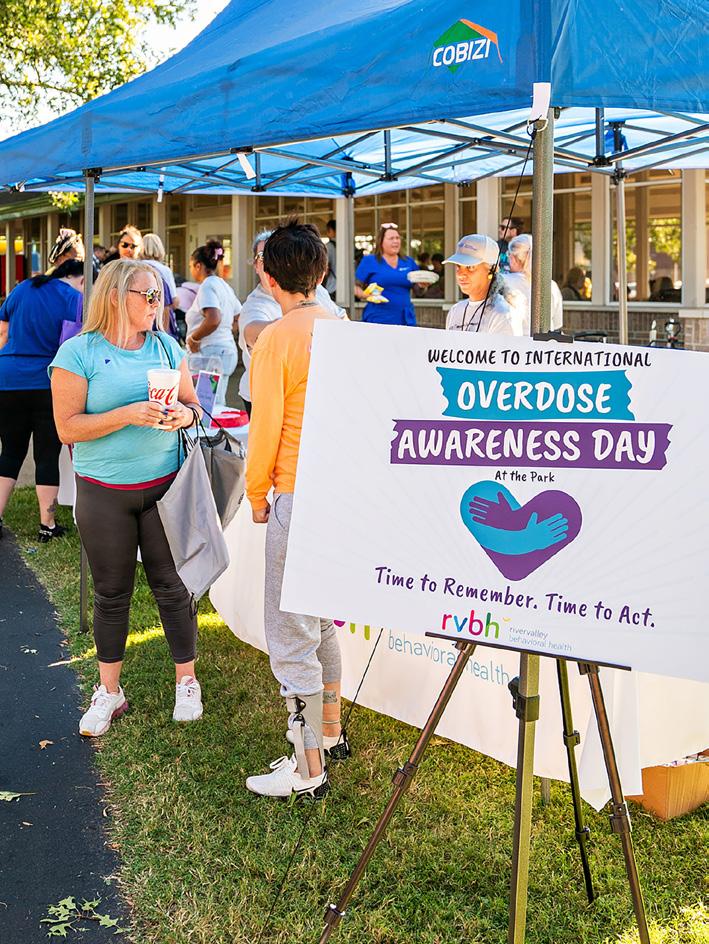
VIOLENCE
People from all parts of town and walks of life mention violence as a top concern. “Until a few years ago, you didn’t have to worry about locking your doors,” shared a leader. “But that has changed dramatically.” Another added, “Crime and gun violence didn’t used to be an issue, but now they happen almost every weekend.” People are increasingly worried about their families’ safety and the potential for the violence to get out of control. “Youth violence has increased so much,” said a resident. Students themselves describe feeling “unsafe.” Some residents attribute the “drug activity and the violence getting steeper” to “the kids having nothing to do.”
REAL DISPARITIES
In Greater Owensboro, there is “generational wealth” and “a few people who own pretty much everything in town,” said a resident. Meanwhile, “some people have a poor quality of life and can’t afford a decent place to live,” shared a leader. “The West End has always been economically disadvantaged,” a resident explained. Both leaders and residents called attention to the community’s “big socioeconomic divide” with “20% of the town living at or below the poverty line.” A resident described “a history of the haves and have-nots that we tiptoe around rather than addressing.” They said, “It doesn’t take much to see this
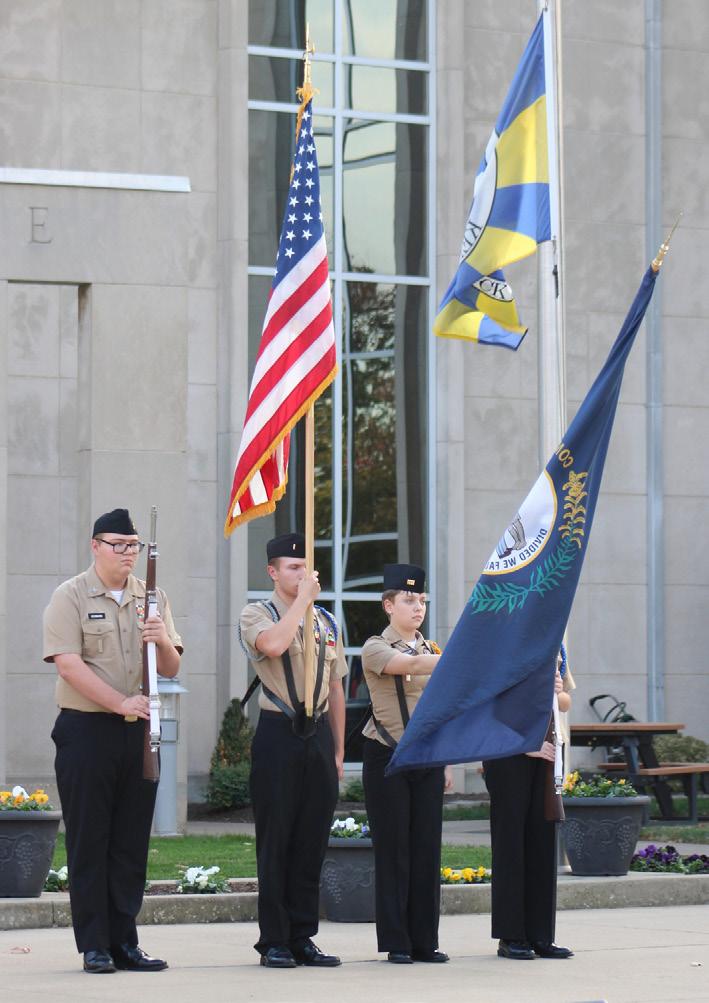
is one of the largest issues we have.” Disparities in Greater Owensboro are significant, and for the “have-nots,” life is extremely difficult. A resident said, “So many people fall through the cracks. You have your working poor that may not be able to buy a home.” Another added, “Our children that do live in poverty are in a vicious cycle. I don’t know if they can get out of it.”
YOUTH
Young people talk openly about their struggles in the community and in school. “There’s nowhere to really do anything. Downtown, it’s like boutique shops and expensive restaurants, so we can’t even hang out in a parking garage without getting kicked out,” one said. The lack of options available is especially important because “youth get into trouble if they don’t stay busy,” shared a resident. Residents mention a number of school-sanctioned activities as well as programs through the Boys and Girls Club, Western Academy, Girls Inc., and other groups. But the problem persists. One high school student said “maybe violence and drugs would be less if we had a safe place to gather.” A resident suggested the need for investment in “community centers where the kids can go.”
At school, things are especially difficult for those who are not recognized as high achievers. “You get sorted and put
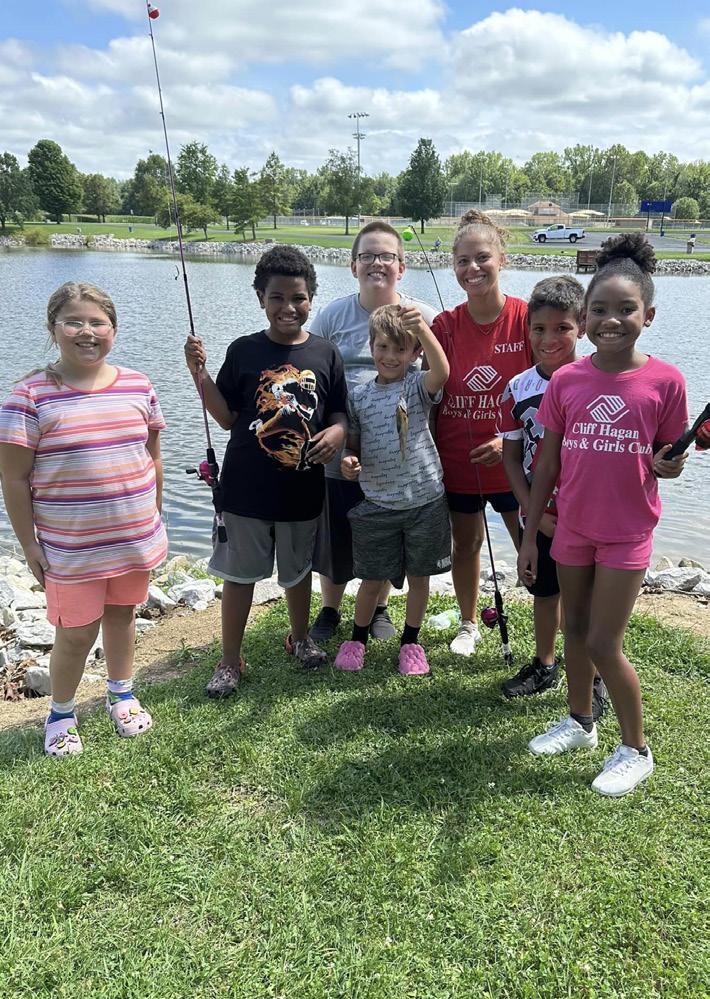
in a box early,” explained a high school student, which leads some to think, “I’m not good enough. I can’t do what the others do, so therefore I’m lower.” Some students struggle with “belonging” and “finding a sense of identity or place.” A leader sees the need to help young people find their place, saying, “It’s important we help youth develop leadership skills. Sports seems to be one of the few areas that receive a lot of attention.”
JOB OPPORTUNITIES
While existing businesses are cherished by the community, many people say there is a need for more and better job opportunities. In recent years, leaders report “not a whole lot of growth” and
“a number of big time opportunities going elsewhere.” One said, “We could use more jobs in general and more higher paying jobs. Jobs are so important just to allow our children to stay and grow in our community versus us sending bright young people to other communities.” A resident said there are “no opportunities” for young people to apply their skills within the community. “So, everybody leaves, or they end up stuck in dead-end jobs.”
A leader said, “Owensboro’s generational money only goes so far.” Discussing how Bowling Green surpassed Owensboro for the thirdlargest city in Kentucky, one resident said, “Bowling Green is on an interstate and has a more progressive attitude, and it’s drawing more people in.” In response, another added, “This community has to grow in some way, or it’s going to lose out on opportunities.”
Across the community, people are “hoping for new good paying jobs to come here,” as put by a leader.
“This community has to grow in some way, or it’s going to lose out on opportunities.”
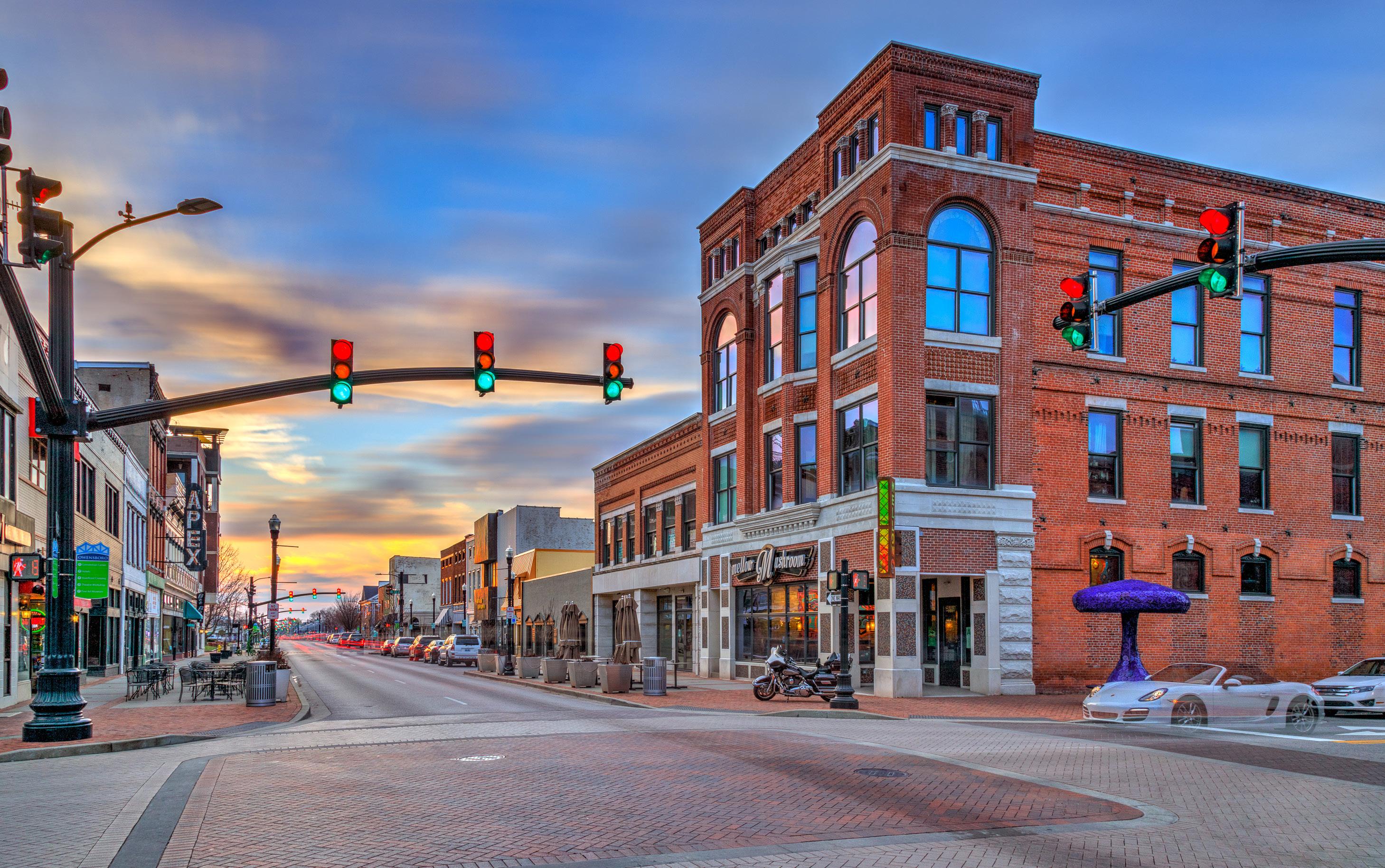
A “Band-Aid” Community
While Greater Owensboro is a community of helpers where residents readily support one another, people say the community is putting band-aids on deeper issues. “We put a band-aid on something over and over thinking it will heal or change,” shared a resident. “But at some point, you have to address the infection and do something.”
People see Owensboro’s array of human services as critical, but indicative of deeper challenges that are not being dealt with. “It’s good that we are serving people,” shared a resident, “but I
think we are lacking preventative care. We are dealing now with emergency intervention, but it shouldn’t happen this often.” There is an instinct to “just keep doing what we’re doing and not solve major issues in people’s lives,” shared a resident.
“We put a band-aid on something over and over thinking it will heal or change.”
Leaders generally express that the community’s current approach to addressing problems is insufficient. “We are fragmented in how we approach problems,” explained a leader. “We are very narrowly focused. Think of how much true impact we could have if we all work together rather than independently.” Clearly, amid its ethic of helping, Greater Owensboro is struggling to come together to deal with underlying issues.
Meanwhile, some express concern about the potential unintended consequences of Greater Owenboro’s helping ways. One leader put it this way, “Because we are a community who find ways to help others, we have an influx of those seeking services.” A resident said, “Daviess County is becoming the rehab center for the state of Kentucky.”
Another said, “It seems like every day there’s a new rehab place opening up.” People are worried that the availability of services is contributing to the community’s “significantly rising homeless population” and other issues.
Greater Owensboro is clearly committed to serving people. Yet as one leader said, the community lacks “strategic mechanisms” to address root problems and existing efforts “never grow legs.”
There is a clear need for the community to stop using band-aids and instead pursue deeper, more effective solutions to pressing issues.
Unseen and Unheard
“Our leadership isn’t a good representation of Owensboro-Daviess County. It’s much older, more white, more males,” shared a resident. Another added, “It’s the same good old boys’ network that has always been. It’s their own agenda.” Many people are left feeling unseen, unheard, frustrated, and shut out.
A high school student said, “The people running everything have no idea about any of the problems they’re supposed to be fixing.” Another resident shared, “The ones at the top, they see it exactly how they live it. They don’t want to be concerned about anything else. They’re not worried about bringing anybody else up with them.” This lack of concern and engagement breeds mistrust. Another resident said of leaders, “There’s a lack of vision and it is difficult to trust their judgment.”
A resident said they want leaders “being intentional about bringing everybody along, not one group getting ahead.” Instead, some people say their concerns are “swept under the rug.” Daviess County residents who live outside the city consistently feel neglected. “I don’t think the city recognizes agriculture as economic development. The city shuns us at times and don’t think what we do is important. That bothers me a lot.” Another rural resident said,
“They already got their mind made up, you know?” A member of the refugee community said, “The leaders have not reached out. We don’t know how to connect.” A leader said that the Black community especially feels “there’s no representation in this community.” A Black resident shared, “We feel like we don’t have a voice. The voice that we do have is so small that we don’t have enough people to stand up for us.”
Disparity in community investments is seen by many as further evidence of leaders not seeing and hearing different community concerns. A senior shared, “Millions and millions have gone into downtown development, but yet the seniors can’t get a decent senior citizens’ center.” Further, “Certain neighborhoods are getting more money,” lamented a resident. Another said, “Businesses have been taken away from the West End. Everything goes out to Highway 54.” Many in the Northwest community, “one of the poorest in the city,” feel like leadership “snuck this
“People feel like their voices won’t be heard or they can’t be heard so what’s the point?”
[homeless] shelter into the community” without engaging residents. “You’re not going to see undesirable things built in neighborhoods other than the West End,” explained a resident.
Putting a fine point on the community sentiment, a resident said, “I think people feel like their voices won’t be heard or they can’t be heard so what’s the point?” Unseen and unheard, many residents have lost hope and become resigned to the status quo. The prevailing feeling, according to a leader, is: “I’m extremely unhappy with the way things are, but nobody’s going to listen to me. No one cares.”
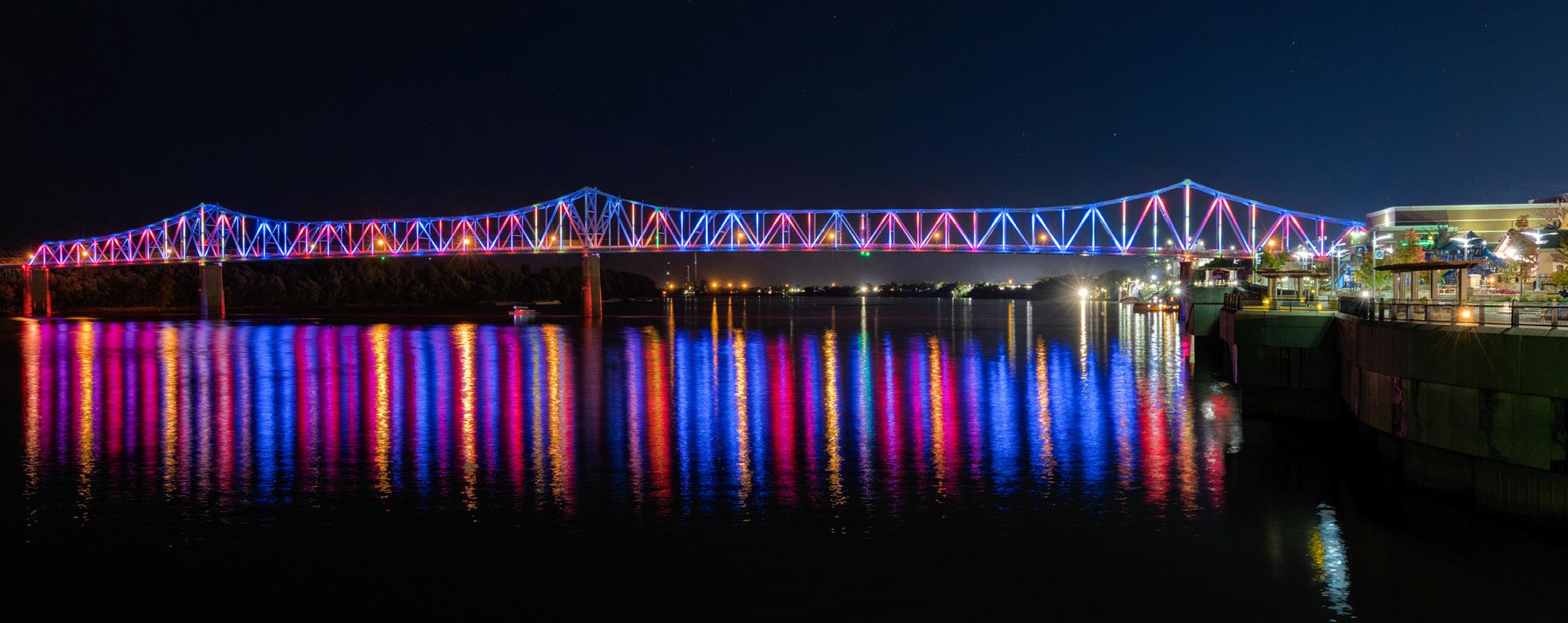
Stagnation
Many describe the community as “averse” and “resistant” to change. A leader said, “Ever since I was young, we talked about having younger people take a larger role in governmental affairs and leadership, and we give it a lot of lip service. Those young leaders move off to greener pastures where it’s easier to make a difference in the world.” Many residents say there is a strong sense among leaders and those doing well that “we’re just fine like we are.”
Factors stifling Greater Owensboro include the erosion of relationships and the community’s inability to have difficult conversations. “My biggest concern is the continual erosion of the relationship between all the different groups, as in city, county, agriculture, industry. That’s going to kill us,” shared a rural resident. Many people name the community’s politeness as a potential source of stagnation. A leader explained, “I think people aren’t real at times. Everybody’s very polite. We as a community say the right thing, but we really don’t have tough conversations.” Other leaders added that “there’s a quiet sense of not rocking the boat” and “the feeling that you don’t want to step on toes.” A resident added, “I think we do not have the honest conversations we need to have.”
While some conversations fail to go deep enough, others are derailed by the loudest, most divisive voices that
preclude positive movement. “We are a splintered community because of politics,” said a resident. Another added, “So many times politics plays into lost opportunities for our community.” One resident shared that people increasingly “feel empowered to speak out in stronger language, instead of trying to understand the others’ viewpoint.” “We’ve got to be more open-minded,” said another.
In light of all this, some fear not just stagnation but even backsliding. One resident said, “We’re trying to go backwards in time. We really don’t want anybody in. We’ve all got our own bubbles and we don’t want anything new, different, or anything that makes us think outside of our bubble.” This resident who “grew up in segregated Owensboro” says the community “has reverted back to some of our old bigotry and biases now.” They said, “I thought we were beyond that. We feed off of what we are seeing nationally, and that has sparked a lot of tension and regression.”
“People aren’t real at times. Everybody’s very polite. We as a community say the right thing, but we really don’t have tough conversations.”
Due to existing conditions, leaders and residents say they are “tired,” “worn out,” or “shut down.” One resident said, “Those in their mid-thirties, especially those that have grown up here, don’t see an opportunity for change. They see things happening the same way over and over again. So they get discouraged by that and they’re just defeated.”
“We Can Do Better”
In the face of pressing challenges and possible stagnation, people are concerned. One resident summed up their group’s conversation this way: “Everything we have talked about, we have to get it together. Why are we not coming together?”
“What can we do about it?” Greater Owensboro leaders and residents have some ideas. One resident suggested a need to override existing separation and forge stronger connections, saying, “We need to work together to knock down the walls. We have to step out and take risks and see how we can make an impact.” Another resident mentioned the importance of breaking out of comfort zones before asking, “Is anyone stepping out and talking with people outside of their circle?” A leader suggested tapping into “certain individuals to make change,” including “the large group of us who are not from
here that are active and connected” and “younger folks choosing to make this their permanent home.”
People repeatedly emphasized the importance of giving residents opportunities to engage and contribute. A high school student said, “I feel like we do have this unifying idea to make Owensboro greater, but a lot of people are at a standstill because they do not know what they can do to make the change.” A leader said, “We need the ideas. What are we going to do?” Importantly, people said creating a better community cannot be left at the feet of the government. “It’s a problem to just look to governments to solve problems and not the people,” said a leader. Another said, “Government probably is the least effective way to fix some of the issues. It starts in the families and the neighborhoods.” In turn, the people of Greater Owensboro have to step forward. A leader said, “What undermines everything is when people don’t take responsibility. We have got to step out on faith, say what the problem is, and work on it.”
“Everything we have talked about, we have to get it together. Why are we not coming together?”
Despite concerns, many people expressed optimism and possibility about the future. A resident said, “We all know that this community can be better and do better for everybody in it.” A leader added, “We have capacity and relationships, and the community is willing to work together.” Another added, “Some turmoil can be a good thing. People are concerned and they want something. The opportunity is there.” Echoing the student’s earlier comments, a leader said that in Greater Owensboro, “There’s a strong sense that we all are in this together, but we just don’t quite know how to best go about it.” Importantly, the Greater Owensboro Leadership Institute is working to “galvanize the community to have dialogue, see what is possible, and push community priorities,” said a leader.
“We all know that this community can be better and do better for everybody in it.”
Greater Owensboro’s pathway forward clearly starts with seeing and hearing each other. “Everything works better when there is a relationship and human connection developed,” said a resident. “When you see somebody else that has dignity in front of you, it changes your perspective. You can see how similar you are,” said a leader. Another leader implored, “Let’s get together, talk about it, and move forward.” This leader connected conversation to follow-up action, saying, “It’s good to know what’s going on, but it’s better to know how we can move forward together.”
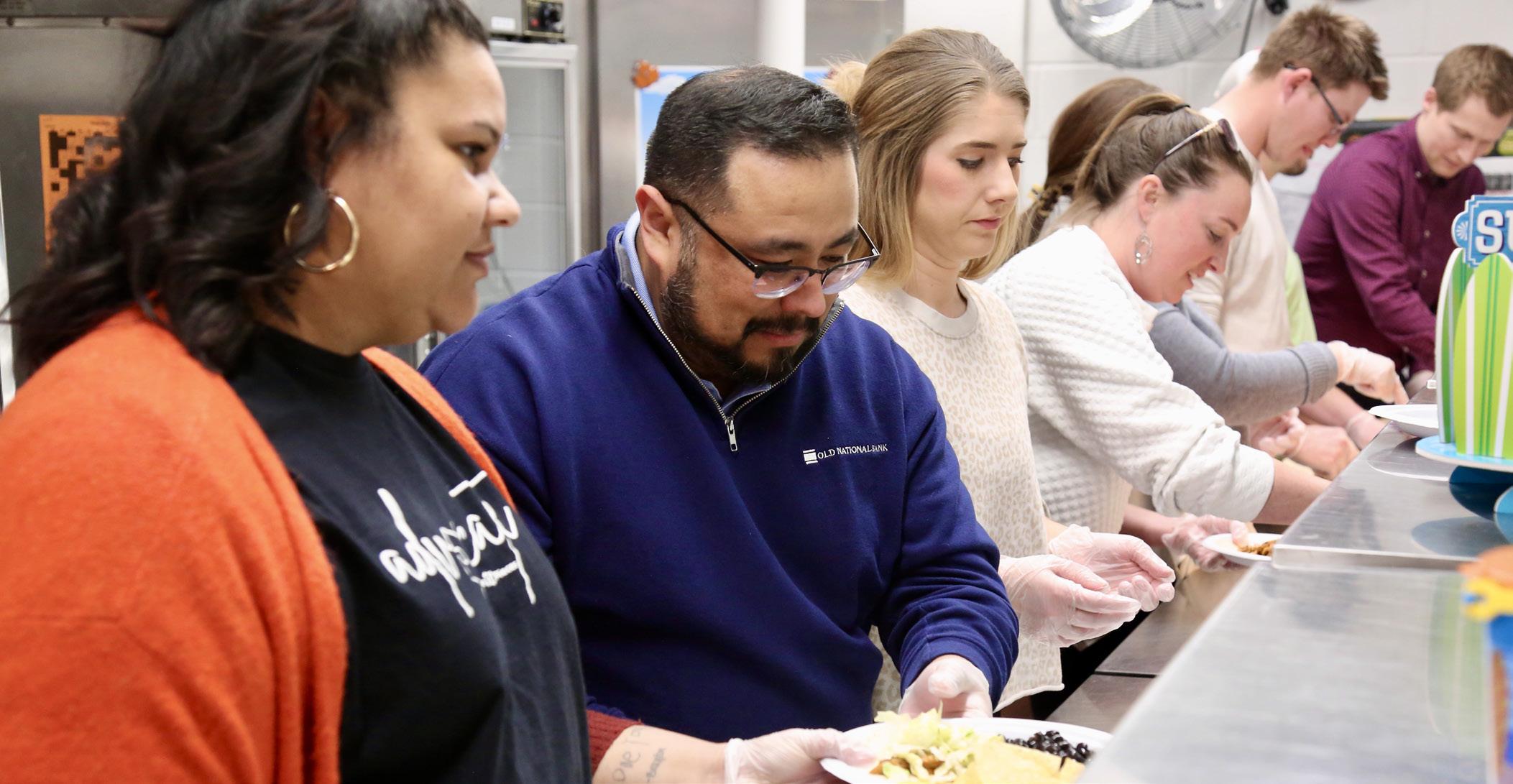
Greater Owensboro’s Public Capital
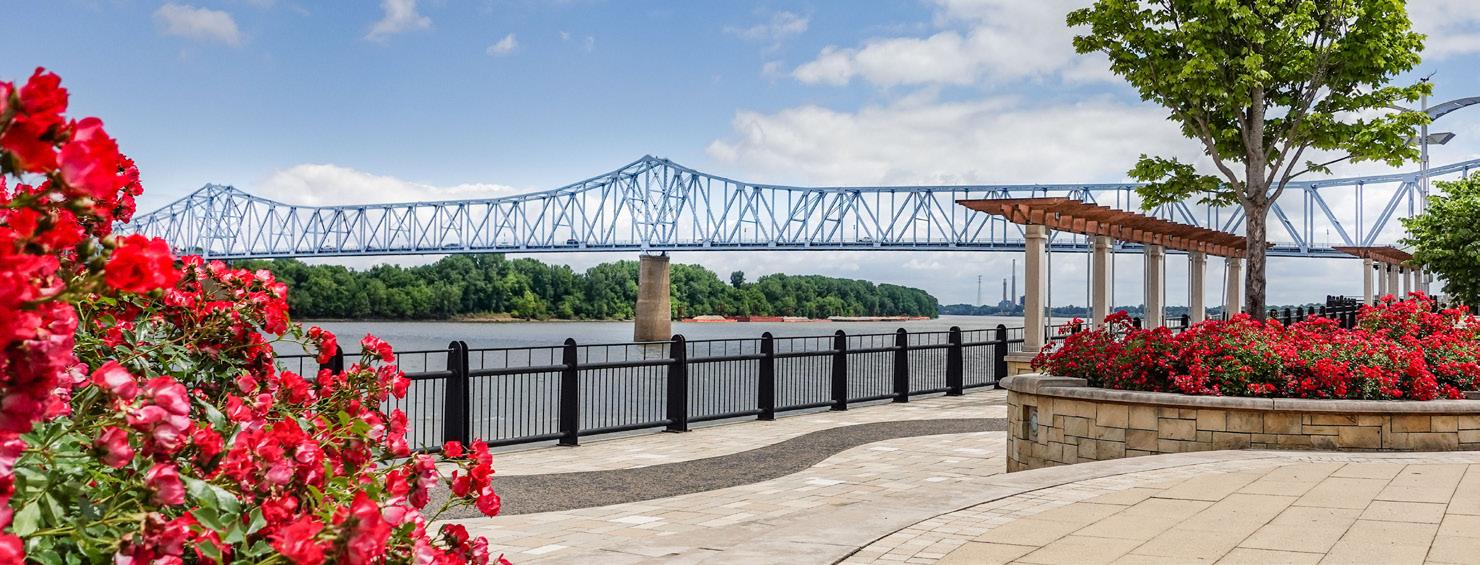
The Harwood Institute’s research and on-the-ground initiatives in communities across the U.S. and elsewhere suggest that for a community to work effectively, it needs a web of fundamental structures, networks, and norms. “Public capital” is what we call this rich, complex system. Nine factors make up The Harwood Institute’s definition of public capital, each of which a community can actively develop.
In this section, we offer a close look at Greater Owensboro through the lens of public capital. This framework should be thought of as a touchstone—not a scorecard—for understanding the current conditions of the community and how to strengthen it so it can tackle its challenges and create a greater sense of possibility and hope.
While trying to picture how public capital works, keep in mind an ecosystem that exists right outside your door—or put more simply, think about how our air, water, land, and habitat interact daily. On their own, each of these factors seems quite simple and isolated at times. Indeed, each is often talked about as an independent element. Yet what makes an ecosystem work is not only the robustness of each element, but the healthy relationships between and among them. Public capital operates in much the same way. The nine factors are both independent and highly interdependent. It is the rich, complex interaction between them that makes a community work.
Public Capital
An Abundance of Social Gatherings — that enable people to learn about what is happening in the community and begin to develop a sense of mutual trust.
Organized Spaces for Interaction — where people can come together to learn about, discuss, and often act on common challenges. These spaces help a community begin to identify and tap resources to address concerns.
Catalytic Organizations — that help engage people in public life spur discussion on community challenges and marshal a community’s resources to move ahead. These organizations help lay the foundation for community action, but do not neccessarily act as the driving force.
Safe Havens for Decision Makers — where a community’s leaders can deliberate and work through community concerns in “unofficial,” candid discussions.
Strong, Diverse Leadership — that extends to all layers of a community, understands the concerns of the community as a whole, and serves as a connector among individuals and organizations throughout the community.
Informal Networks & Links — that connect various individuals, groups, organizations, and institutions together to create the cross-fertilization effect of experiences, knowledge, and resources. People carry and spread ideas, messages, and community norms from place to place.
Conscious Community Discussion — where a community has ample opportunity to think about and sort through its public concerns before taking action. People play an active role in helping decide how the community should act.
Community Norms for Public Life — that help guide how people act individually, interact, and work together. These norms set the standards and tone for people’s engagement.
A Shared Purpose for the Community — that sends an explicit message about the community’s aspirations and helps reinforce that everyone is headed toward a common goal.
An Abundance of Social Gatherings
An Abundance of Social Gathering Places—that enable people to learn about what is happening in the community and begin to develop a sense of mutual trust. These are usually seedbeds of trust, though they can also be ways in which people stay within their own circles.
WHAT’S GOING ON?
People gather downtown and along the river. Owensboro’s downtown is a “good place to shop and eat” with coffee shops and popular restaurants that are “always packed.” People love “gathering downtown and along the river, especially during warmer
“People love gathering downtown and along the river, especially during warmer months.”
months,” said a leader. The riverfront offers a “family atmosphere” featuring the Convention Center, Smothers Park, the RiverPark Center, and more. Friday After 5 summertime parties are great opportunities to connect with friends or “bump into someone and find a conversation,” as one resident put it. Meanwhile, special events like the airshow, Burger Week, and annual Barbecue Fest are “a big unifier here,” said a leader.
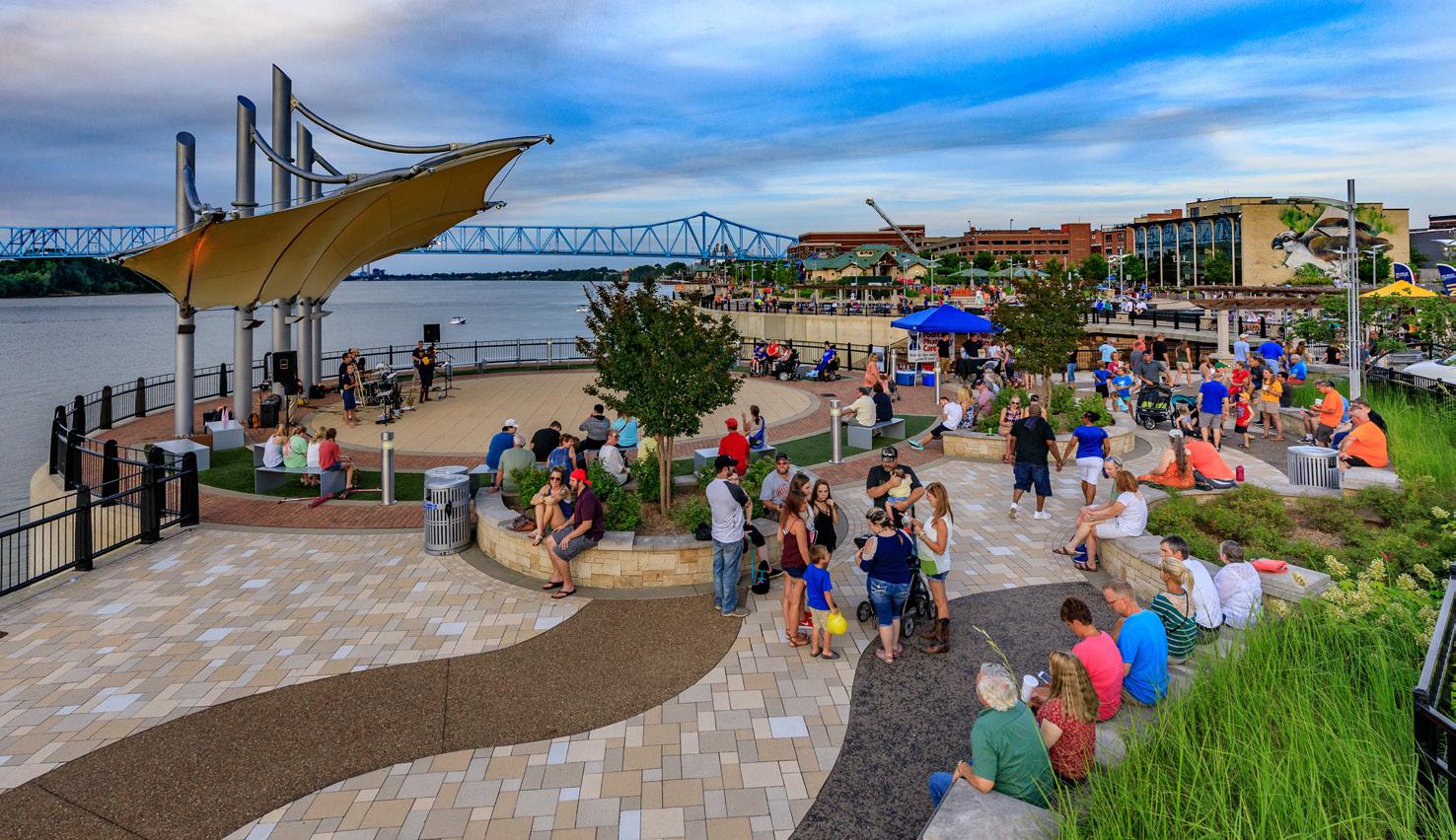
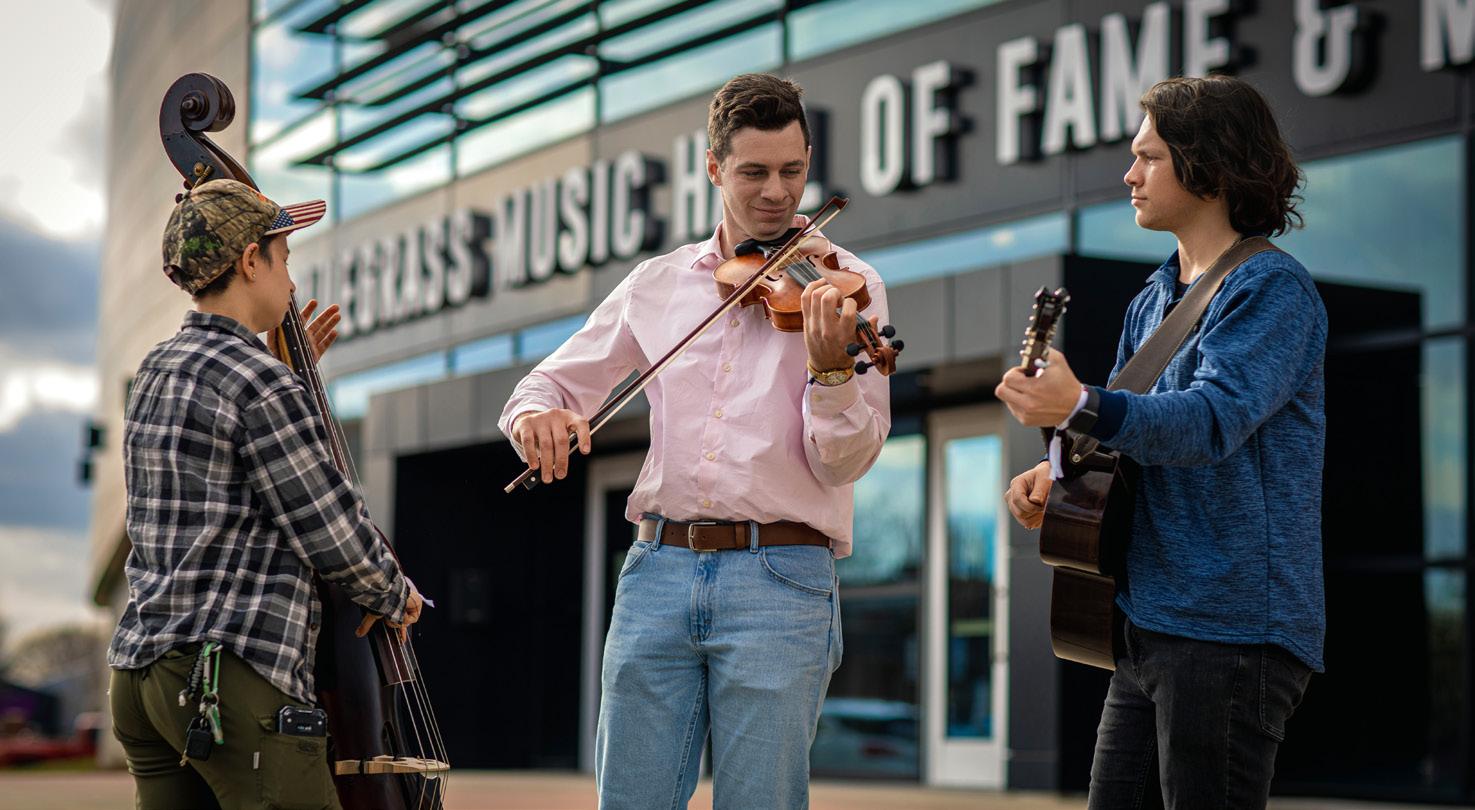
Live music brings people together. “Owensboro cherishes bluegrass music,” shared one leader. People enjoy bluegrass concerts at Woodward Theater, the Bluegrass Music Hall of Fame & Museum, and Yellow Creek Park’s annual ROMP Festival. But Owensboro’s live music scene goes beyond bluegrass; people also enjoy the Owensboro Symphony, the RiverPark Center’s musicals and plays, and the various acts at Friday After 5. The Northwest Alliance’s ‘Groovin’ on the Green’ brings people together for jazz, blues, and funk, and “has a massive turnout,” explained a leader.
Local schools and sports foster social gatherings. Connections are formed when “parents go to a school event and talk to other parents,” said a leader. Another said, “The best example of the
community coming together is through the kids. I see people cutting across the community at my kid’s school more than any place else.” High school football games on Friday nights are “packed with families and businesspeople.” Other sporting events—including basketball, soccer, volleyball, baseball, and more— also bring people together. “You talk about things when you are sitting in the bleachers at the games,” shared a resident. Many adults get together to play sports themselves. Tennis and golf are popular, and “pickleball is really big right now,” said one leader.
Churches are seedbeds of trust. “Our free time is spent in church,” shared a resident, “creating that community where we show up for each other.” A leader said, “A lot of churches have coffee and donuts and the opportunity
to gather together.” One leader reported “standing in the parking lot for 45 minutes after Mass, talking about the events of the world.” Some churches create social gathering places that bring congregations together, like church picnics and festivals.
WHAT LIES BEHIND IT?
Greater Owensboro fosters a familyfriendly atmosphere. Owensboro is “such a great place to raise kids,” said a resident, with the community’s “shared, safe” amenities widely appreciated by families. “There’s a whole family vibe about it more than in other places. Most places this size don’t have a RiverPark Center and a massive park where all the kids want to go,” shared a leader. Residents appreciate the community’s
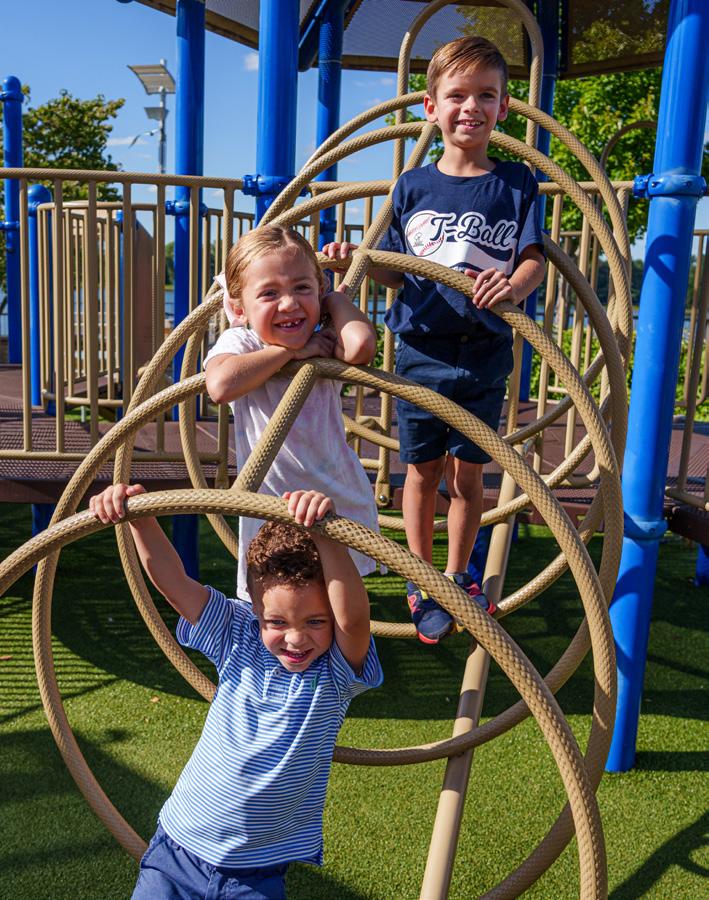
“Owensboro is such a great place to raise kids.”
various family-friendly options, including the Museum of Fine Art, the Museum of Science & History, the Bluegrass Music Hall of Fame & Museum, and the Western Kentucky Botanical Garden. In addition, local churches “are a great place to bring your family.”
People rarely mention social gathering places outside of the riverfront area. Other than churches and local schools, a leader said there “is not a lot going on” outside of downtown. “If you want to do something other than a park, your options are few and far between. It’s really challenging,” a resident shared. Even some downtown areas outside of the riverfront have fewer social gathering places than they used to. For example, one resident said, “5th Street used to be booming. There used to be a meeting place where people could gather.”
Teenagers and young adults lack gathering spaces. “Owensboro is a great place to raise a family, but I wouldn’t want to be here if I was young and single,” explained a resident. “There is no place for teenagers to go after a game or anything. All they’re doing is roaming the streets getting in trouble,” said another. “Even concerts
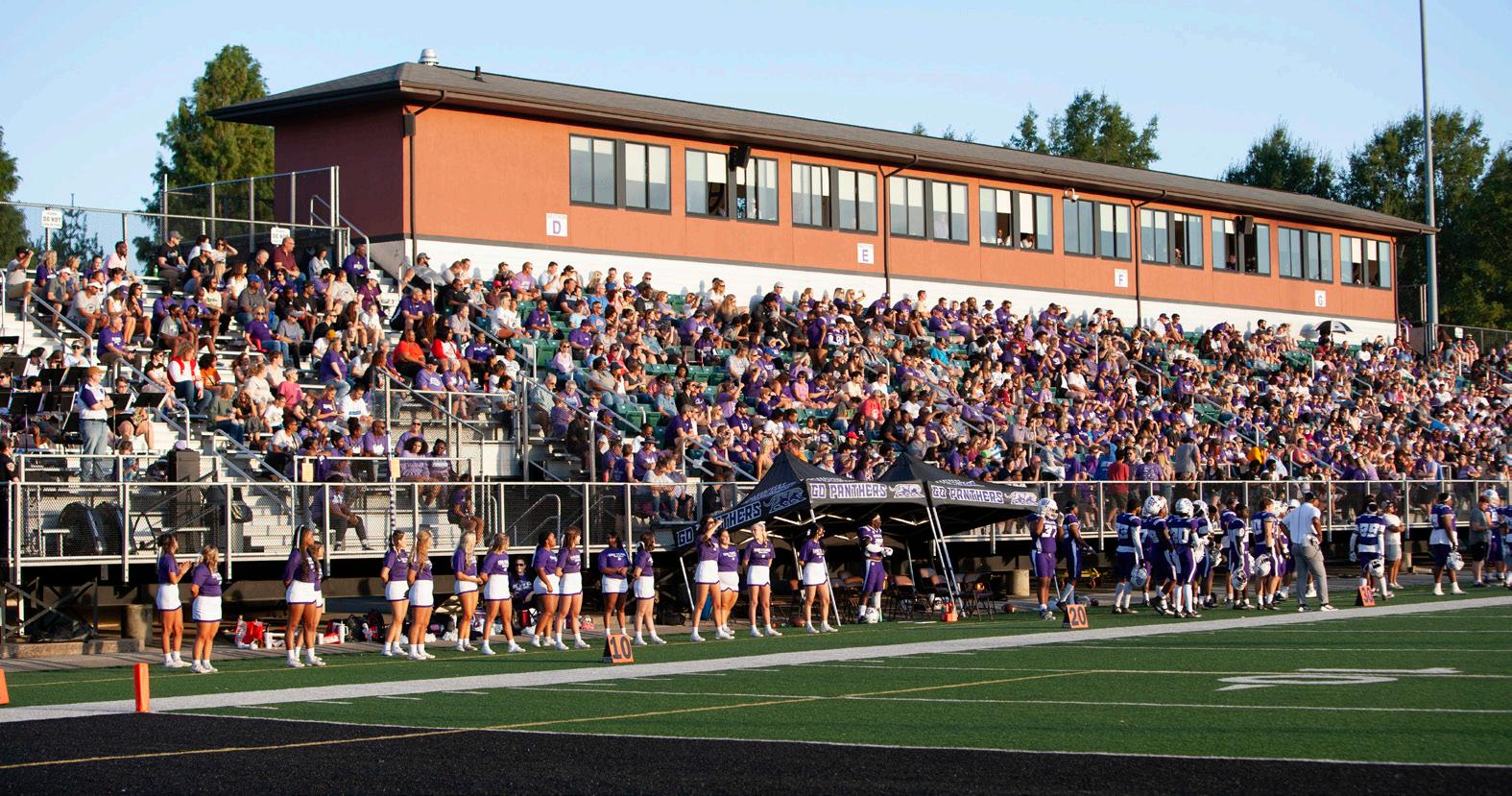
at the RiverPark Center are not geared towards younger people,” shared a resident. A high school student said they “yearn for something beyond repetitive choices.” They added that “the options for activities in Owensboro seem limited only to parks and restaurants.” Another resident put it plainly, saying Owensboro “gets boring. It caters to older people. I don’t think it caters much to younger people.”
Some groups feel unwelcome in certain social gathering places. Owensboro’s atmosphere “leaves a lot of people out and can be alienating,” said one leader. Another added that “it’s harder for single people who don’t have that traditional family.” Meanwhile, “social gatherings are not reflective of the community’s diversity,” according to another leader, with still another
mentioning how “refugees, the LGBTQ community, and the African-American community are affected by skepticism and concern” in public spaces. A Black resident said, “there were no minorities at Friday After 5.” Another shared that the music scene “is not for us,” and there’s a desire for “something to cater to these genres of music we aren’t getting like jazz, rhythm, and blues.”
Organized Spaces for Interaction
Organized Spaces for Interaction— where people can come together to learn about, discuss, and often act on community challenges. These spaces help a community begin to identify and tap existing resources to address common concerns.
WHAT’S GOING ON?
There are lots of spaces where groups meet. Leaders come together in various organized spaces throughout Greater Owensboro. The monthly Rooster Booster breakfast is “probably the greatest gathering of people every month,” a leader said. Chamber Young Professionals regularly convene spaces to talk about local issues and to “take the lead” on new initiatives like bike paths. Nonprofit board meetings and social service coalitions and working group meetings are seen as important spaces that “tackle issues,” including homelessness, addiction, mental health, disability services, and more. Some expressly cross-sector spaces exist too, including health coalitions assembled by RiverValley Behavioral Health that include “law enforcement, schools, leadership, and healthcare providers.”
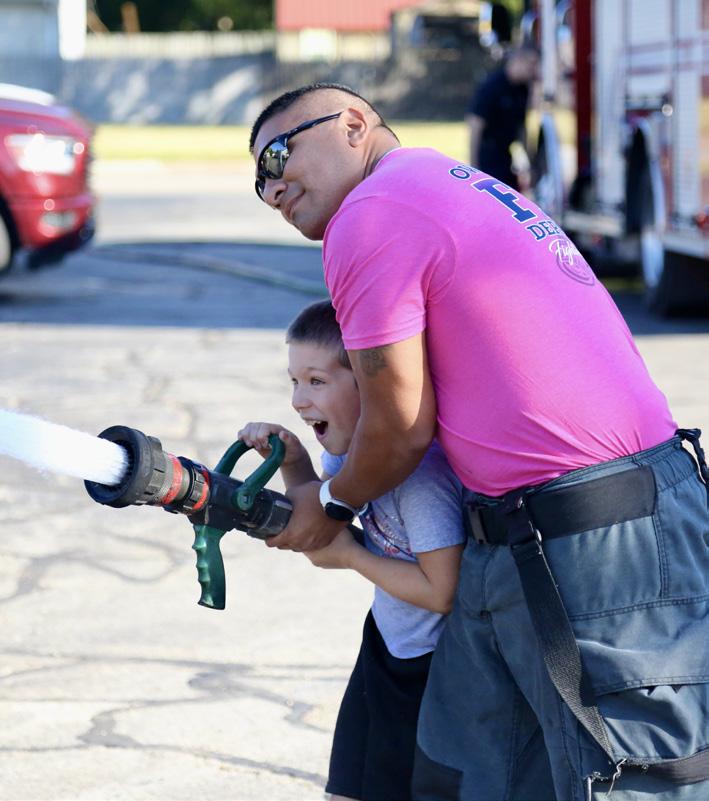
Residents are often not included. Leaders and residents struggled to name spaces where community residents are engaged to work through challenges. “People don’t get together to talk very much about issues and the town’s way of dealing with things,” shared a leader. “There are spaces, but most of them are professional settings,” explained a resident. One leader suggested providing the “opportunity to let the community speak a little more” and help drive action. They continued, “We haven’t gathered the community together and talked about, ‘What are the targets? What are we going to focus on?’” For residents, “The pathway for involvement is not clear,” shared another leader.
WHAT LIES BEHIND IT?
A lot of talk but not enough action. Within existing spaces, “A lot of people get their opinions and comments out. It’s the action part we’re missing. We keep coming together having these discussions, but when is something going to happen?” wondered a leader. The community “struggling with what to do with the senior center for 10 years” came up repeatedly as an example of stymied progress. While spaces serve as “an ongoing venue and discussion that’s meaningful,” according to one leader, another argued, “We tread water on a number of issues because we don’t make any of ‘em priorities.” Yet another
said, “People have relationships and do work together on many small issues. But I wouldn’t say we are all working towards the same goal.”
People are meeting but still mainly work in silos. While spaces for interaction exist, leaders still report that “decisions are made in silos.” Even with all the meetings, “everybody is in their own world and don’t work together,” explained a leader. “We’re all trying to do our own little thing,” explained a resident. Indeed, the discussions in these spaces often do not go deep enough and fail to foster effective collaboration. “We don’t have a venue where people develop partnerships,” explained a leader. The status quo is, “I’m going to do this thing this way, and y’all just do your thing over there,” explained a resident.
Catalytic Organizations
Catalytic Organizations—that help engage people in public life, spur discussion on community challenges and marshal a community’s resources to move forward. These organizations help lay the foundation for community action, but do not necessarily act as the driving force.
WHAT’S GOING ON?
People point to a small group of catalytic organizations. The Greater Owensboro Chamber of Commerce
“Everybody is in their own world and don’t work together.”
is seen as a “huge driver” in the community. Its Leadership Owensboro Program, Young Professionals network, and monthly Rooster Booster events spur discussion on various community challenges and help the community tap its shared resources. The H.L. Neblett Community Center has a 90year legacy of “addressing community needs and offering a place for African Americans to discuss and act on their concerns,” said a leader. Other catalytic organizations mentioned by various leaders and residents include the International Center of Owensboro, Senior Community Center, Daviess County Farm Bureau, and Northwest Neighborhood Alliance. The Public Life Foundation has catalyzed action around early childhood education, while The Hager Foundation has focused on various issues including healthcare. The Greater Owensboro Leadership Institute is well-positioned to catalyze community action with “deliberate effort focusing on how we move the community forward,” said a leader.
Alliances, coalitions, and ad-hoc groups generate movement. Various coalitions are “coming together to help find solutions’’ that “use our resources more wisely,” said a leader. Supported by $38 million from the state, HealthForce Kentucky is a “collaboration between the hospital, the schools, and universities focusing on getting more people into healthcare careers,” shared a leader. RiverValley Behavioral Health brings together other coalitions around “particular health issues.” On the issue of drug abuse, the Agency for Substance Abuse Policy and the Alliance for Drug-Free Owensboro are convening working groups. Meanwhile in business, people named the new Minority Business Coalition and GO FAME Owensboro, an alliance of manufacturers partnering with Owensboro Technical College. Additional groups include
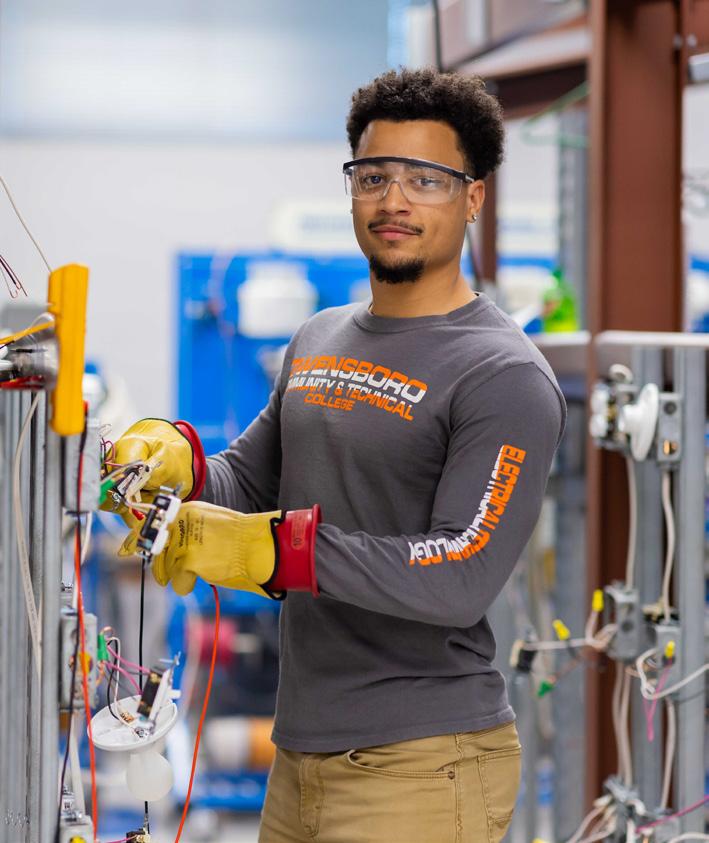
a homelessness coalition and the Owensboro Community Collaborative Task Force. Many residents and leaders mention the recent actions of Citizens for Decency, an ad-hoc group, which one resident said “channels public sentiment against content perceived as detrimental to children’s wellbeing.” In response, “a new group [Coalition for An Inclusive Daviess County] just started to support the library,” said another.
Churches are core community entities. “Churches are a cornerstone in Owensboro,” shared a leader. They play a central role in bringing people and resources together across Greater Owensboro. “Local churches provide spaces where needs like homelessness and hunger are talked about and addressed,” explained another leader. Various churches engage in important community efforts, including First Presbyterian’s multicultural festival, Owensboro Christian Church’s thrift store, and First Christian’s garden that “helps Afghan refugees and restaurants in town.”
Greater Owensboro has a lot of respected organizations that support the community. Owensboro’s three universities—Brescia University, Kentucky Wesleyan College, and Owensboro Community Technical College are all highly valued. The area’s premier health organizations— including Owensboro Health, RiverValley
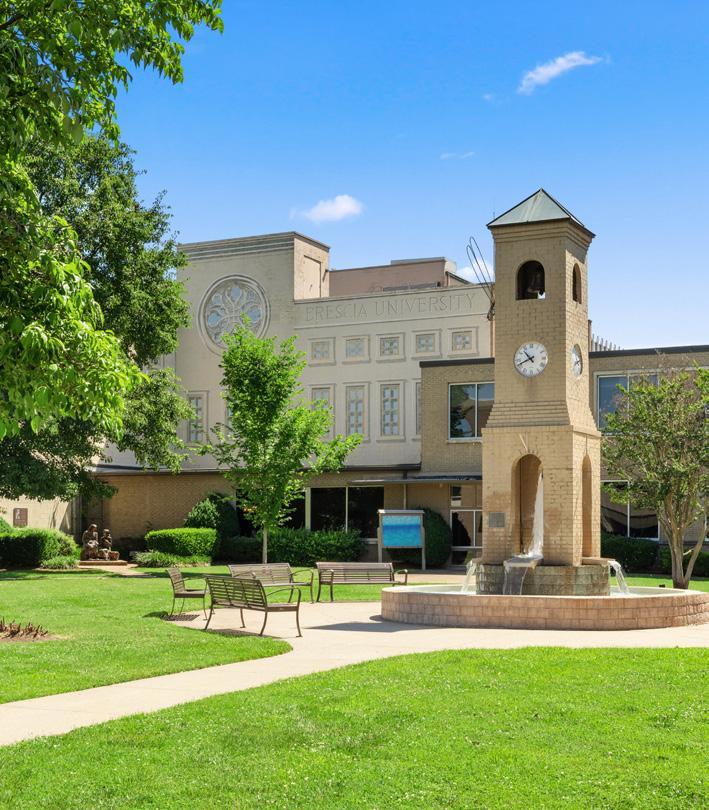
Behavioral Health, Green River District Health Department, and others—were repeatedly named as vital. Wendell Foster and Puzzle Pieces, which both serve people with disabilities, were also mentioned repeatedly. Owensboro’s “amazing recovery community” and homeless shelters work on the front lines to support those most in need.
Across Greater Owensboro, many people cherish the community’s cultural institutions, including the RiverPark Center, Bluegrass Music Hall of Fame & Museum, Museum of Science & History, and Museum of Fine Art. The Economic Development Corporation and Convention and Visitors Bureau (Visit Owensboro) are noted for helping the community grow and attracting tourism. And beyond the jobs they provide, various businesses are recognized for their widespread community support.
WHAT LIES BEHIND IT?
Organizations struggle to work together. “What organizations do in this town is special,” explained a resident. Nevertheless, many mentioned “a silo effect” in the community that prevents deeper catalytic action. Working groups “reunite whenever something is going on,” but struggle to maintain lasting relationships, explained a leader. “There
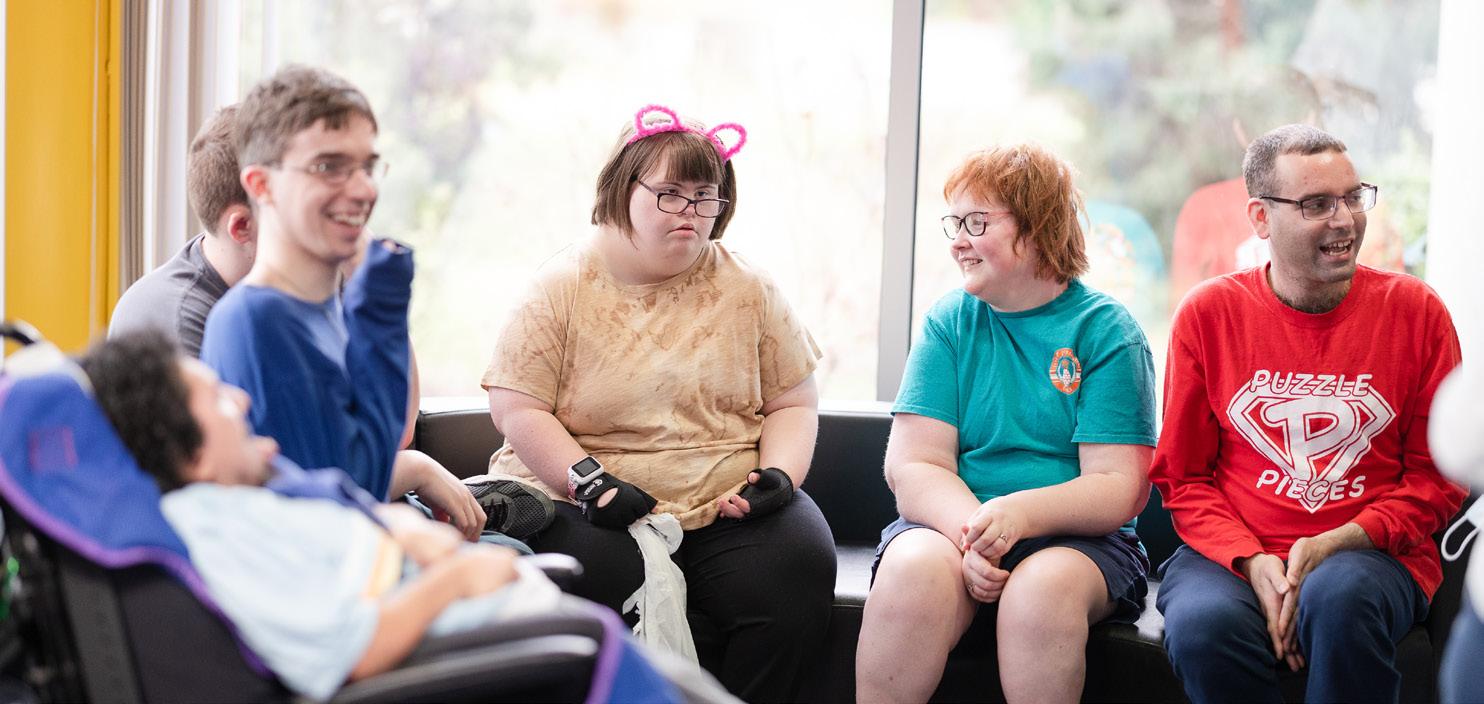
are organizations that rise to the top when you talk about certain problems in the community,” shared a leader, but most people, “don’t see groups that have some kind of connection moving together a lot.” Speaking to the benefits of organizations working together in new ways, a resident said, “There are a lot that have similar missions that could join forces.”
Most nonprofits focus on providing programs and services. Many organizations “help in their special way,” said a leader. Another said, “Nonprofits provide critical services ranging from assisting mothers in abusive households to supporting individuals overcoming addiction.” Homeless shelters are widely praised for their service to those in need. Other nonprofits “support youth,” “have workforce initiatives,” or “provide hands-on resources,” said a leader. Across the board, nonprofits are focused on their missions, and many are stretched thin. Many must “focus on raising money.” A nonprofit leader said, “We are treading water.” The bottom line is that while many organizations are working hard to do good work, they are focused primarily on surviving and providing services to the community.
A lack of engaging residents and forging a shared pathway forward. Owensboro has numerous organizations that are doing important work, but residents and leaders say that the
community still lacks an organization that engages people to discover a shared pathway forward. Leaders say, “No one is leading a wide conversation that addresses everyone” and “No one is bridging the sectors of the community.” Some noted the potential of Greater Owensboro Leadership Institute to bring the community together, but the organization is still young. A more than decade-old example of catalytic leadership came up time and again among community members: The Public Life Foundation of Owensboro sparked organized conversations that “brought hundreds of people together,” which led to “a lot of progress and a revitalized downtown.” But people view this as something from the past that is long-gone. Sharing a common sentiment, a leader said, “It has probably been 10 years since we’ve had dialogue where we’ve attempted to bring the community to participate.”
“It has probably been 10 years since we’ve had dialogue where we’ve attempted to bring the community to participate.”
Safe Havens for Decision-Makers
Safe Havens for Decision-Makers—here a community’s leaders can deliberate and work through community concerns in “unofficial,” candid discussions.
WHAT’S GOING ON
Leaders value the safe havens they have. Some leaders reported getting together in small groups to have unofficial, candid discussions. One leader values safe havens that are “informal in nature” and focus on “how we become a better community.” They said, “We talk about what’s really going on. We help each other navigate politics. It really is a safe conversation that will stay with that group.” Another leader finds value in a similar “safe space,” describing a recurring, intimate gathering where “people from a variety of venues draw lessons from one another’s contexts.” Many leaders emphasize the importance of casual, candid discussions, with one noting, “Things get hung up when you add the formality to it.”
Leaders need more safe places to sort things through. Mulling the importance of safe spaces, one leader shared, “People need to be in an environment where they can sit down and discuss the real issues without being under a microscope or being recorded so
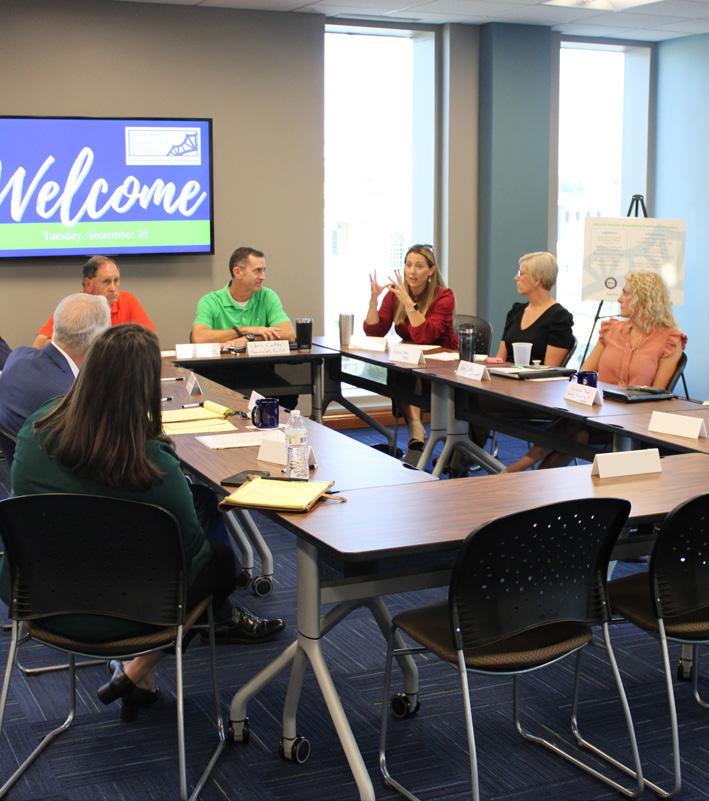
they can have candid conversations.”
Despite the importance of such places, many leaders said these unofficial conversations about community concerns are “sparse” and are typically “just one-on-one conversations.” One said, “We don’t really see one another outside of meetings and working on issues.” Leaders repeatedly said more safe havens for decision-makers are needed because, “You get to see other people. You get to connect. You’re learning and you want to be seen. There’s a secret sauce there.”
WHAT LIES BEHIND IT?
Leaders have trouble having tough conversations. “We have trouble sitting down and having rational conversations with each other about concerns,” explained a leader. Leaders often struggle to productively challenge
“We have trouble sitting down and having rational conversations with each other about concerns.”
each other. “I think most groups have been formed because they’re more of one mind,” explained a leader. Leaders know it is important to “hear different perspectives,” but when it comes to challenging each other, leaders “don’t want to lose friendship, so they just bite their tongue most of the time.” Some leaders report going to social media as the source for open discussions. “You see a lot of the discourse there, but it’s mostly negative,” a leader said.
Feeling guarded and fearful prevents candid discussion. Leaders doubt their ability to express themselves in confidence, fearing backlash or “upsetting the status quo.” There’s “a wall built up with everyone,” shared a leader. Still, many said that they have a desire for such discussions. “It would be great to be able to sit and talk with other leaders and not feel that you had to be guarded in what you say,” explained a leader. But leaders are leery of stepping forward to have such discussions. One leader said, “The measure of safety would change as soon as you walked out the door. Depending on what you are a part of, some of the issues discussed would not be safe after the doors open.”
Strong, Diverse Leadership
Strong, Diverse Leadership—that extends to all layers of a community, understands the concerns of the community as a whole, and serves as a connector among individuals and organizations throughout the community.
WHAT’S GOING ON?
Elected leaders are deeply mistrusted across the community. Most leaders and residents who participated in conversations described elected officials as out of touch and untrustworthy. “To be frank,” one resident said, “I think most people hear from leaders during election season. And then how much do you hear from them after that?” Many residents shared that elected leaders don’t pay attention to challenges “until it’s on their doorstep, in their face, creating an issue for them.” While some community leaders described elected officials as “vindictive” and “smallminded,” a few leaders and residents praise elected leaders’ “courage to make decisions that are unpopular.” One leader felt, “They strive to do what they think is best, but it just doesn’t always
translate for everyone in the community.” Still, the overall sentiment is one of mistrust and frustration with elected officials across the board.
People readily name community leaders they trust. During conversations, people are quick to mention leaders who earn their trust by “consistently being there, showing up for the issues impacting our community,” as put by one resident. Across the community, people recognized “formal” leaders ranging from corporate executives, to city government, to the hospital, to the chamber, to “really active” college presidents. However, people most readily named “quiet leaders” from churches, nonprofits, schools, and neighborhoods who were closer to them. “There’s lots of people that are influencers and leaders without necessarily leading whole organizations or being government leaders,” shared one leader. The various characteristics residents most often used in describing this set of leaders included “helpful,” “trustworthy,” and “compassionate.”
There are clear gaps in leadership diversity. Across Greater Owensboro, leaders and residents alike expressed concern over the lack of women, young people, and people of color in leadership roles. A leader said, “If you are a caucasian male over the age of 60, your chances of getting elected are pretty strong.” But people’s critique of leadership diversity went beyond elected roles and into business, economic development, and governing boards. One resident shared, “Leadership boards fail to reflect the diversity of the community.” Another resident expressed a common wish that leadership would better “mirror the community.”
Some leaders resist change. In the past, we’ve had great visionary leaders way ahead of their time,” shared a leader. “We had people talking about doing things that towns our size didn’t do. We always hung our hat on doing things that were ahead of the curve.” Yet today, people across Greater Owensboro describe leadership as largely resistant to change. “Our leaders seem to be hesitant to talk about the things we could do that could make our community
“There’s lots of people that are influencers and leaders without necessarily leading whole organizations or being government leaders.”
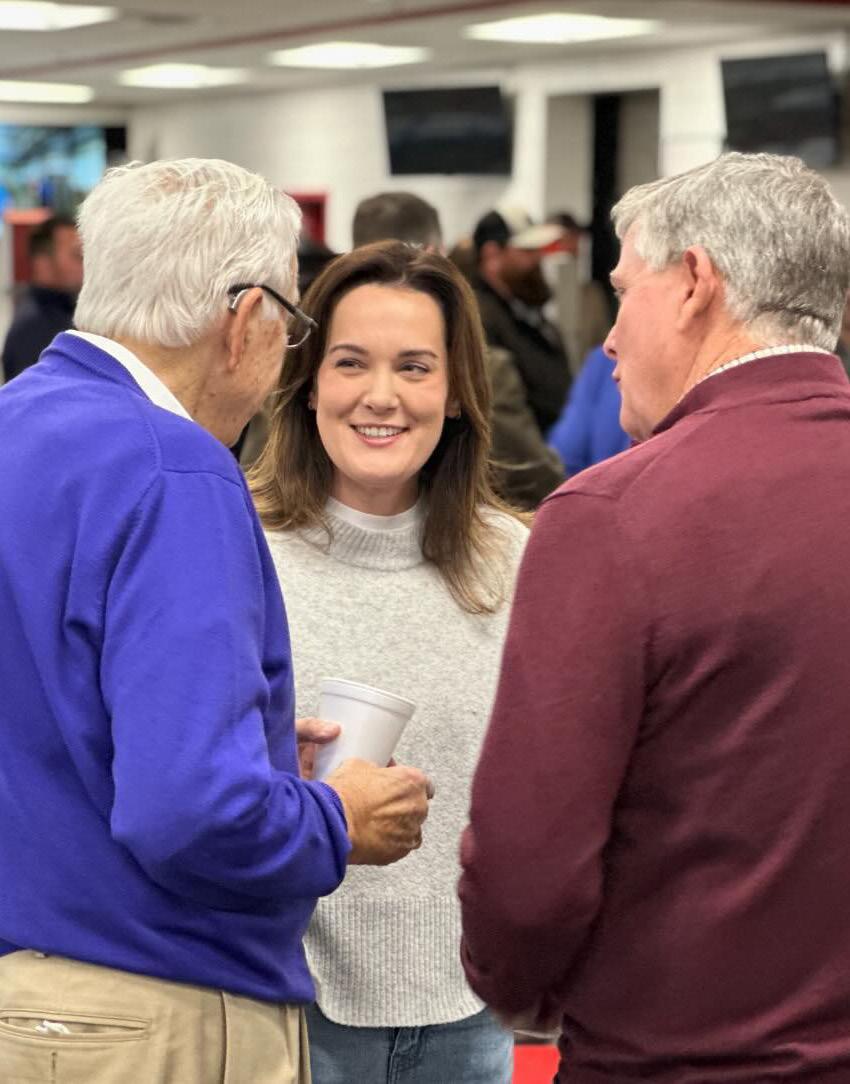
a better community in the future,” shared a resident. A leader described “leadership living way too much in the past, holding to traditions and not trying new ways of doing things.” For example, many people across the community believe leadership’s resistance to change is exemplified by the failure of the fairness ordinance that “people have been trying to pass for six years.”
WHAT LIES BEHIND IT?
New people and ideas aren’t included. “It’s a really close-knit group at the top,” a leader said. Within formal leadership circles, “Everybody knows everybody,” explained another leader. “The new people and new ideas can’t get in.” A resident expressed frustration because current leaders seem to “live in their own
bubble. That’s where the struggle is.” A leader said across community leadership positions, “You’ll just find a continual revolving door of the same people moved around, shifted to different spots.” Another explained, “It would be hard to be known or accepted in that old Owensboro network if you didn’t have the right last name.” Some women and people of color expressed difficulty getting a foot in the door to different leadership opportunities. Meanwhile, people who move into the community report feeling they “will be an outsider forever.” A leader said, “It can be a tough town to get accepted in because everybody knows everybody, their family, and how long they’ve been here.”
The lack of fresh leadership demoralizes many. “We have trouble getting new people into critical leadership positions,” explained a resident. Another said, “It’s the same good old boys network that has always been.” This is demoralizing to people. Recognizing a need for “young people to take a larger role in our governmental affairs and in leadership,” a leader said, “we give it a lot of lip service and then it just doesn’t happen.” Another explained,
“The new people and new ideas can’t get in.”
“We don’t have the next crop of leaders, and when we have them attempting, they aren’t welcomed.” Describing the sense of stagnation heard across conversations, one more leader said, “We haven’t done a good job of saying somebody else needs to step up and jump in. We haven’t adapted well to the change.” Students described not seeing opportunities to explore leadership roles. One high school student said, “There’s barely any support from leaders that are adults.”
Leaders need to work better together. People mention the need for leaders to work together in more productive ways. This concern includes elected officials, who, especially between the city and county, “struggle to have common goals.” But this concern broadly implicates leaders across sectors. One resident said, “We need to work together on more problems that need to be solved before things get worse— crime rates, everything.” Someone else said, “I’m a little bit exasperated because I see some good opportunities with the downtown area and some other areas and it gets so polarized so easily.”
A leader sees the need for leadership to “create opportunity” and address the “lack of social mobility and hopeless atmosphere for young people.” Given Greater Owensboro’s challenges, there’s a sense of urgency for leaders to figure out a better pathway forward.
Informal Networks and Links
Informal Networks and Links—that connect various individuals, groups, organizations, and institutions together to create a cross-fertilization effect of experiences, knowledge, and resources. People carry and spread ideas, messages, and community norms from place to place.
WHAT’S GOING ON?
Strong business networks exist. Greater Owensboro has a “strong, engaged business community with a diversity of employers” who connect “through the Chamber, Economic Development Corporation, and other programs,” explained a leader. Informal business networks “rally around attracting business to Owensboro.” And connections of “people from the big businesses in town” form through Chamber events, which are regarded as “the place to get face-to-face with a community partner, business owner, or somebody you haven’t been able to get on the phone.” Further, “small
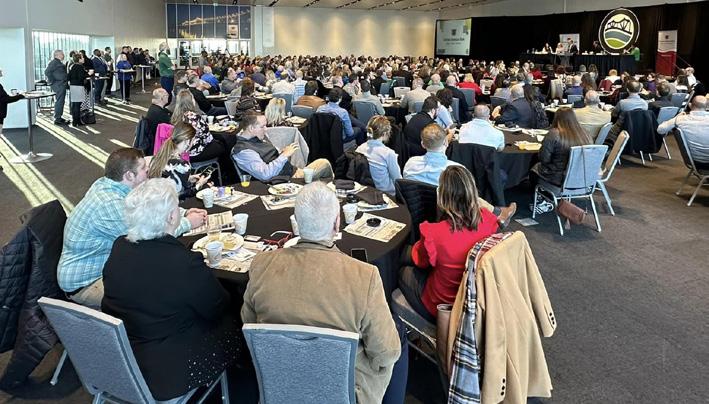
business owners connect at coffee or breakfast to work together or just meet,” explained a leader.
The Chamber develops networks through Leadership Owensboro and Chamber Young Professionals.
“Leadership Owensboro is a leadership group run through the Chamber for aspiring leaders in town,” explained a leader. Each cohort “spends about eight months going through programming, learning about the community, and having conversations about what we can do to make our community better,” explained another. Participants describe close relationships formed within classes and among alumni. A leader said, “The Alumni Association and CYP are firing on all cylinders right now.” The CYP— Chamber Young Professionals—group has “a lot of potential,” according to a member, in part because, “We’re very different on the political, personal, professional spectrum, but we’re able to work together.” A leader said, “CYP is a terrific resource for this community. It gives me hope that we have a great future because of our young leaders.”
Churches and schools provide strong local networks. “We have a strong sense of community in the church and school systems,” shared a resident. “A lot of people tend to get into their community group within their church,” explained another. While the strongest religious networks are within individual
churches, there are some networks that extend across congregations. One includes the Men’s Mass Community Choir, which brings together “Black, White, rich, poor, convicted felons, law enforcement, [and] leaders in Owensboro.” Beyond churches, robust networks form via “interactions around the school. That’s where we have shared interests of different socioeconomic classes,” explained a leader. In addition, strong parental networks form among those with kids who are “heavily involved in activities,” shared a leader.
The agricultural community is tightly connected. The agricultural community “is banded together. Everyone helps each other,” said a resident. They “have their own meetings and take care of their
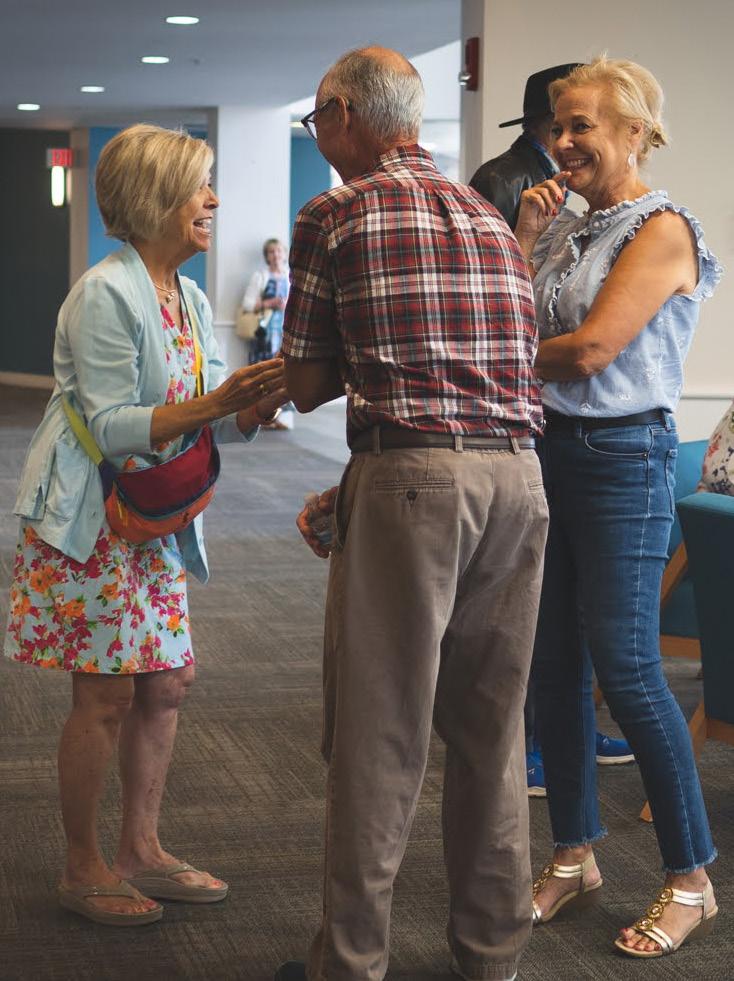
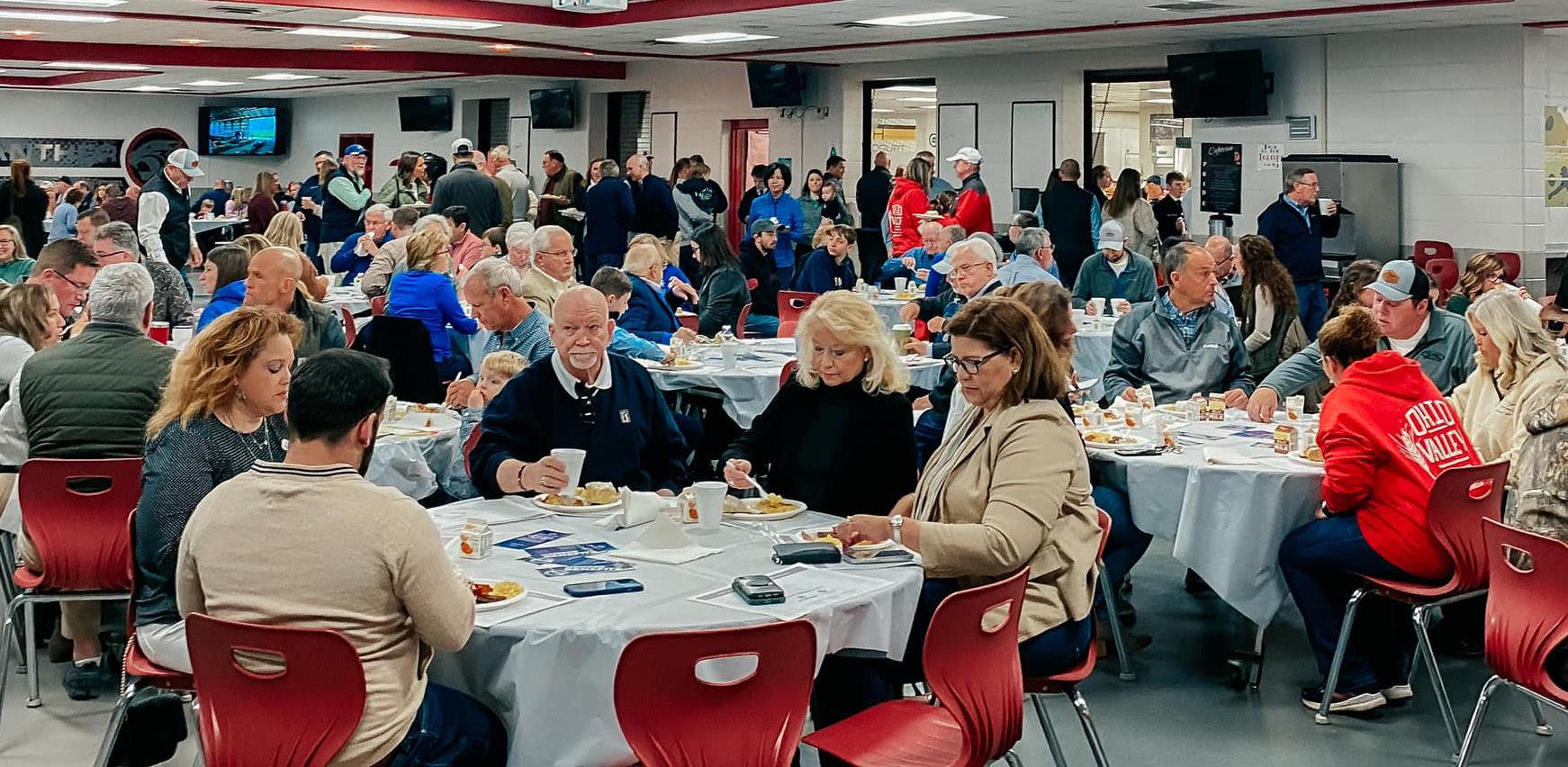
issues,” explained another resident, meeting informally and formally through the Daviess County Farm Bureau and other groups. A Farm Bureau member said the group expands its network through “leadership and outreach,” while Future Farmers of America helps foster youth agricultural networks.
“Farmers are probably the best example of how to work together,” shared a resident. “All of them work together all the time.”
There are a variety of other networks. Owensboro has a variety of networks that include mental health, recovery, homelessness, recreation, community service, and more. These groups
“organize and come together” informally or formally through boards, coalitions, and councils. Impact100 Owensboro “brings together 100 women who come together, vote, and grant a $100,000
award.” Further, there are what a leader called “staples” like the NAACP, Rotary Club, Lions Club, Kiwanis Club, VFW, and AmVets, some of which are “actively taking on issues,” explained a leader. Additional networks have formed around volunteerism and others around cultural issues ranging from Black Lives Matter to library book removal.
WHAT LIES BEHIND IT?
People find value in existing networks. Networks in the recovery community— including Alcoholics Anonymous, Narcotics Anonymous, Celebrating
“Farmers are probably the best example of how to work together.”
Recovery, SMART Recovery, and more— provide important “connections and support” that are not found elsewhere. In leadership spheres, network events are some of the “best places where conversations are happening,” said a leader. Networks provide opportunities for people to “meet, connect and see if there’s a way to work together,” said a leader. Further, they provide connective tissue and “help develop partnerships” on “issues that affect so many families regardless of their socioeconomics, politics, or religion,” said another.
Leadership networks are seen as being exclusive. People talked about the presence of an “old guard” in government, business, and other leadership networks who are “in control” and “are not friendly unless you’re in the
circle.” This is a theme heard throughout this report. A rural resident shared that, “It’s hard for entrepreneurs unless you grew up in this community. They get the cold shoulder from some of the organizations here in town. There’s a lot of obstacles and roadblocks for those people.” According to another resident, leaders in these tight groups, “don’t see us as a whole. They see themselves and value each other’s opinions.”
The religious community is fractured. While networks within churches are strong, and some examples of churches working together do exist, Greater Owensboro’s religious community is largely fractured. According to a leader, you have “a variety of Catholic parishes, every grade of Baptist, Methodist, Episcopalian, Presbyterian, and more.”
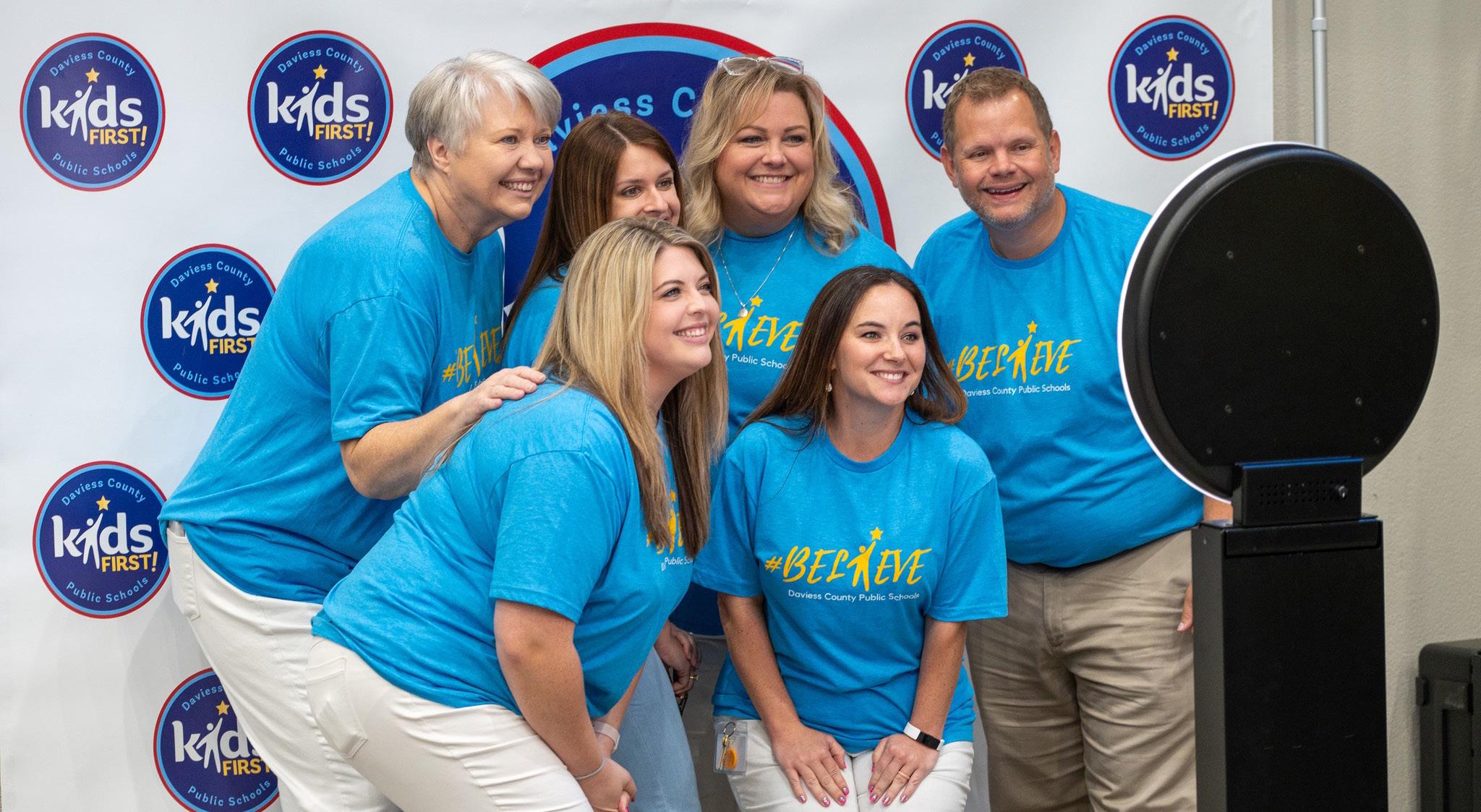
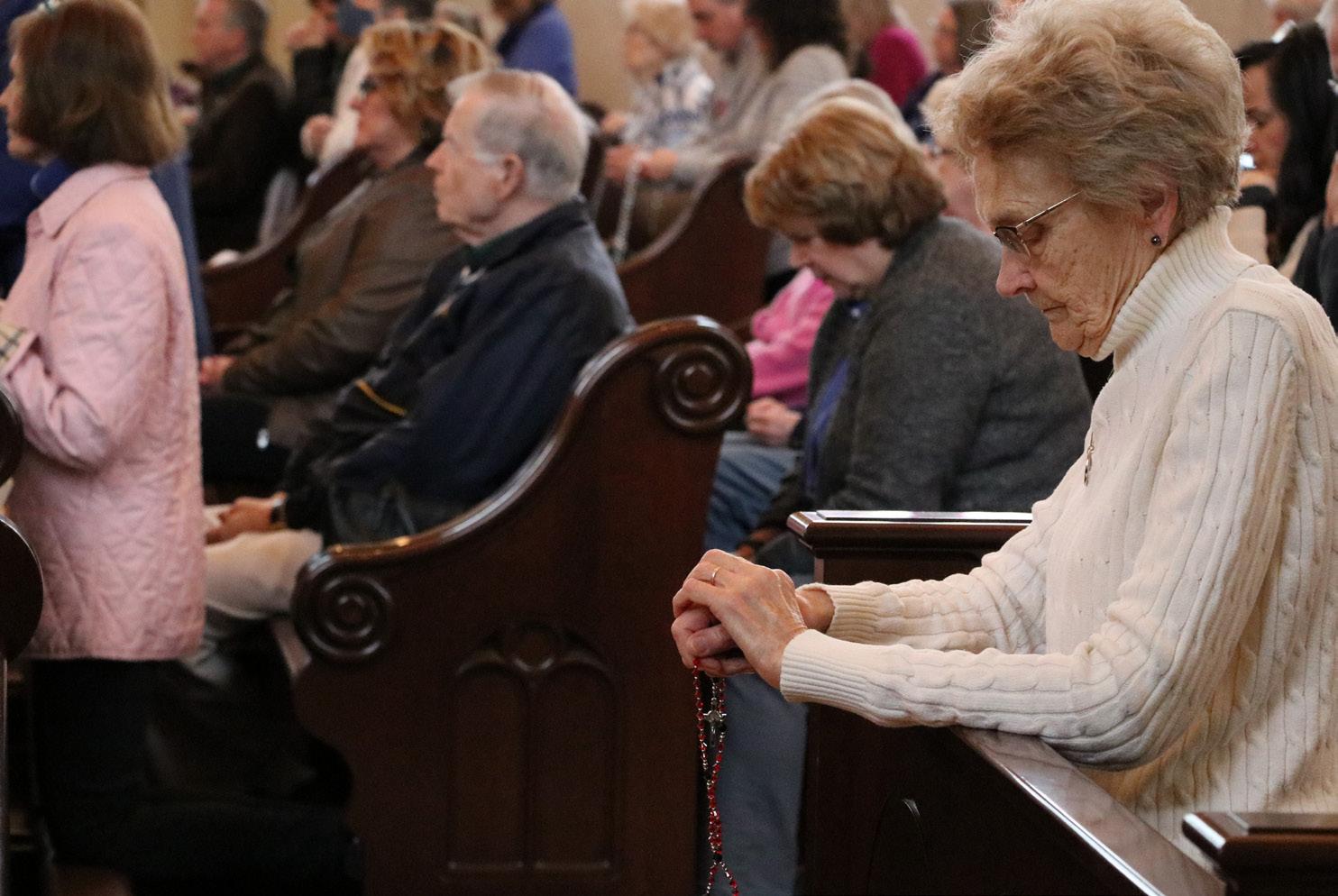
Another leader said, “There is a big time religious divide,” with yet another noting broad difficulty forging trust “beyond individual congregations.”
Even within denominations, leaders mention examples of “internal strife” and “infighting.” Regarded as “siloed groups,” pastors “almost never meet.” A leader explained, “They do good stuff, but it’s all independent, based on what they want to do. It’s not based on our needs in the community.”
Links between existing networks are lacking. A leader shared, “In general, everybody tends to meet with the people in church, people in their occupational groups,” expressing that
“it seems to be somewhat segmented.”
People also mention strong networks within neighborhoods. “Specific neighborhoods or regions of this city are very unified,” a student said, ”but we struggle to work and be involved together, not as a separate entity.”
Echoing this sentiment, a leader said, “People worry about their backyard, their area. You need to link with some people outside the area to bring more resources.” The lack of links between existing networks reflects Owensboro’s tendency for “closed circles,” “pockets,” and “cliques.” The community needs ways to “work better together and be more collaborative,” said a resident. Connecting the community’s robust networks together is key.
Conscious Community Discussion
Conscious Community Discussion— where a community has ample opportunity to think about and sort through its public concerns before taking action. People play an active role in helping decide how the community should act.
WHAT’S GOING ON?
Few opportunities for authentic discussion exist. A few examples of community discussions came up in conversations. “Neighborhood alliances get together and discuss various issues in particular communities,” a leader explained. Another leader mentioned “community conversations at the library about youth violence with people from different areas.” Community Coffees and Morning Joe were also mentioned as opportunities to engage and sort out concerns. Beyond these examples, leaders mentioned various resident
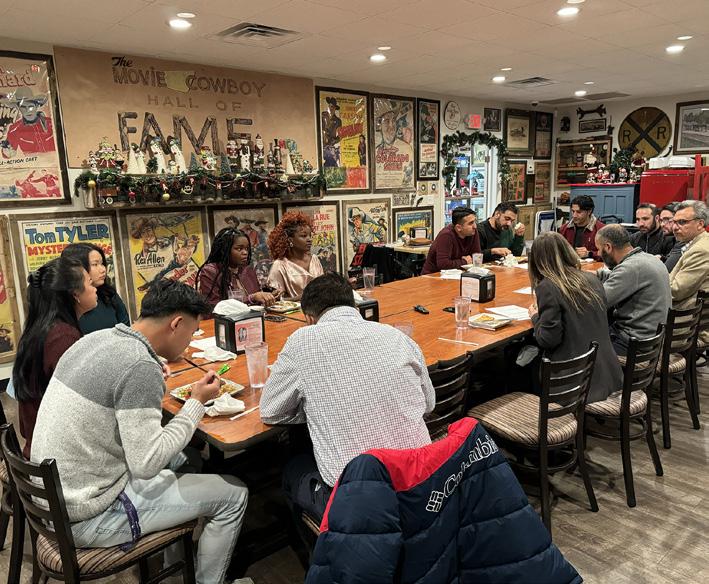
surveys, but generally struggled to name opportunities for actual community discussion. Most residents also noted a lack of opportunities for discussion. “As far as getting out there together to discuss issues, that doesn’t happen,” explained a resident. Another added, “We don’t seem to have concrete ways to make progress in being a community together.” Some county residents mentioned official meetings as outlets, while one city resident mentioned that “city council meetings are a good way to get useful information,” but attendees are just there to “listen in.”
The community lacks an ethic of productive talk. Greater Owensboro struggles to “get down to the bottom of the issue and figure it out,” explained a resident. When people meet, “Everybody comes with their own agenda,” a resident said. There’s widespread agreement that conversations rarely end up working through things. One resident said, “A lot of people like to complain and tell you what the problem is but not a lot of people give you solutions or tangible things.” A leader agreed: “It’s an airing of frustrations. It’s just, ‘let me speak my mind and you can speak your mind.’ Nobody’s really there to listen.” This boils down to a clear reality: “We don’t have the honest conversations we need to have around issues in our community,” said a leader.
People go to Facebook for discussion. “People don’t need to be on Facebook two hours a day, but they prioritize that over community,” shared a leader. In fact, some people view Facebook as the primary way to engage as a community member. “Too many people think getting involved means complaining in the comment section on the Owensboro Times on Facebook,” shared a resident. Further, people say social media creates negative norms for community conversation. A resident said, “We get scared by social media because we get attacked. And it doesn’t translate into what actually happens in face-to-face conversations.” Another added, “We need more interaction where you get to know people, you talk to people, you see the differences, and you see the commonalities.”
Deliberate community discussion has generated progress in the past.
As noted elsewhere, many Greater Owensboro residents nostalgically recalled a series of conscious community discussions initiated by The Public Life Foundation in the late 2000s. A resident shared, “15 years ago, we started a process in Owensboro with lots of community conversation over the condition of our downtown. And we came to a joint conclusion that we needed to do something.” Ultimately, “Hundreds of people coming together to talk led to the downtown renovation.” Long-time residents repeatedly
“We don’t have the honest conversations we need to have around issues in our community.”
mentioned this engagement process as a great success, and the results—the developed riverfront—as a point of pride. Since then, the ethic of conscious community discussion has declined. A leader said, “It has been years since we attempted to bring the community and participate.”
WHAT LIES BEHIND IT?
People are afraid to speak up. Residents said people “fear retaliation or blow back” or “feel like if they stand up, they’re going to be attacked.” People generally report missing a sense of safety, acceptance, and understanding. “We’re a very judgy group,” a community member said.“We have a lot of very judgmental people.”
After sharing a comment during one of these conversations, a resident said, “I wasn’t even sure if I wanted to say that because I don’t know that my point of view is always accepted.” Residents describe the need for the community to create safer conditions for people to speak up. “If we can understand that we are allowed to communicate our
different opinions about issues and still work together to find common ground, that will make a difference,” explained a resident. For now though, the prevailing atmosphere is “scary if you’re going against the grain.”
People are skeptical that conversations will lead to action. “People can tell if you’re about action, or if you’re just talking,” said a resident. “People are tired of conversations that fail to produce any action. “We often get into this place where we’re stuck; nothing ever changes because nobody wants to do anything except what they want,” shared another resident. People are skeptical to get involved because of past experiences where no action was taken on their concerns. “Nothing’s being done. There’s no change,” said a resident. “Why try?” asked another. “What’s the point of trying? Ain’t going to happen.”
More authentic community discussions are needed. People repeatedly mention the need for community members to
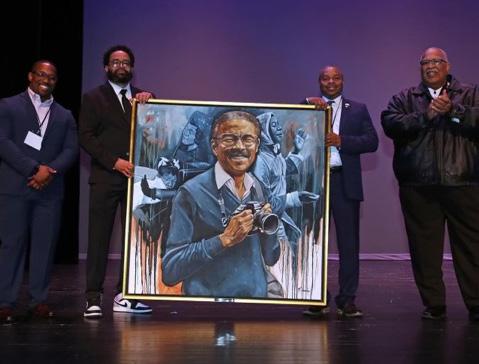
“If we can understand that we are allowed to communicate our different opinions about issues and still work together to find common ground, that will make a difference.”
see and hear each other. A resident said the community needs someone to “set up” conversations where people “come and talk about issues where we have a tough time. Then people can come in and take ownership of those things. I think it would be very beneficial.” A leader said, “I think that if people would put their personal differences aside and listen…there are times that the citizens can get up and say whatever, and without being judgmental, just stating what your concern is. I think that would go a long way.” Beyond just getting conversations set up, one resident reflected that to make discussions work would require that, “We step out and take risks.” Another said, “We really got to listen to each other in all the different communities and figure out what is best for the entirety of Owensboro.”
Community Norms for Public Life
Community Norms for Public Life—that help guide how people act individually, interact, and work together. These norms set the standards and tone for civic engagement.
WHAT’S GOING ON?
The community has a deep ethic of helping. Across the community, leaders and residents repeatedly talked about the different ways people in the community help one another. A leader said, “This is a town where if you have a charitable cause, people will roll up their sleeves, give money, or volunteer their time. We have a community of people that come together to do good, to make a difference.” People mentioned feeding the hungry, serving seniors, and supporting underprivileged kids and the schools as some of the different ways people and groups step up to support one another. Residents also mention instances of people helping each other in small, yet meaningful ways. One resident even shared an experience on the way to one of the community conversations that informed this report: “We had no idea where to go, and the young man offered to walk us over to the building. A total stranger gave me help. And I experience that all the time here.”
A conservative perspective shapes the community. Many people describe the Greater Owensboro community as “conservative.” For some, this is equated with a “building from scratch, building it yourself, growing from within” mentality. A leader described the community’s conservative orientation as focusing on “traditional values” and a “distrust of government.” Some people “just want to be left alone. They don’t want their taxes to be raised. They don’t want money going towards a new stadium or something,” explained another leader. One more leader explained, “We’re more of a ‘hold what you got, keep the wheels on it’ kind of town than we are ‘set a goal and stretch for it.’”
A small group drives decisions and resists change. A leader explained that the “general perception is that Owensboro is controlled by a small group of old guard politicians and
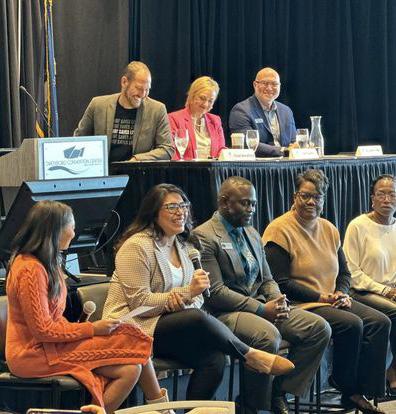
community leaders.” The “small group leads to lack of curiosity and lack of bigger picture thought processes that could lead to some wins down the road for us,” shared another. Some people believe that this reality has stymied the community’s ability to move forward. “We have not grown in 20 years. But leaders are so averse to change. ‘We’re just fine like we are’ is the impression I get,” said a resident. One more put the resistance in these terms: “If you’ve been in a place long enough, you have a sense of ownership. And along comes somebody and says, ‘We might need to change how we think about that ownership.’ That can produce fear and a sense of losing something.”
The community struggles to address root causes. “We work on a crisis by crisis basis rather than looking at the source of the problem and how we fix it,” a leader said. “We have a tendency to put labels on issues, rather than actually get down to the bottom of it and figure it out,” said a resident. Another added, “We just keep putting the band-aid on.” If the community wants to get to the heart of pressing issues, leaders and residents say work needs to be done differently. A leader explained, “People are working in their own little silos.” Another said, “We are fragmented in how we approach problems.”
One more expressed the need for “entities to work closer together and communicate better.”
“We work on a crisis by crisis basis rather than looking at the source of the problem and how we fix it.”
Community members have resigned to the status quo. Often feeling unheard and powerless, many residents have accepted the lack of change as an inevitable reality. In turn, people increasingly disengage. “I don’t see the changes happening. I don’t see the progress coming, so I’m not going to get involved,” said a resident. This was a common sentiment throughout resident and leader conversions. A leader said people ask, “Why should I get involved if it’s not going to make a difference anyway?” Another added, “There’s a feeling of helplessness that no matter what you say, nobody’s listening. Therefore, why try to say anything.” Low voter turnout in local elections is viewed by many as another sign of widespread “disillusionment” and “apathy.”
WHAT LIES BEHIND IT?
Greater Owensboro is relationshipbased. People across Greater Owensboro talk about how the community operates through
“connections” that form through “children, sports, church, work,” and more. All communities operate on relationships, but in Greater Owensboro, relationships drive everything—one’s place in the community tends to be determined by who you know and who you are connected to. A leader explained, “It is hard to be known in old Owensboro networks if you don’t have the right last name.” Another said, “Everybody knows your name for good or for bad. They know or they think they know who your family is, where you’re from, what type of person you are.” Many people have known each other for years;
people have “history” and sometimes “grudges” against each other. A high school student said, “Owensboro is divided into a bunch of different alliances, and who knows who, and who likes who.” Notably, “Connection is harder to make if you’re not from around here,” said a resident.
Faith helps and hinders the community. The community’s widespread commitment to faith is evidenced by most public and private meetings starting with a prayer. “Faith is very strong in this community, so the churches have a lot of sway. They’re
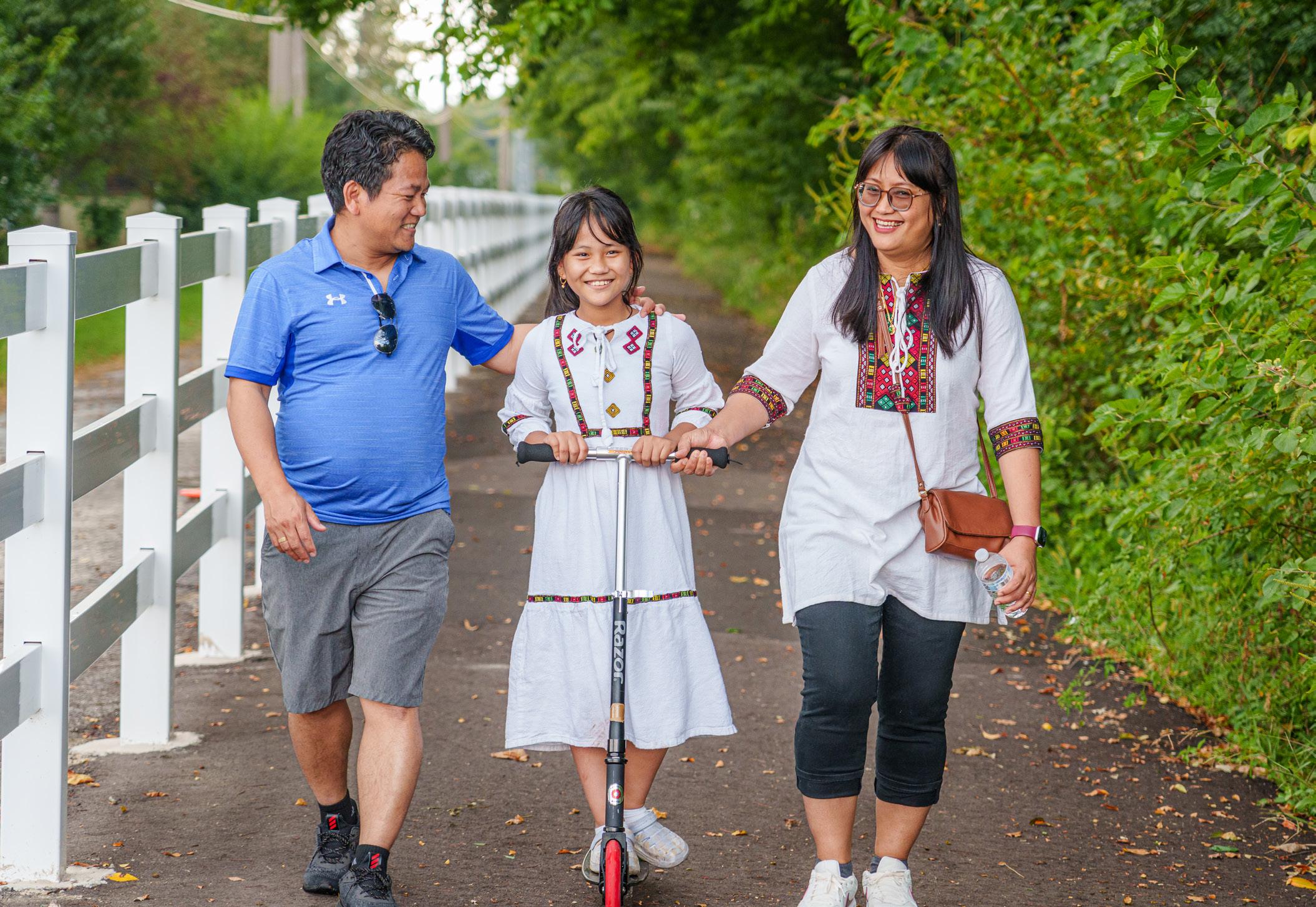
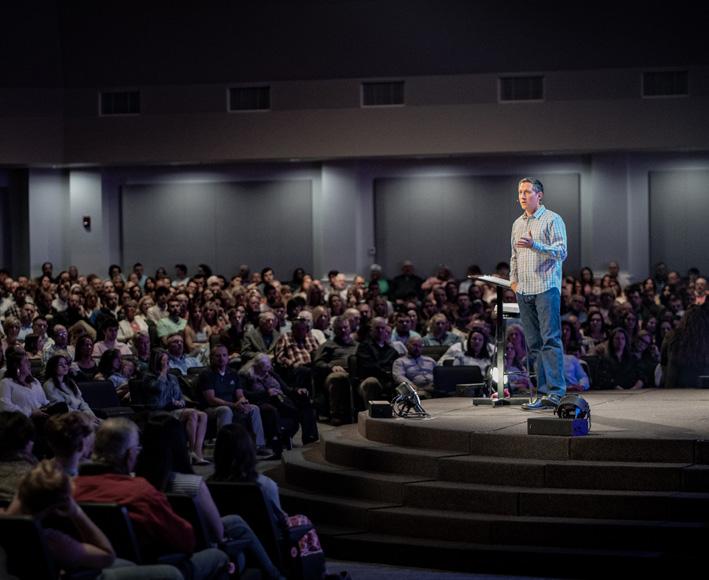
influential,” shared a leader. While faith is widely regarded as foundational to the community’s values, churches are also at times a source of “division” due to theological differences. One leader said churches are “notorious for not working together as much as they should.” Another added, “Our religious community can play a heavy role in the tenor of the conversation in ways that are frustrating.”
Hot-button issues take up space. In Greater Owensboro, “There are flareups around contentious issues,” said a resident. These incidents “roll up and people take sides and it gets ugly,” explained a leader. Widely mentioned recent flare-ups happened around content at the library and programming at the RiverPark Center. One leader lamented, “If you see us fighting about the library, who will want to come live, work, or move their headquarters here? You would think we’d be fighting about something bigger, more pressing.” A
resident said these hot-button topics “are taking out all of the oxygen in the room.” Consequently, “Moving forward is difficult because there’s too much noise,” said a leader.
People make assumptions about each other. Residents across the county noted a tendency for people to make judgements about each other quickly. “If you tell somebody where you live, they automatically make an assumption about you and know what they need to know about you,” said a resident. Other residents mentioned being judged based on appearances, stereotypes, faith, and background. One resident in recovery said, “I don’t think many people would listen to my ideas because of my background. I don’t believe I’d ever be put in that situation to voice my opinion.” Meanwhile, “People in power view the world from their point of view, and they don’t necessarily take the time to learn somebody else’s,” said a resident. Explaining why people should avoid making assumptions, one resident said, “You never know other people’s situations. You never know what people are going through.”
“Hot-button topics are taking out all of the oxygen in the room.”
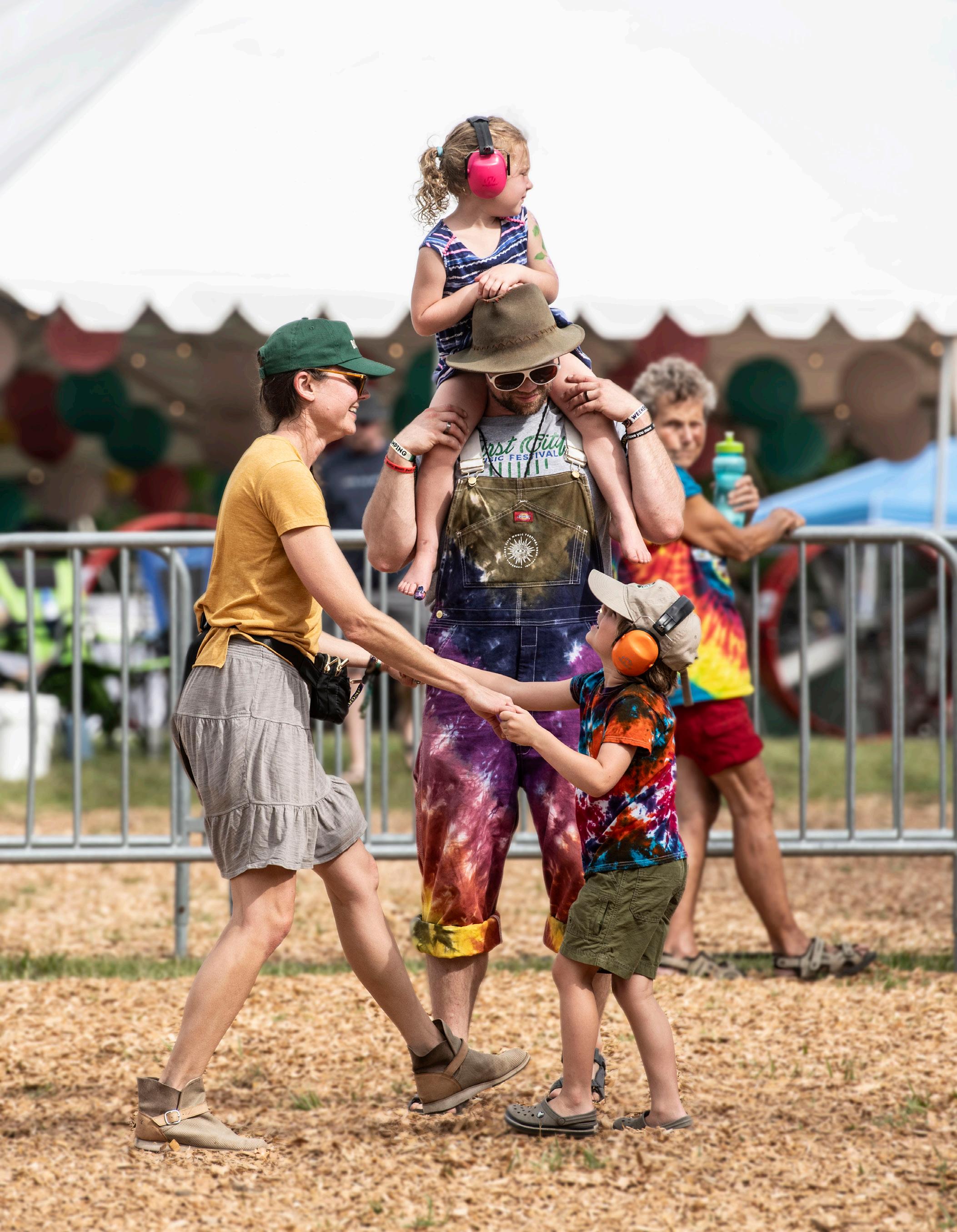
A Shared Purpose for the Community
A Shared Purpose for the Community— that sends an explicit message about the community’s aspirations and helps reinforce that everyone is headed toward a common goal.
WHAT’S GOING ON?
Greater Owensboro pride is strong.
“A lot of people are very proud to be from here and love it here,” said a resident. “There is a sense of community.” Another added, “We have a shared sense of love for Owensboro.”
Some take pride in the area’s iconic “bourbon, bluegrass, and barbecue,” which is the city’s slogan. Community pride also comes from church
“We have a shared sense of love for Owensboro.”
connections, cherished communitywide events, and the riverfront area. A leader said, “We’re a small river town that has embraced its heritage. We have really focused on what that riverfront really means and the vibrancy it can bring to our community.” Across the community, leaders and residents alike are proud of their home and want it to be stronger. When asked what they want for the future, a refugee resident said, “A strong Owensboro.”
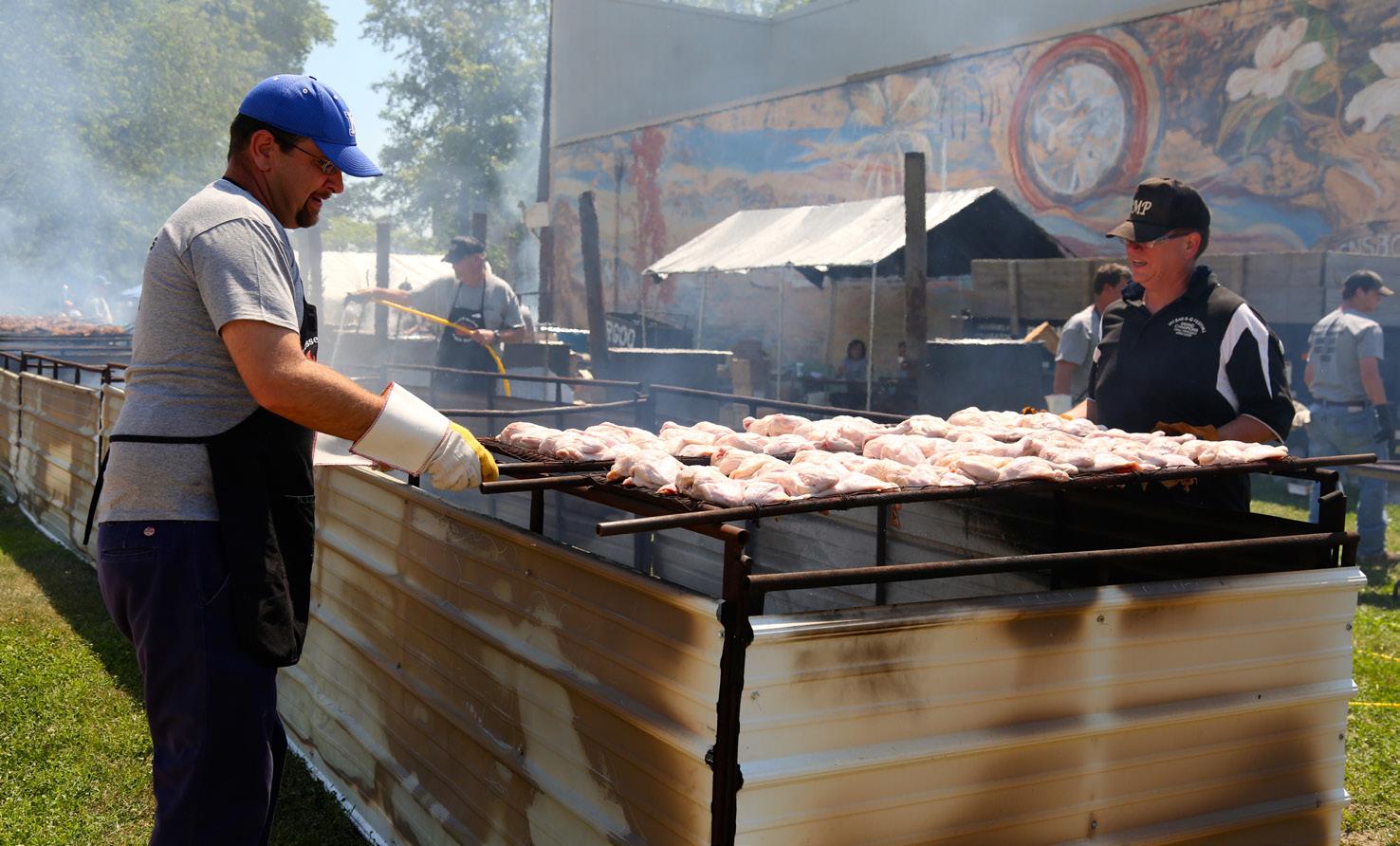
Commonly-shared values include faith, family, and hard work. “The majority of the people share a common value system,” said a resident. “This is an incredibly family-oriented town,” explained another. “People care about one another and generally want good for the community.” One more resident said, “Owensboro is a religious community. The set of values is shared.” Beyond Owensboro “continuing to be a good place for families to live,” many residents emphasized the importance of hard work and opportunity. “People want the community to produce good jobs for the next generation,” a resident shared.
The community is not yet on the same page for moving forward. “Everybody’s view of what moving forward looks like is different,” said a resident. Some residents say the disconnect is with leadership. One said, “The people have shared common goals, but that doesn’t get translated into action by officials tasked to make that happen.” Leaders explain that “competition” makes it difficult for the community to get on the same page. One said, “We need a more centralized effort, more central belonging. The competition comes out and pulls leaders in a lot of different directions.” Another leader explained the need for people to find ways to work together. “If there was more visible cooperation and less combativeness, I just think that that would set the tone,” they said.
People believe Owensboro can work together to make progress. “We can collectively start working as one to come up with solutions and make strides,” said a resident. “I feel like there’s hope for Owensboro to get better.” People across Greater Owensboro believe the community has great potential. A resident shared, “We all know that this community can be better and do better for everybody in it.” While many residents and leaders are frustrated by the current state of the community, many people believe real progress is possible by coming together. “When the citizens and leaders of Owensboro come together and are truly inclusive, you will see change. You will start to see innovations that are beneficial to everyone,” a resident said. Another added, “If we get together, get involved, each do what we can, and put our words into actions, then we’ll see things start happening.”
“When the citizens and leaders of Owensboro come together and are truly inclusive, you will see change. You will start to see innovations that are beneficial to everyone.”
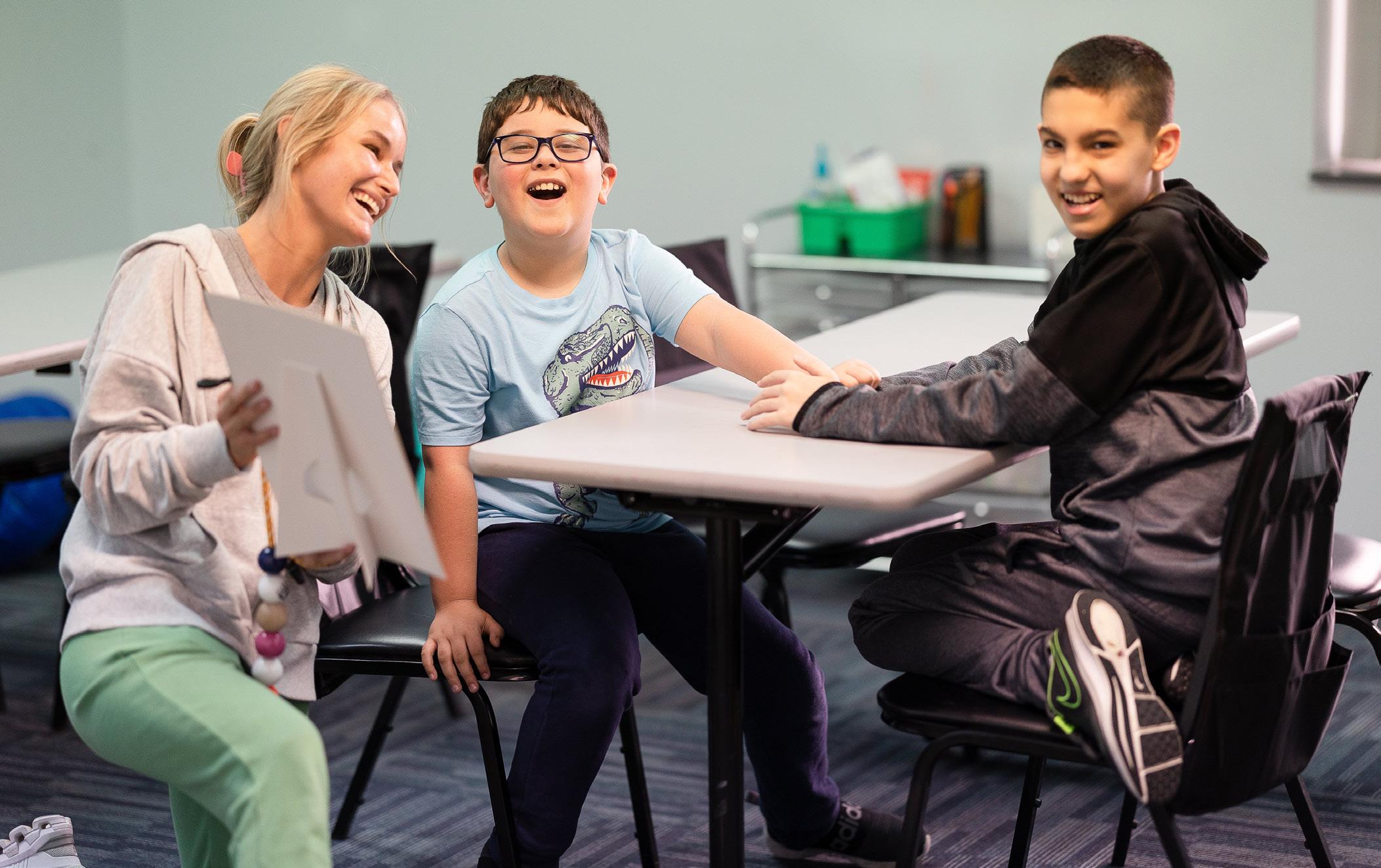
People are ready to rally around supporting youth. “We all want life to be better for our families, for our kids,” said a resident. Another said, “We only want the best for our children, the future leaders.” Supporting youth came up as a rallying point across Greater Owensboro. People expressed a desire to ensure kids have “mental health resources” and “opportunities in the community.” A high school student indicated that support from the community would empower youth to strengthen the area. They said, “More people would want to stay if we figure out ways to deal with our own ideas and sense of community, and can build a better community for ourselves.”
Another suggested “more opportunities, whether it be through summer programs or job fairs.” For young people who want to leave and return, residents widely agree that there need to be “more opportunities to make a good living.”
WHAT LIES BEHIND IT?
People are uneasy about the community’s future. Various residents said plainly, “I’m nervous about our future.” The community is worried about the various community challenges mentioned previously in the report and whether the community will come together to deal with them. Others are
worried about strained relationships between different parts of the community and between generations. “There’s this disconnect with the older and younger generation,” a resident said. “We need to not vilify each other and push each other away.” Further, some people feel like Owensboro lacks a shared vision for the future. A resident said, “I think we’re in an identity crisis right now. Do we want to be a sports town, agricultural town, a manufacturing town, a healthcare town? We’ve got people pulling from every direction. We’re losing our grip on our identity.”
National political divisiveness has seeped into the community. “National issues are coming to our small town. We’re getting more divisive,” a leader
said. “When I first came here, I didn’t see so much ‘this group versus that’ in the papers. You’re seeing that and it’s getting bigger.” A resident added, “The national agenda in the past several years has made everybody take sides and close the lines of communication. It has been destructive. We need to draw people together without a political agenda.” People say that because of the influence of national politics, the community struggles to “come together for the good instead of voicing what’s not good or protesting against something. We need to come together behind something that we can agree on for unity purposes.” In the same vein, another resident said, “Compromise and respectful disagreements need to be found again.”
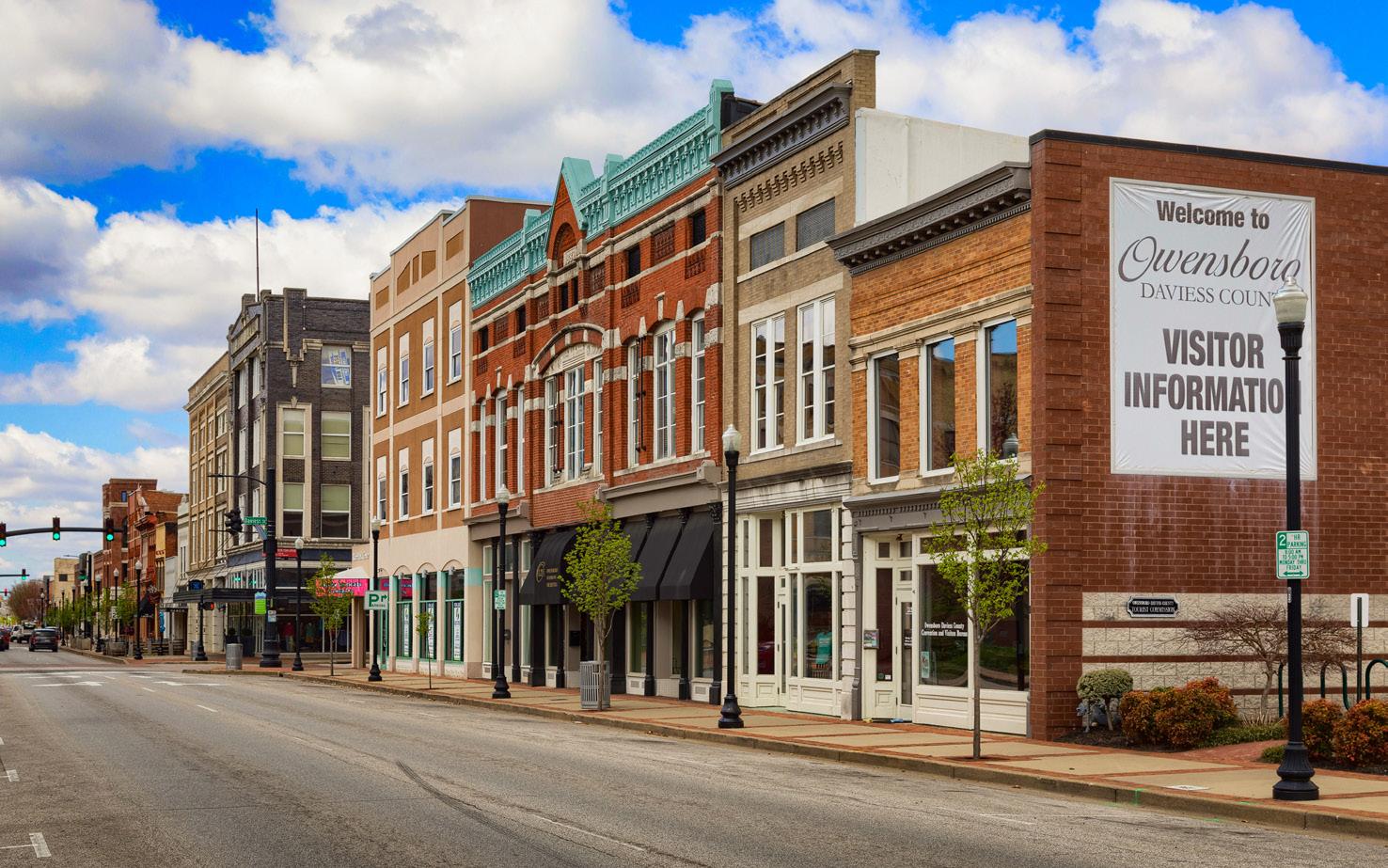
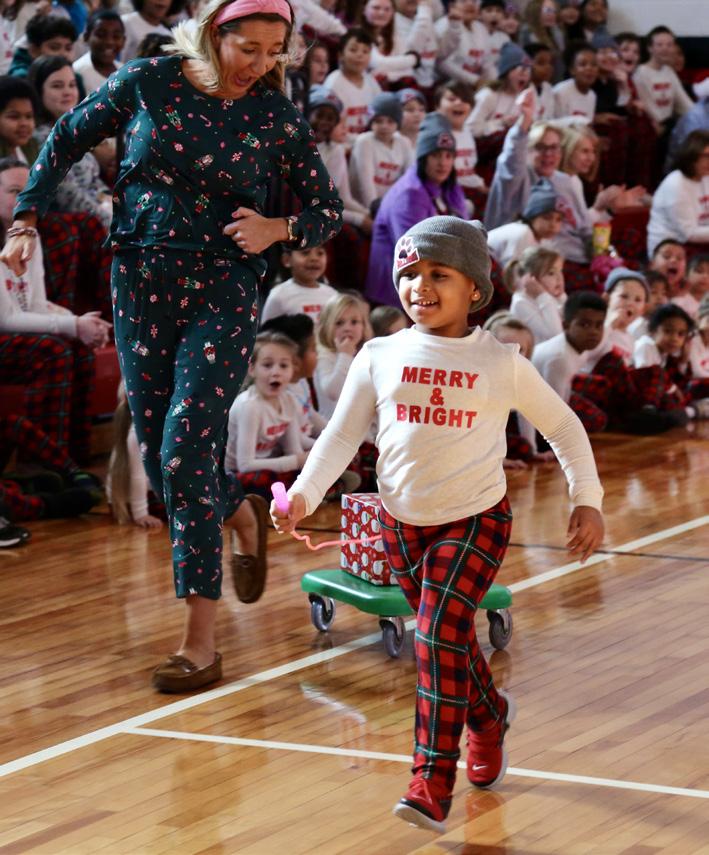
People struggle to work together across lines of difference. During disagreement in Greater Owensboro, “Both sides are so sure that they are right and they are on the side of good. And the other side is just flat evil. And I cannot work with these people. I will not work with them. Owensboro used to be better at tackling the division and a lot of these issues, but we’re pulling apart from each other, and it’s causing us to regress.” A leader said, “People don’t want to have conversations anymore. People don’t want to see the other side of the perspective. They just want their own.” While some people contribute to raising the temperature, others disengage because “some people feel like if they stand up, they are going to be attacked,” shared a resident. Many leaders and residents mention “divides”
that the community is struggling to work across. One resident said, “There’s this divide of tradition and ‘we want to do something new.’” Importantly, the resident then said: “I think both [perspectives] are incredibly instrumental for growth.”
An open question: Do we have the will to work together? A leader said, “People with backgrounds, different perspectives, different ideas need to come together without an agenda. We can throw the problems on the table, see what we could do, and be proactive.” Importantly, the leader emphasized the need to go beyond discussion and work across differences. “I realize the value of talking and sharing, but at the end of the day, you need to be active and try to make the difference.” Pondering the community’s will, a resident said, “We are all going to have things that rub us the wrong way or feel uncomfortable. But what is more important—our personal conviction, or coming together as a community?”
“What is more important—our personal conviction, or coming together as a community?”
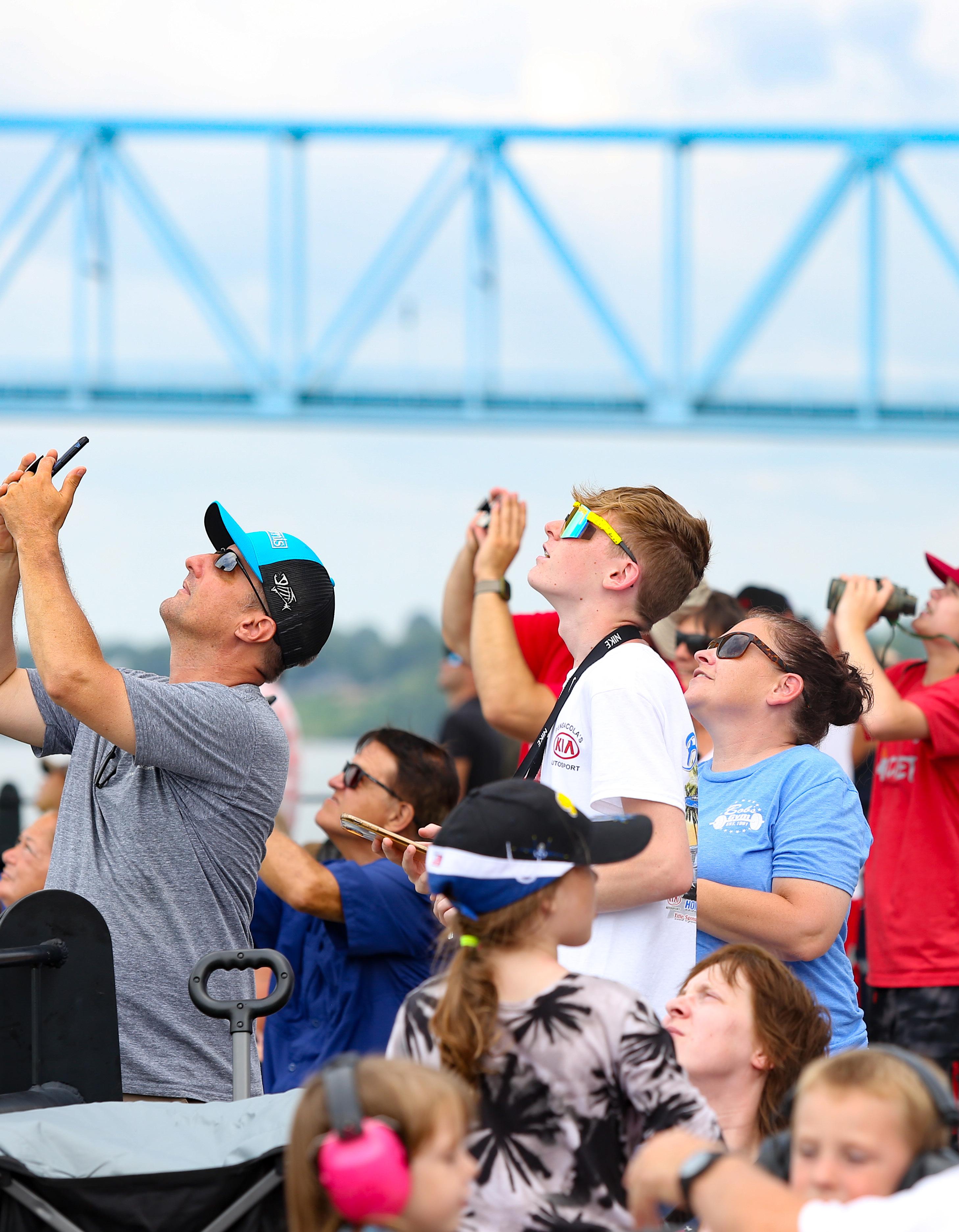
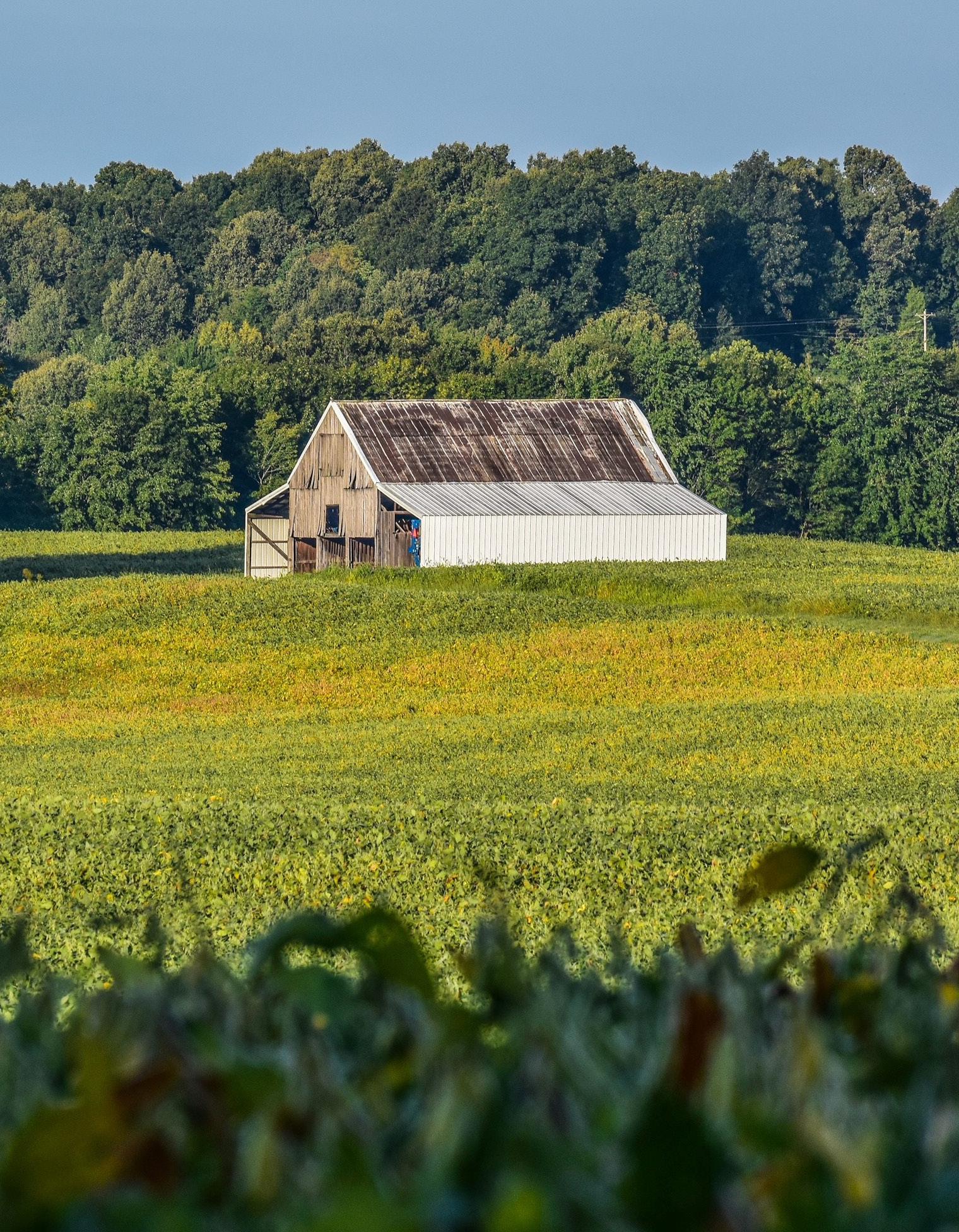
Building the Community’s Civic Strength
Building a Better Owensboro is about how Greater Owensboro can come together around a shared purpose and cultivate a sense of authentic hope for a better future. But let’s be clear: There’s a difference between false hope and authentic hope. False hope is rooted in wishful thinking and setting unrealistic expectations that fail to deliver results. Authentic hope is created when people see real action on issues that matter to them. As people work together and see meaningful progress, civic faith is renewed and positive narratives begin to take root, grow, and spread.
In order to build a better community, Greater Owensboro must grow its civic capacities and pay attention to how change happens. This section outlines critical levers for accomplishing each. Doing one without the other will continue to fracture the community and challenges will mount. Mistrust will deepen and calcify. Hope for a better future will diminish.
If Greater Owensboro is really going to break out and build a better future for all, the community must create a new trajectory of hope. That starts with growing civic capacities and paying attention to how change happens.
In order to build a better community, Greater Owensboro must grow its civic capacities and pay attention to how change happens.
Growing Civic Capacities
Greater Owensboro must grow its civic capacities in order to get on a more hopeful, productive path. Absent this necessary work, the community will remain in cycles of band-aid solutions, competing forces, tension, and mistrust. Greater Owensboro’s civic capacities cannot be grown by one entity; no single organization, leader, or group can do all the work on their own. Nor is simply launching new or expanding existing strategies, initiatives, and programs the answer. Communities need civic capabilities to effectively move forward. Nothing can replace these.
Absent this necessary work, the community will remain in cycles of band-aid solutions, competing forces, tension, and mistrust.
The good news is that building the community’s civic strength is actionable, doable, and achievable. The people of Greater Owensboro must:
– Create ways for people to see and hear each other. Throughout this report, residents said they are unseen and unheard. They told us that people are separating and living apart from each other. And they said many leaders fail to regularly engage residents. The result is that many
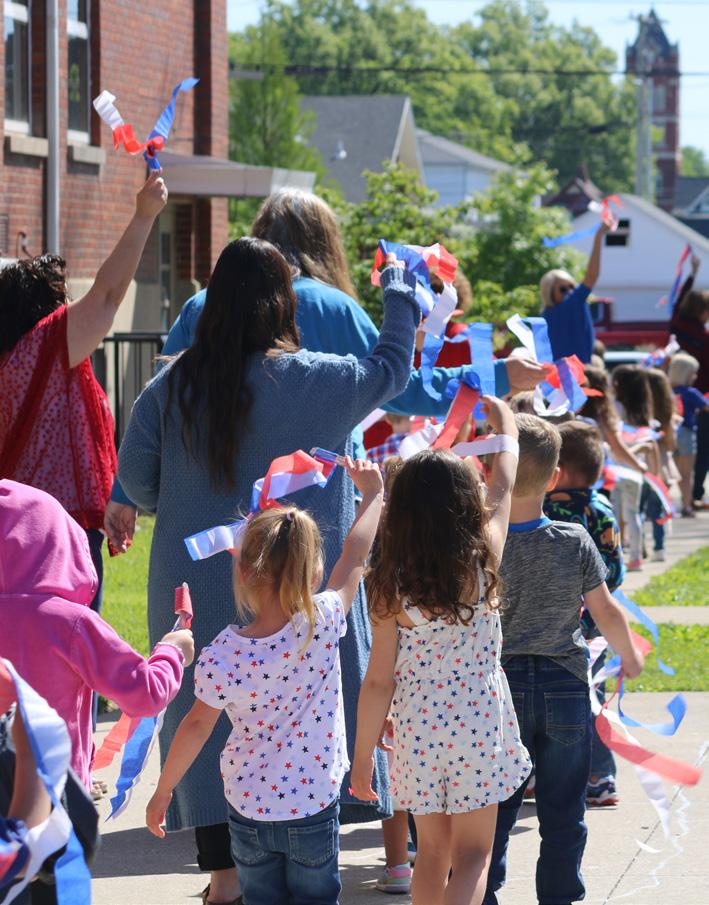
residents have disengaged from public life. To build its civic strength, Greater Owensboro must develop ways for people to see and hear each other and for people to feel heard. This give and take allows people to build relationships, even amid real differences. Such engagement cannot be a one-time thing. Instead, leaders and residents must develop an ongoing ethic of creating space to engage, listening authentically to one another, working through hard issues, and finding common ground so that shared action can be taken.
– Focus on shared aspirations and community assets. People across the community are discouraged by a lack of progress on important issues. Part of the problem is that much of Greater Owensboro’s existing engagement takes place around hot-button topics that force people to take sides.
In turn, the loudest, most divisive voices are dominating the public square. To move forward, community discussion must be reframed to focus on people’s shared aspirations and the community’s assets. Only then
will the community find ways to build together, while crowding out the divisive, hot-button topics that now dominate. Maintaining a focus on shared aspirations and community assets will enable people to rediscover what they hold in common, rebuild relationships, and recommit themselves to building on the good that exists here.
– Strengthen norms for working together. People across the community name pressing issues that the community needs to address. Yet today, people describe Greater Owensboro as struggling to take action on the underlying causes due to fragmentation, organizations and groups that work in silos, and an avoidance of hard conversations. New norms of working together must be developed that focus on building strong working relationships, figuring out how to work together, creating
the right space for having hard conversations, and building new ways to take shared action.
– Cultivate leaders who are turned outward . Greater Owensboro needs more leaders who have the community in their line of sight, who are focused on the shared aspirations and concerns of all residents, and who take into account the different views of people in their decisionmaking. Today, more leaders with this orientation are needed. Mistrust, division, and frustration fester when communities do not have enough leaders who are turned outward. Greater Owensboro must cultivate existing leaders and develop new ones who hold a mindset of being turned outward toward the community and each other.
– Build more catalytic, boundaryspanning groups. Numerous organizations, churches, and groups provide critical support services to
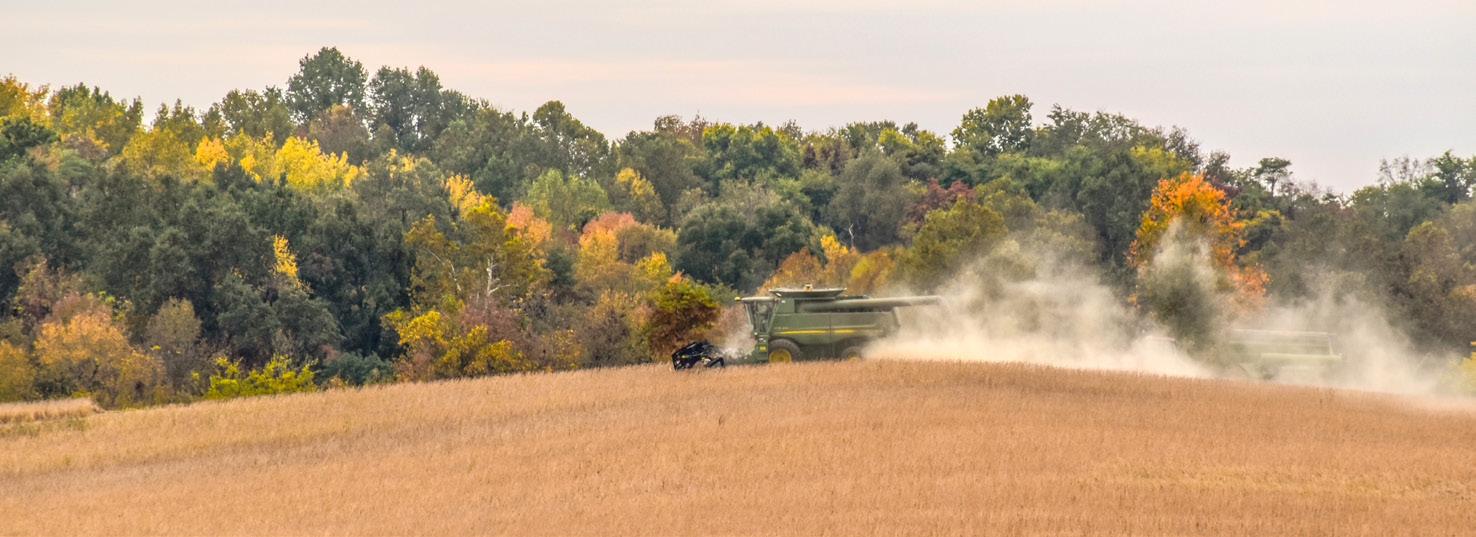
Greater Owensboro. They should be lauded and their work should be supported. So too should the handful of organizations that are laying the foundation for broader community action. Yet leaders and residents both report that existing organizations and groups are not doing enough to spur discussions on community challenges, marshal shared resources, and catalyze action on community challenges. All communities need catalytic groups that spark engagement, collaboration, and innovation. Greater Owensboro is no exception. This is a critical area for development.
– Discover shared purpose. People across Greater Owensboro were quick to name what they love about the community. And people across the community have shared aspirations: a supportive community, ample opportunities for youth, action on pressing issues, and stronger ways of working together. Yet the community struggles to come together and act with shared purpose. It’s not enough to create new programs, initiatives, and strategies; the community must actively work to discover and create a greater sense of shared purpose. This requires being intentional about the ways in which people come together, work through hard issues, figure out a path forward, and take shared action.
How Change Happens
Communities that are in danger of stagnating must find ways to create a new trajectory of hope, with growing momentum and ever-expanding civic confidence. Coming together to take actionable, doable, and achievable steps forward is critical. Then, it is possible to unleash a chain reaction of actions and ripple effects that grows over time and spreads like a positive contagion. Through these actions, shared purpose emerges.
Make no mistake: None of this happens all at once and there is no magic, comprehensive plan. Change happens only over time. Here are some guideposts for how change can happen as Owensboro seeks to move forward.
– Focus on areas that are ripe for making progress. When communities face stagnation, they often seek to
Communities that are in danger of stagnating must find ways to create a new trajectory of hope, with growing momentum and ever-expanding civic confidence.
solve the biggest, most complex issues through comprehensive plans. Yet at this stage, what is most critical is building civic confidence that addressing people’s concerns is possible and that people can work together productively. Thus, efforts should focus on issues that are ripe for action, where the possibility—indeed the probability— for forward movement is high. This can include hard, critical issues—such as homelessness, drug addiction, violence, youth support, and job opportunities—but the initial emphasis must be placed on creating wins. Starting too big, or taking on too much, will cause efforts to collapse under their own weight. As noted throughout this report, actions are already being taken in Greater Owensboro that can, and should, serve as a foundation for making real progress.
– Prioritize demonstrating concrete action, however small. Residents in Greater Owensboro don’t believe that the issues they care about most will be addressed by leaders. Nor do they believe leaders are listening to their concerns in the first place. Taking real, concrete actions that address residents’ concerns are a down payment on creating a new trajectory of hope. It is also a requirement for generating lasting trust. For now, such actions can be small. What
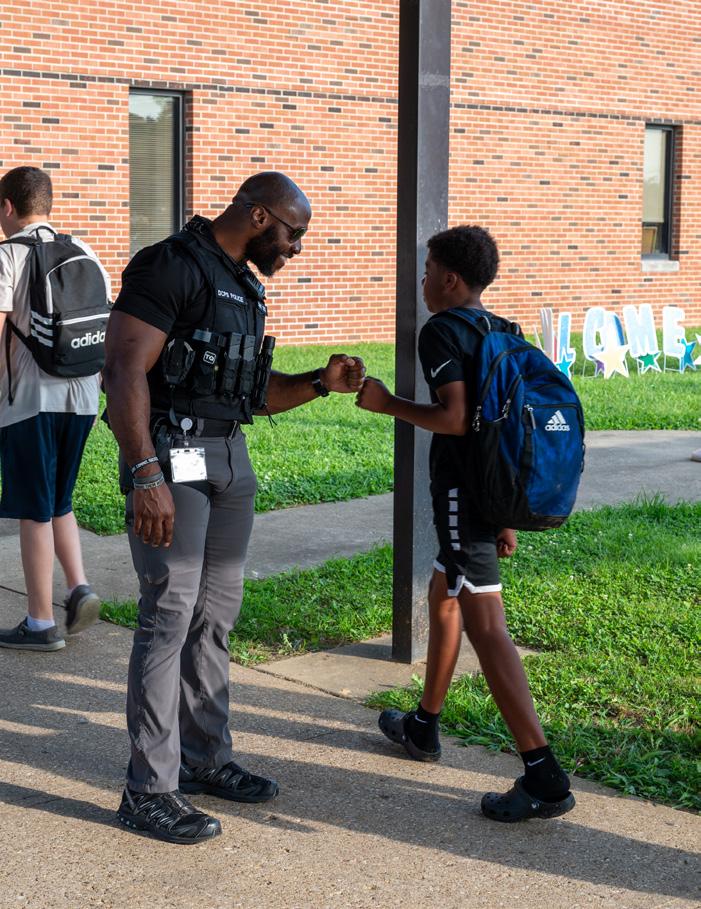
matters most is that action occurs and that additional actions grow from there. This will demand disciplined, vigilant follow-up from conversations and meetings. Silence only confirms people’s mistrust.
– Build together, not apart. People develop trust and a sense of possibility when they come together to build things. Building together can take many forms—from developing and implementing efforts to address common problems to coming together with others to meet the basic needs of the community. But make no mistake: Building together is not about simply activating more volunteerism. It is about forging new, common efforts that go beyond one-off service projects to deeply
address ongoing issues that matter to people. To take effective action and strengthen civic culture, people will need to bridge divides and build a culture of shared responsibility. This effort should begin with those who are ready and willing to engage and grow through a series of intentional steps. At each turn, people must be open to discovering new partners and contributors who want to be a part of moving forward in Greater Owensboro. Building together is critical. Nothing replaces discovering the innate capabilities and shared humanity of other people.
– Make the invisible visible. Civic confidence and belief grows from people seeing that progress is possible. But far too often, the progress that is being made remains invisible to the wider community. Sometimes it is even obscured from those who are helping to create the progress. Making the invisible visible enables people to see that progress is possible and that it’s happening. Doing this requires intentional efforts to identify where progress is already happening in Greater Owensboro and where new actions are being taken. Then, it means lifting up and spreading those stories, which begin to generate a new narrative in the community. One caution: Overstating results or glossing over challenges will undermine authentic hope.
– Be prepared for resistance and actively work through tension. Making progress will not magically eliminate division or satisfy everyone who is resistant to change in Greater Owensboro or who holds firm to some other pre-existing position. In fact, making progress might even intensify disagreement in the short-term. Those who seek to come together and move Greater Owensboro forward with the community at the forefront must prepare themselves for such resistance. Tension must be named, addressed and worked through, even though full consensus is not the goal. The work ahead is difficult. Finding allies for support and persevering through resistance are both imperative.
It’s Time
Greater Owensboro finds itself at a critical moment in its history. The investments highlighted here are key to its future. Simply staying on the current path, where people fear the community is stagnating and where many residents feel left out, will only deepen mistrust and division. But Greater Owensboro can choose an alternate path, one that creates a new trajectory of hope.
Choosing this alternate path means authentically engaging with people to discover what matters to them and taking real action on those issues. It’s time to build a better Owensboro.
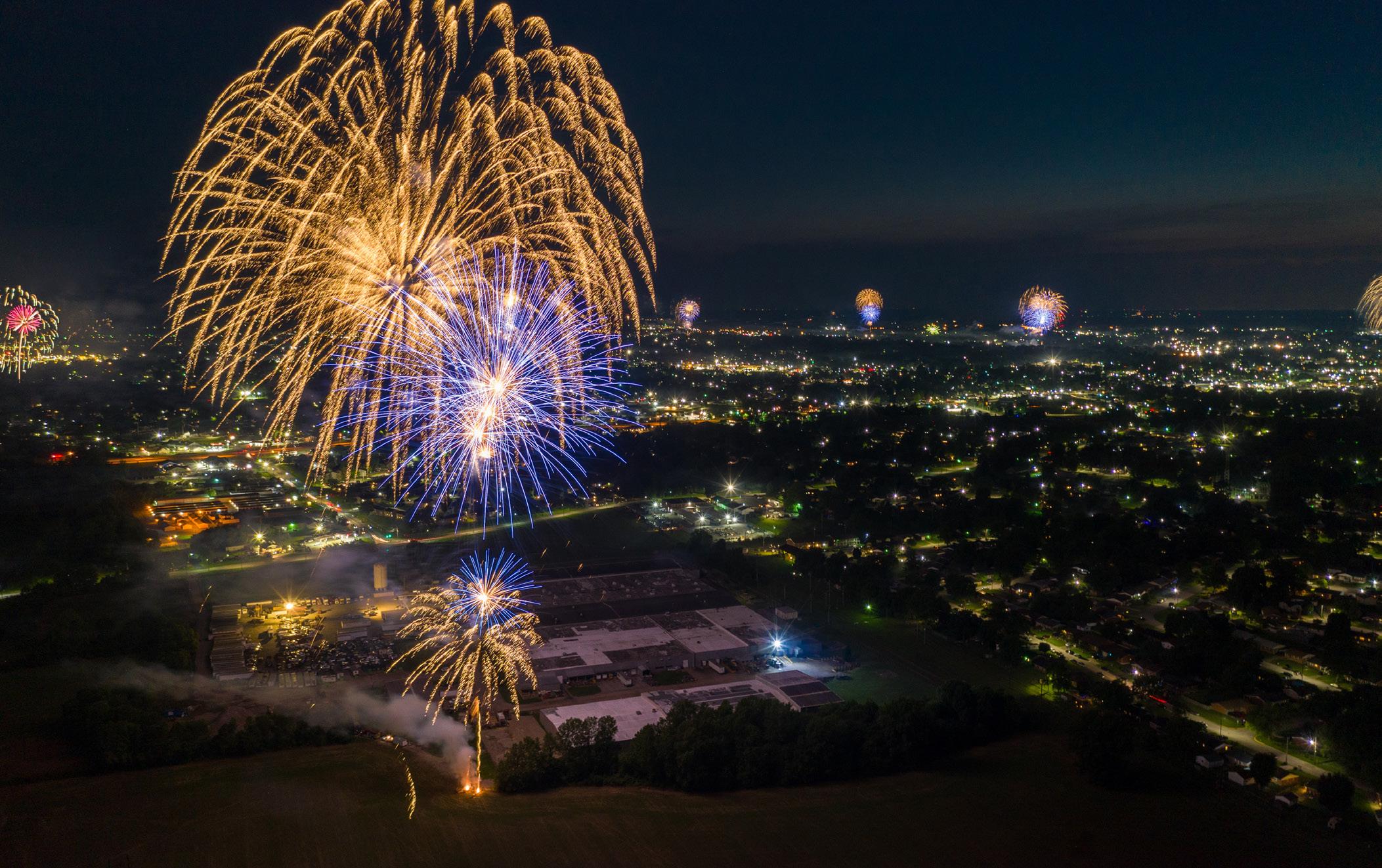
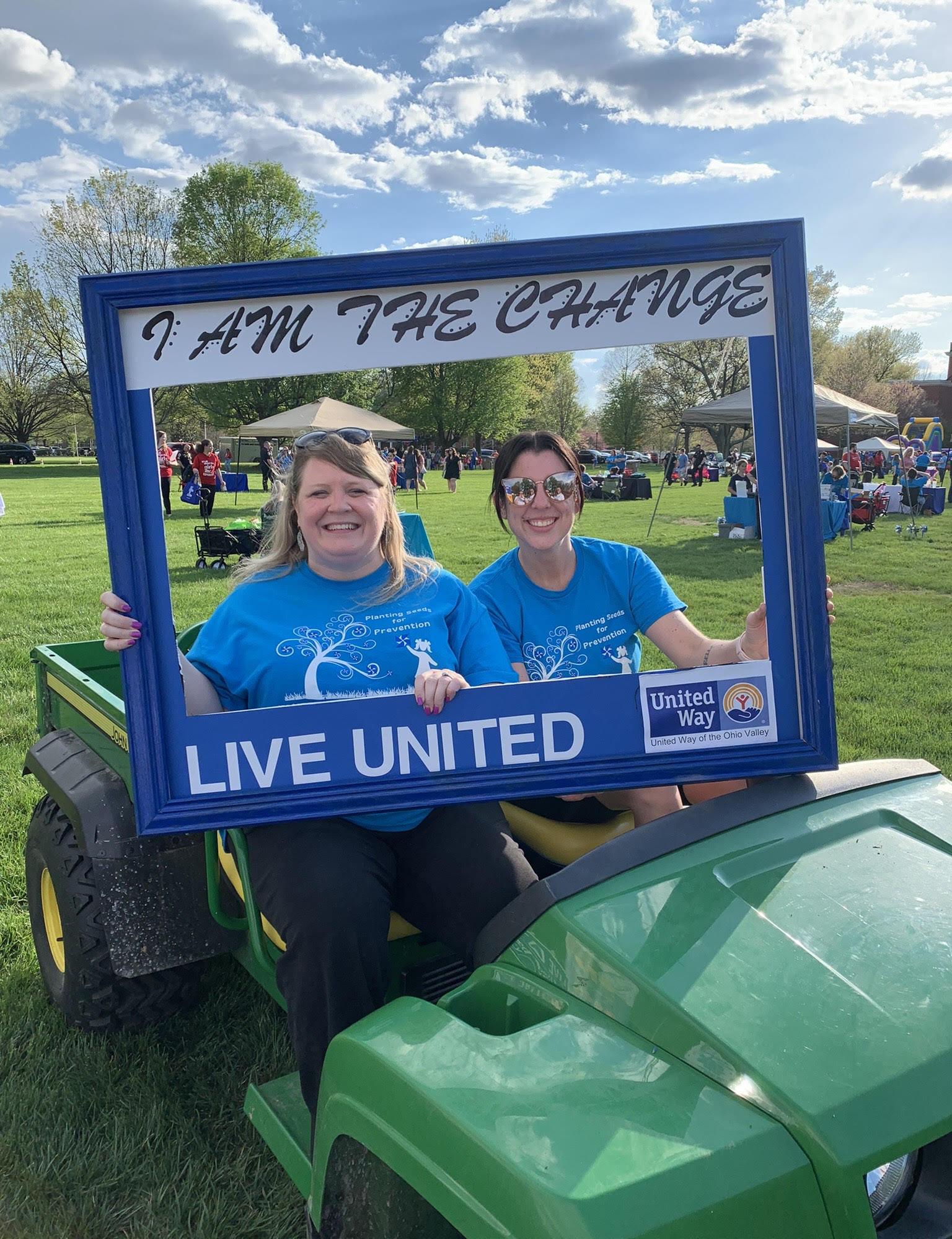
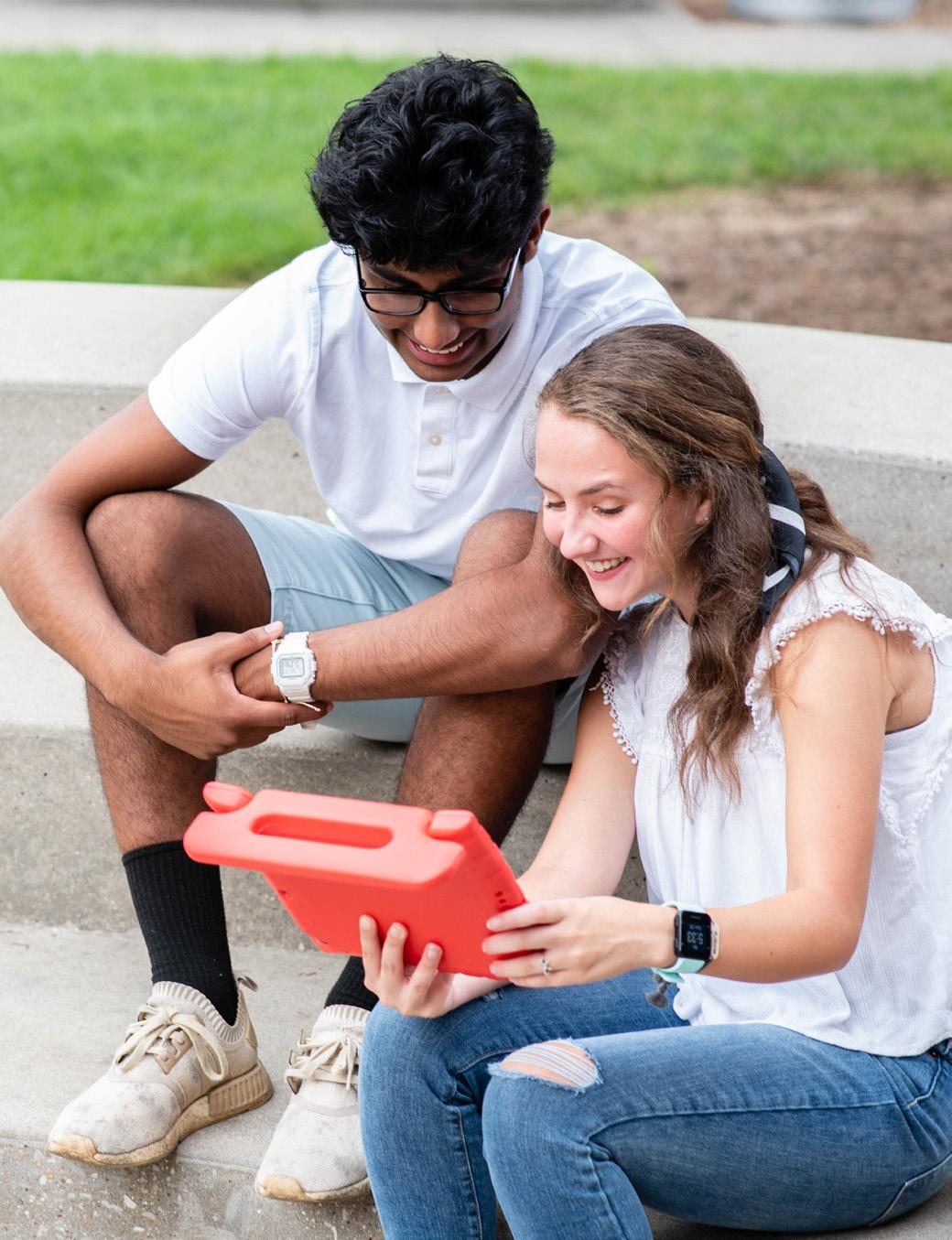 © The Harwood Institute/Greater Owensboro Leadership Institute
© The Harwood Institute/Greater Owensboro Leadership Institute

